-
Posts
512 -
Joined
-
Last visited
Content Type
Profiles
Forums
Gallery
Events
Posts posted by Dziadeczek
-
-
-
I have the same as you.
- mtaylor, Keithbrad80 and thibaultron
-
 3
3
-
-
-
- Bob Cleek, Ryland Craze, Canute and 4 others
-
 7
7
-
-
On 10/20/2020 at 10:48 AM, pilidk said:
Hi Thomas Dziadeczek
If you could find her contact, I will be very grateful

Best regards
Jean-Philippe
Here is an email address I got earlier today from a friend in Canada for Wendy in Australia, (he uses her sewing skills for his models and swears by her).
He also took the trouble to inform her that you would be inquiring about the sail set for your model. So, I think she will be expecting your email soon and you both can discuss the particulars.
Regards,
Thomas
-
In the good old days of the Seaway's Ships in Scale forum, there was a woman called Wendy from Australia, who used to take custom orders for making sails for models. I don't know her personally and never ordered anything from her, but supposedly her sails were excellent.
If you are interested, I could get you in touch with someone who got her sails, and find out if she is still active.
Thomas
-
Thank you all for your input. After some thinking, I decided to go with a silver-enriched solder wire I obtained long time ago from Home Depot. I don't think it is called Stay Brite, but I forgot its exact name.
I remember that it can be applied either with a soldering gun or with a torch and it is significantly stronger than regular 50-50 or 60-40 wire. I have a tiny soldering pen that gives me a lot more control than a mini torch, so I've been able to resolder those broken joints with this wire and give it a bit thicker joint (previously I was filing off extra thickness of solder to make it as thin as the brass rings. That turned out to be too thin and week).
The joints will be covered with a rubbing pounch anyway, so they will be invisible.
The solder joints don't get as black as the brass with Birchwood Casey, so I use just for these spots a different blackener - used for stained glass work, which seems to work there somewhat better.
Thanks again Everybody!!! 🙂
- Roger Pellett, mtaylor and Canute
-
 3
3
-
Hi,
I need help with the silver soldering of small brass parts. I am trying to make brass reinforcing rings for the masts of my 74 gun ship model. I prepared (cut) thin strips from a brass sheet and soon after I solder both ends together to close a ring, frequently they spontaneously break apart. I need a stronger medium.
I tried to silver solder them, but every time I try to heat them, the flame from my torch immediately blows the tiny sliver of silver away from the place i put it, even before it gets melted.
How do I keep it there?
-
Andrew Kudin is showing it here: https://modelshipworld.com/topic/20825-le-fleuron-1729-by-kudin-148-scale-kudin-andrey-youtube/page/5/?tab=comments#comment-753014 Except, his is making them from pear wood, as I understand.
- mtaylor and HardeeHarHar
-
 2
2
-
I don't know, what the "general consensus" is on the treenail topic, so I will post my own opinion here.
It all depends on the scale of your model - the smaller the model, the smaller and less visible the treenails should be. Perhaps no treenails at all, since they were practically invisible from ~15, 20 ft. on a full size ship. Calculate, what 15 feet would be in your scale and try to reproduce the same on your model.
If your model is in the scale 1:64 and you want to show them, but at the same time you are concerned about overdoing it (don't want your model to look like it has measles), you can do it, using the same wood you used for planking (boxwood). End on, it will be a bit darker than your planks, especially after you oil it. You can entertain the idea of cutting your treenails with a special treenail cutter from Vanda Lay Ind. here: https://www.vanda-layindustries.com/html/treenail_maker.html I have this gadget for many years - it works well with many species of hardwood, will work with boxwood as well, but not so well with bamboo (too fibrotic for this cutter). If you want to use bamboo skewers, go with Jim Byrnes draw plate (he is a member here). The process of drawing treenails from bamboo through his plate is a bit tedious and bamboo tends to break while you push it through, so go easy - after a few trials you'll figure out the mechanics, pulling steady, no yanking, just steady pull, gently grasping the skewer with tongs or pliers. Andrew Kudin is showing it here: https://modelshipworld.com/topic/20825-le-fleuron-1729-by-kudin-148-scale-kudin-andrey-youtube/page/5/?tab=comments#comment-753014
If that scares you too much, I would recommend just marking your treenails with a cut off sharp end of your medical needle. with a gentle circular motion. Just enough to make a mark of a tiny circle - after you oil the hull, those circles will be a bit more accentuated, just enough to show them. You don't want to show them too much, or make them too large, so figure out before how big they shoul be in your scale.
If you are the beginner, I would in fact recommend you to do just this. Less work, less chances to mess it up, and the end result may be the best.
Happy modeling!
Thomas
-
As far as I understand, some kits are designed for double planking, especially intended for beginners, with the idea to learn how to plank on the first layer and do the second layer properly. But, if you do the first layer properly (observing spiling and shaping of your planks) it will look beautifully, so there will be no purpose for the second layer to cover up mistakes. If however, you don't properly spill and shape the first layer, you won't learn the process and repeat it with the second layer also. What's the point?
If you read and understand the process, you should be able to do it properly. Don't get too intimidated, the explaining it in words is harder than actually doing it.
I too was anxious before my first attempt on planking, but plunged in it, and it turned out OK.
Use a good pair of proportional dividers, or paper strip technique, be precise in measurements, check everything twice before cutting and glueing and you should be fine!
I too recommend reading those tutorials here, but perhaps also a brochure "Planking the build up ship models" by the late Jim Roberts. In fact, I learnt the process based on this brochure, before the time the above mentioned tutorials first appeared on the MSW website.
-
You might obtain ebony in exotic hardwoods outlets, if you are lucky. It is harder and harder to locate it though. Also, it is stinky expensive!
I once managed to find it in my local exotic hardware lumber yard (this place doesn't exist anymore), but luckily I then snatched two quite large boards of it. I still have most of it and use it very carefully and sparingly. It is a very dense and heavy wood.
Ebony also is difficult to work with, it is very stiff, springly and hard to bend. Some people are allergic to its dust, so wear a face mask while cutting it and sanding it. Other than that, it is quite similar to boxwood as far as its texture. It cuts, carves and turns nicely, leaves a sharp edge and glues well.
I once used it for some railings and decorative ornate elements on my French 74 guns. I also turned some deadeyes from it. But for triple wales on my Frenchie I used cherry instead. Cherry heat bends much better than ebony. After preshaping the wales and glueing them onto the frames, I stained them with ebony stain by Varathane. When looking at them and comparing with genuine ebony railings and other details, the wales are virtually indistinguishable as far as color and texture.
I am not sure about other ebony stains from different manufacturers, like Minwax and such... It is therefore always a good idea to first test them on a piece of scrap hardwood and see if it meets your expectations.
So, as far as making some details from ebony, that don't have to be bent too much, it is a nice wood to work with, but if you have to significantly bend ebony strips, use other hardwoods instead and stain them, rather than struggling with ebony, provided that you can first locate it locally in your area.
Regards,
Thomas
-
I place a drop of PVA white glue, or Titebond glue on top of my index finger and run the edge of a plank along it, making sure it gets just barely enough glue on its entire length. Any excess can be wiped off, if necessary, by repeating the above.
If some small amount of glue still oozes out from the joint, I wipe it off with a wet rug. Generally it is enough to be able later on to apply a layer of oil or stain. If however there are some small spots where oil/stain did not penetrate, I take an edge of a small chisel or a one sided (industrial) razor blade and carefully scrape off this area to the bare wood.
- Rik Thistle, Bossman, BobG and 2 others
-
 5
5
-
-
I just received a large spool of Irish Barbour's linen thread (expensive!), from England:
My order for this item was placed about a month ago and supposedly sent to me from London right after. But since I wasn't receiving anything, for some time already I started to suspect, that my ordered parcel was stuck somewhere in my "end of the road".
All of a sudden they officially anounced yesterday and reported locally, that one of our mail men dumped the entire contents of his US Mail truck onto a remote parking lot instead of troubling himself to properly deliver the mail to its recipients.
(I don't think I need to describe here my feelings about the qualities of recent mail deliveries and was ready to write an appropriate message to the sender). If someone instead just dumped this spool in the ocean, it would float freely and reach me on this side of the Pond sooner than the air mail service between these two countries... But, it finally arrived here ..!

Never mind the above... What I wanted to write is that I have never seen anything so beautiful in my life! All my previous experiences with linen thread were less than satisfactory (to say it mildly). This however is a different story. The thread is nr. 35, quite thin, so one can twist various thicknesses of ropes from it. It is a right handed twist, so you can make a left handed rope from it, or using your left handed ropes, twist subsequently a thicker right handed one on your ropewalk. It has a very uniform structure, no bumps or lumps of any sort. It is slightly stiffer than a good quality cotton, which in turn is a bit stiffer than silk (I have some surgical silk - marvellous stuff to make ropes from!). My new linen thread is of white/egg shell color, so I will have to stain my ropes in various colors. This spool is quite large, - a life time supply of linen for a modeler like me! Supposedly it is antique, made sometime in the 1950ties.
I am, God forbid, not trying to advertise this particular business on this forum, just to encourage everyone to try a good linen thread for your ropes.
Soon I will try to twist some ropes from it and see how it goes...

Regards,
Thomas
Edited by Moderator to remove Political Comment.
-
Don't know much about whaling but I found this one online. Perhaps it will be helpful for your project.
I would be careful with bleaching the rope - if it is made from natural fibres, you might damage it and make it brittle. Test it on a short piece before.
As for the color, I would think that the brand new rope would be light colored, anything older would be progressively darker...
-
- Archi, Harvey Golden, BobG and 6 others
-
 9
9
-
2 hours ago, aaronc said:
Thanks for the pics,...love the added ones as well. That Marples fella musta been something else...I've ran into his name a few times the last day or two here browsing. I'm going to spend some time later this evening doing some internet digging on him. - Aaron
Here is some museum info on him.
- Ryland Craze, mtaylor, Duanelaker and 1 other
-
 4
4
-
-
Sorry for this omission - I corrected it plus added some more pics from one of my earlier visits...
Regards,
Thomas
- mtaylor, Duanelaker, ferretmary1 and 2 others
-
 5
5
-
I uploaded a handful of pics from that museum, I took during my last visit there in May 2019. They are here:
- MEDDO, mtaylor, Ryland Craze and 2 others
-
 5
5
-
Over a period of ~ 25 years, I visited this museum probably about a dozen of times, or so. And each time I took a handful of photographs. So, today I have quite a collection of pics from there.
It is not nearly as big as, let's say, The US Navy Museum in Annapolis, but It is a very interesting little maritime museum, with an exceptionally friendly staff, mostly of volunteers, passionate individuals, who fondly greet every visitor and are willing to help him/her.
This is the museum, the next NRG conference will be held next year.
Their collection of ship models includes, among the others, about half a dozen ship models by the late Edward Marple, who was a dental technician, so he was quite handy with his dental drill and was using it quite skillfully for carving the ornamentation for his models. Among those especially interesting ones, are his Sovereign of the Seas, the Royal George and the Royal Katherine...
The museum also has quite an interesting collection of maritime paintings, among them a large format painting of the Royal Sovereign by Van de Velde the Younger. I also like very much their paintings by John Stobart.
Here is a handful of my pics from my last visit in June 2019. (Hopefully I will be able to attend the upcoming Conference and revisit their models again).
Sovereign of the Seas by Edward Marple
Sovereign of the Seas by Edward Marple
Sovereign of the Seas by Edward Marple
Sovereign of the Seas by Edward Marple
Vasa by William Siegfried
Xebec L'Indiscret by Unknown
galley La Reale de France
Frigate Seahorse by James Cutler
Royal George by Edward Marple
Royal George by Edward Marple
Royal Katherine by Edward Marple
John Bentham Dinsdale "English King Charles II receiving the fleet after the Battle of Solebay 1672"
prisoner of war bone model
Royal Katherine by Edward Marple
Mars
HMS Serapis
Charles Martin Powell "British Man-O- War with Dutch Sailing Vessels in a Choppy Sea" 1805
Chinese Exhibit
Steam Yacht "Mayflower"
Steam Yacht "Mayflower"
John Stobart "Vallejo Street Wharf, San Francisco 1863"
Montague Dawson "The Atlantic sailing packet Daniel Webster"
Jonn Stobart "Clipper Ship 'Nightingale' Towing Out Past Greenwich in 1852"
John Stobart "Nantucket Sunrise"
Edward Marple's workplace (museum reconstruction)
E. Marple's workplace
E. Marple's workplace
E. Marple's workplace
HMS "Prince" Edward Marple's last model (unfinished)
E. Marple's workplace with unfinished HMS "Prince"
E. Marple's workplace & unfinished HMS 'Prince'
E. Marple's workplace - detail
Roy Cross "Robert E. Lee in New Orleans 1870s"
Roy Cross "Steamer Adelaide Passing Fort McHenry"
Roy Cross "The Devonshire"
John Wilson Carmichel "Squadron of Frigates and Fishing Vessels in a Choppy See off Holy Island"
And the last pic here is a general view of Mr. Marple's workshop (reconstructed) again



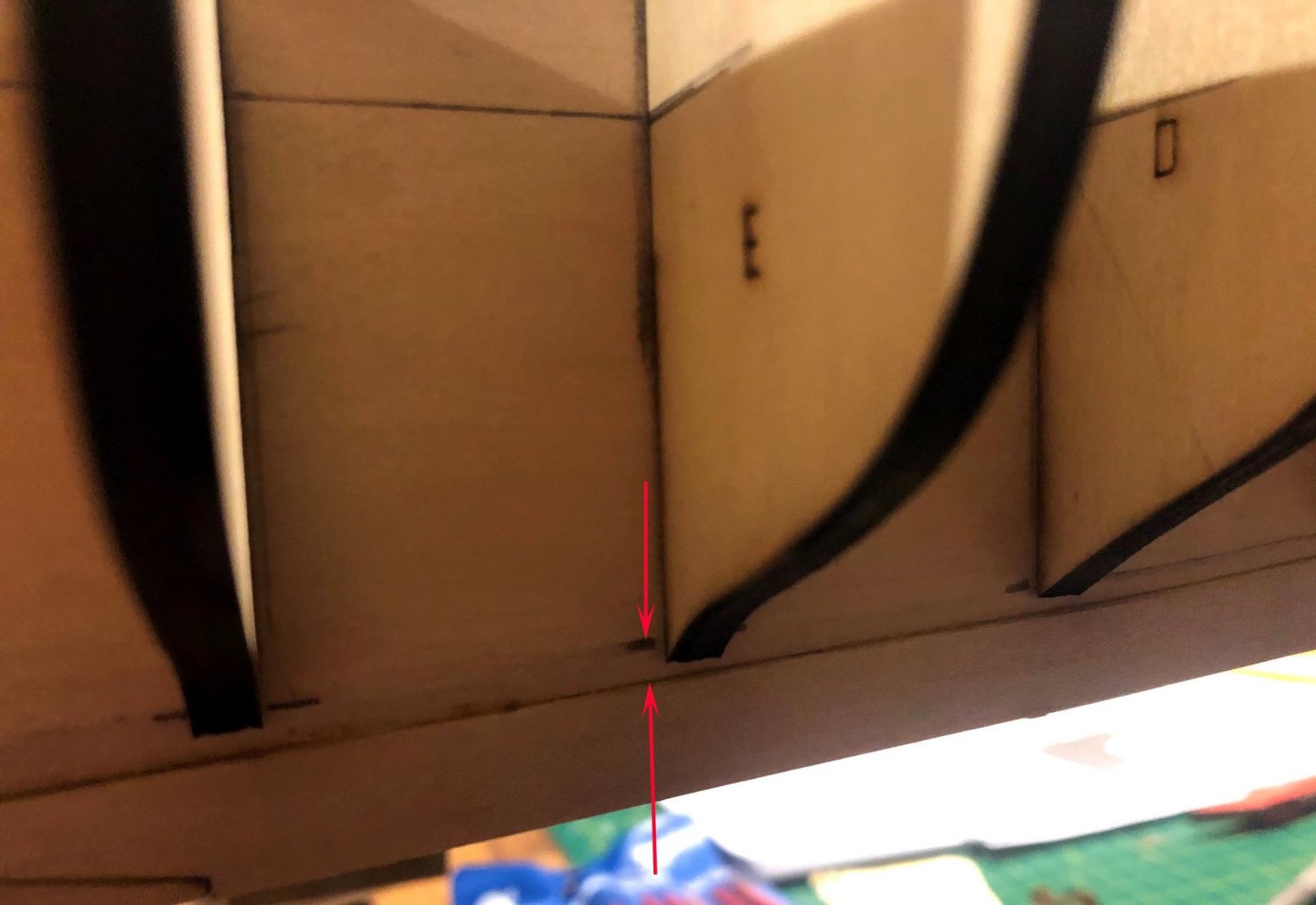

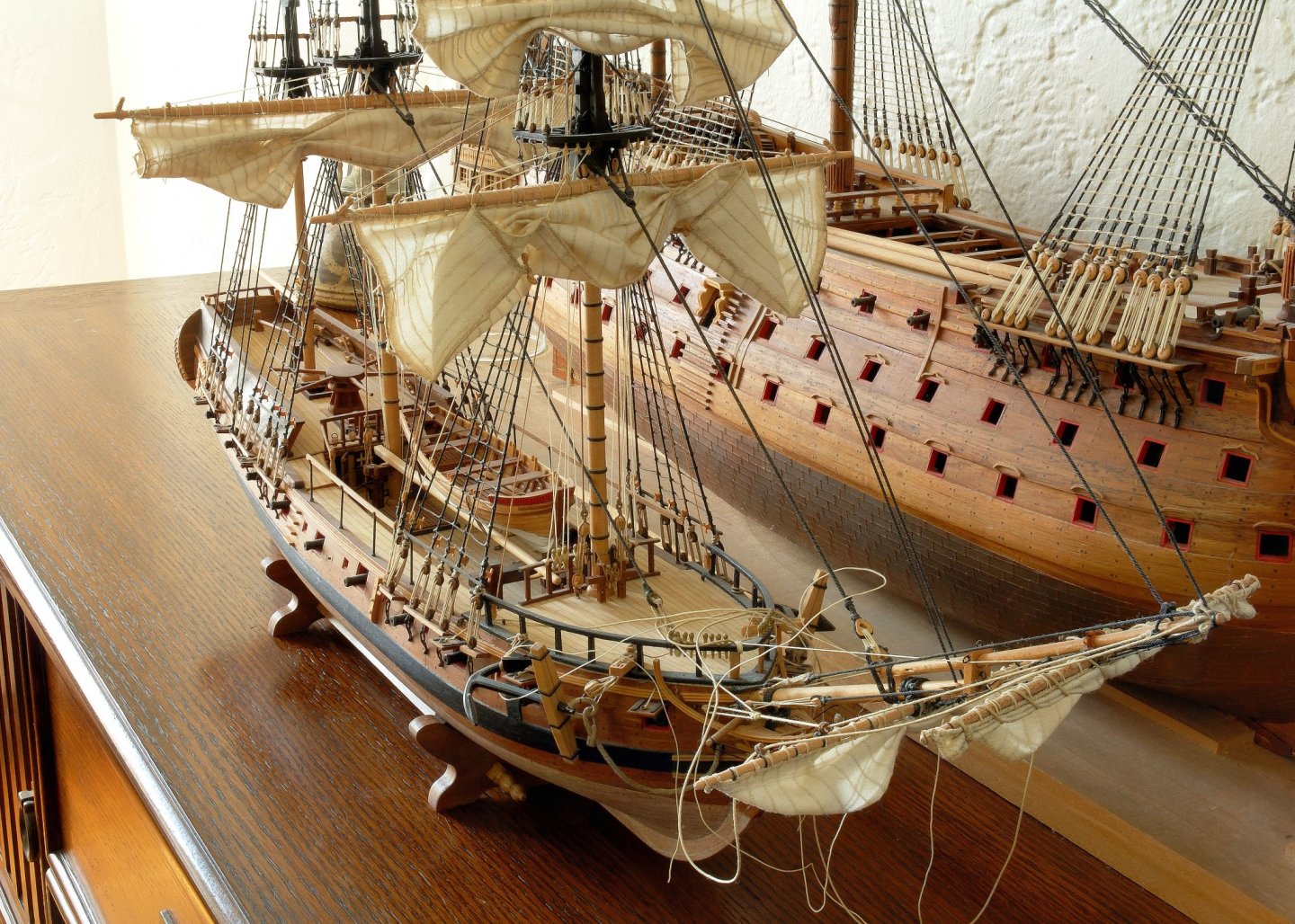
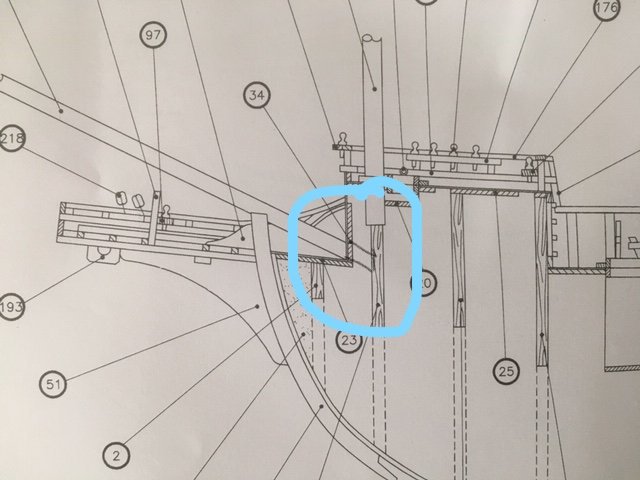

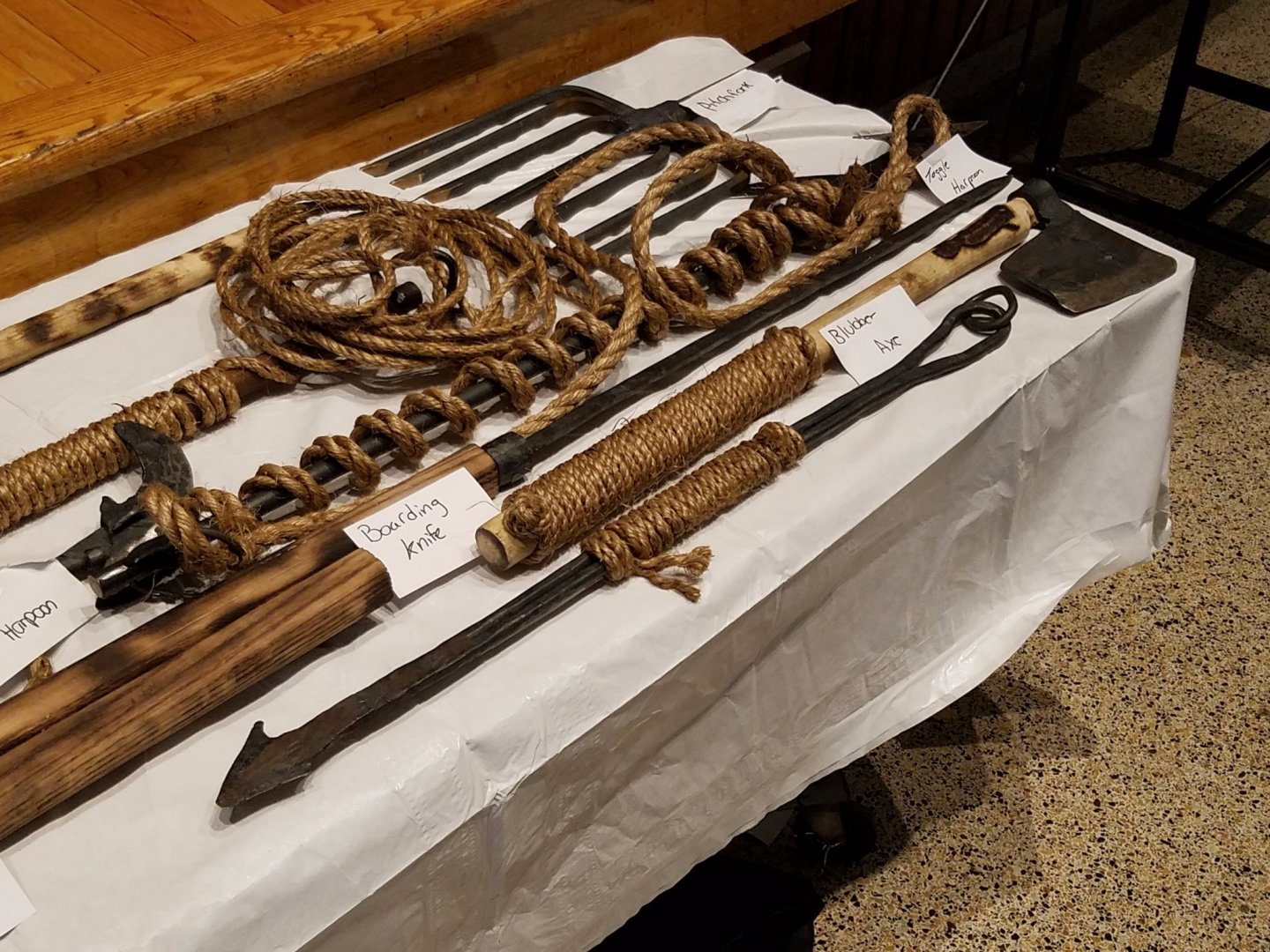
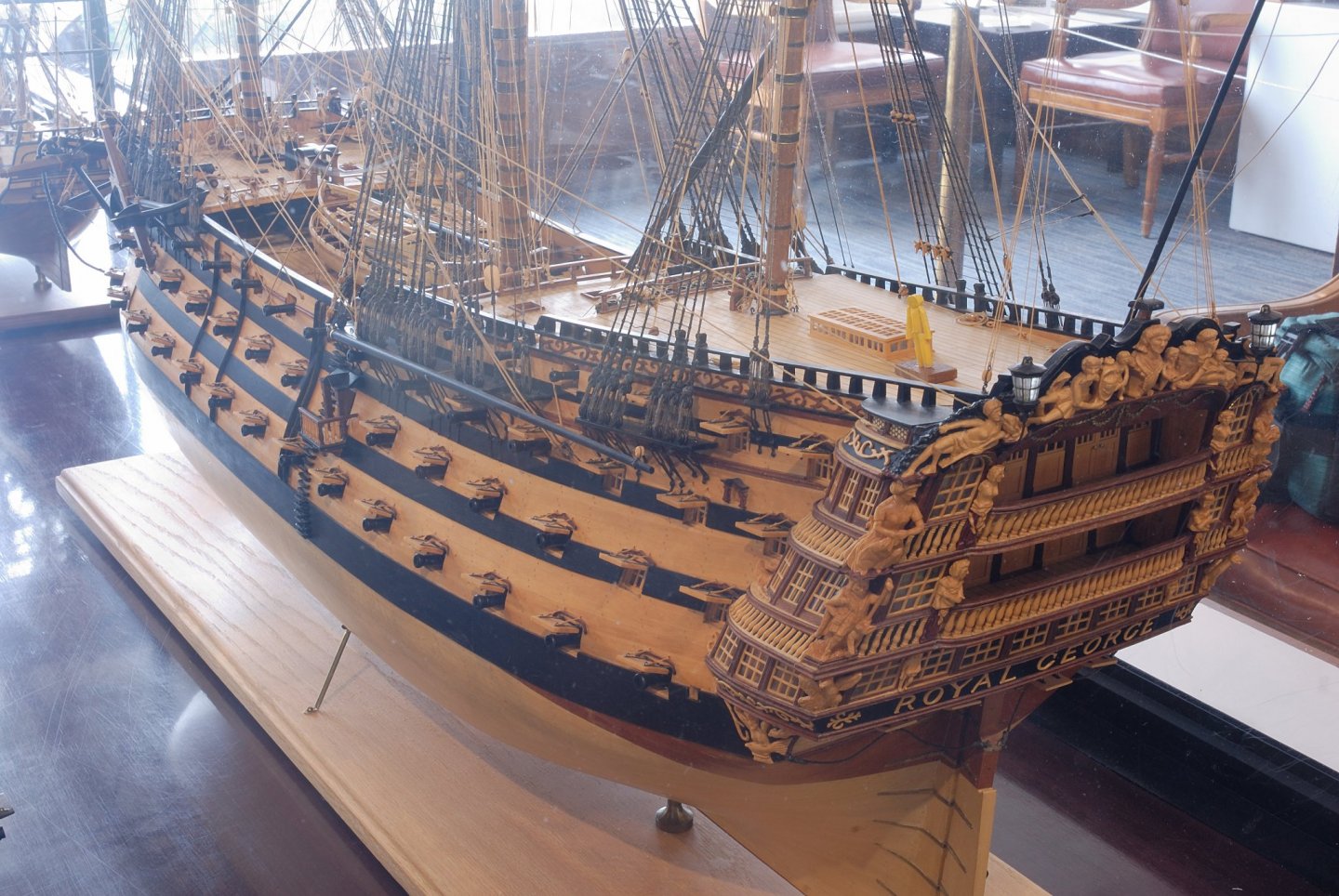
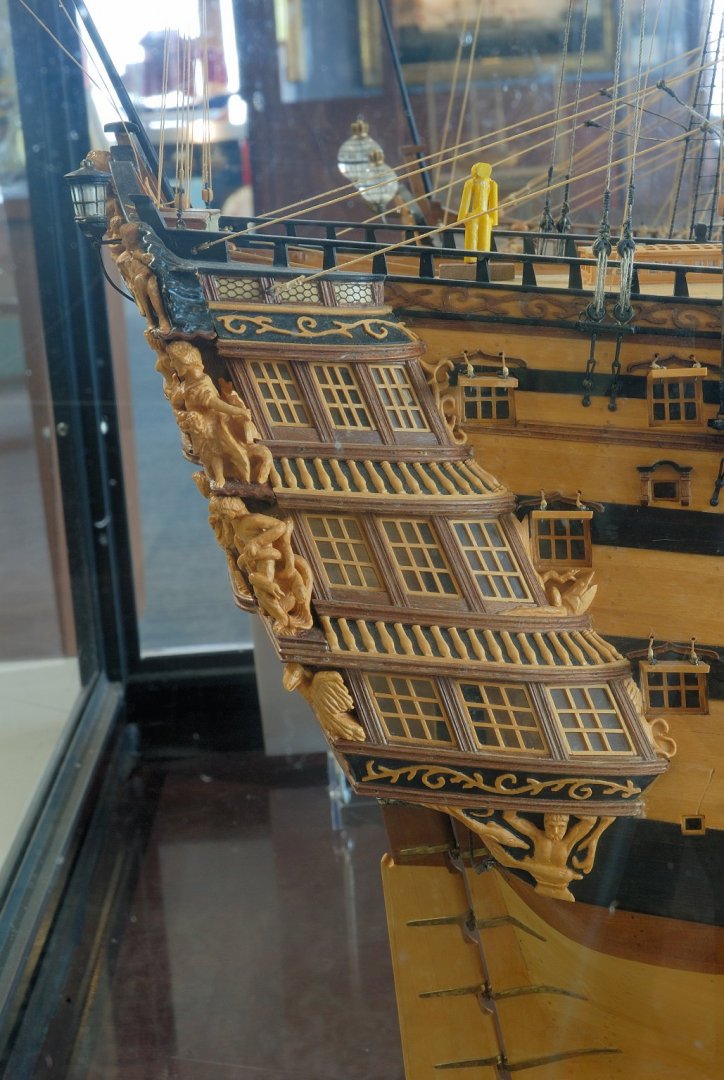
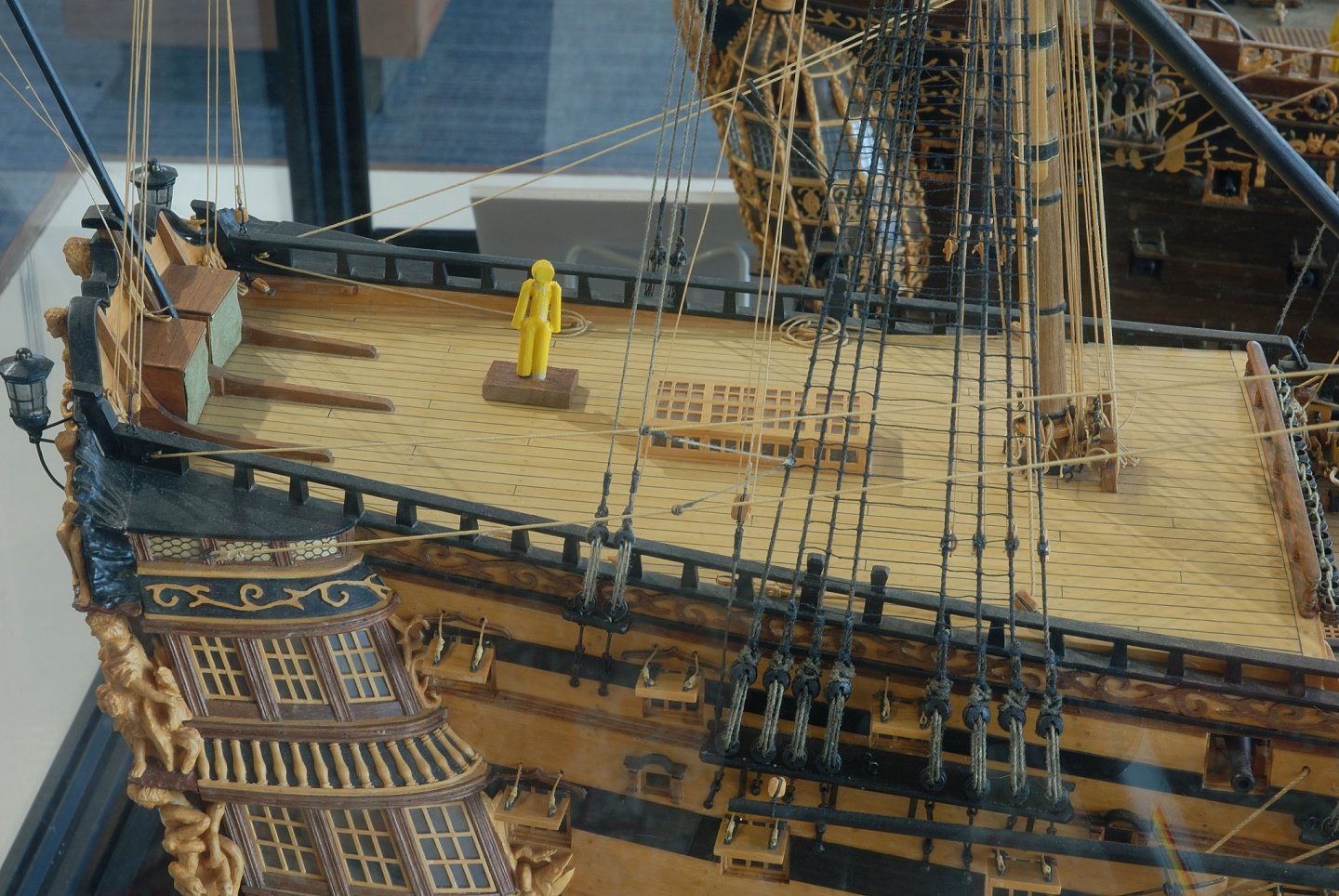
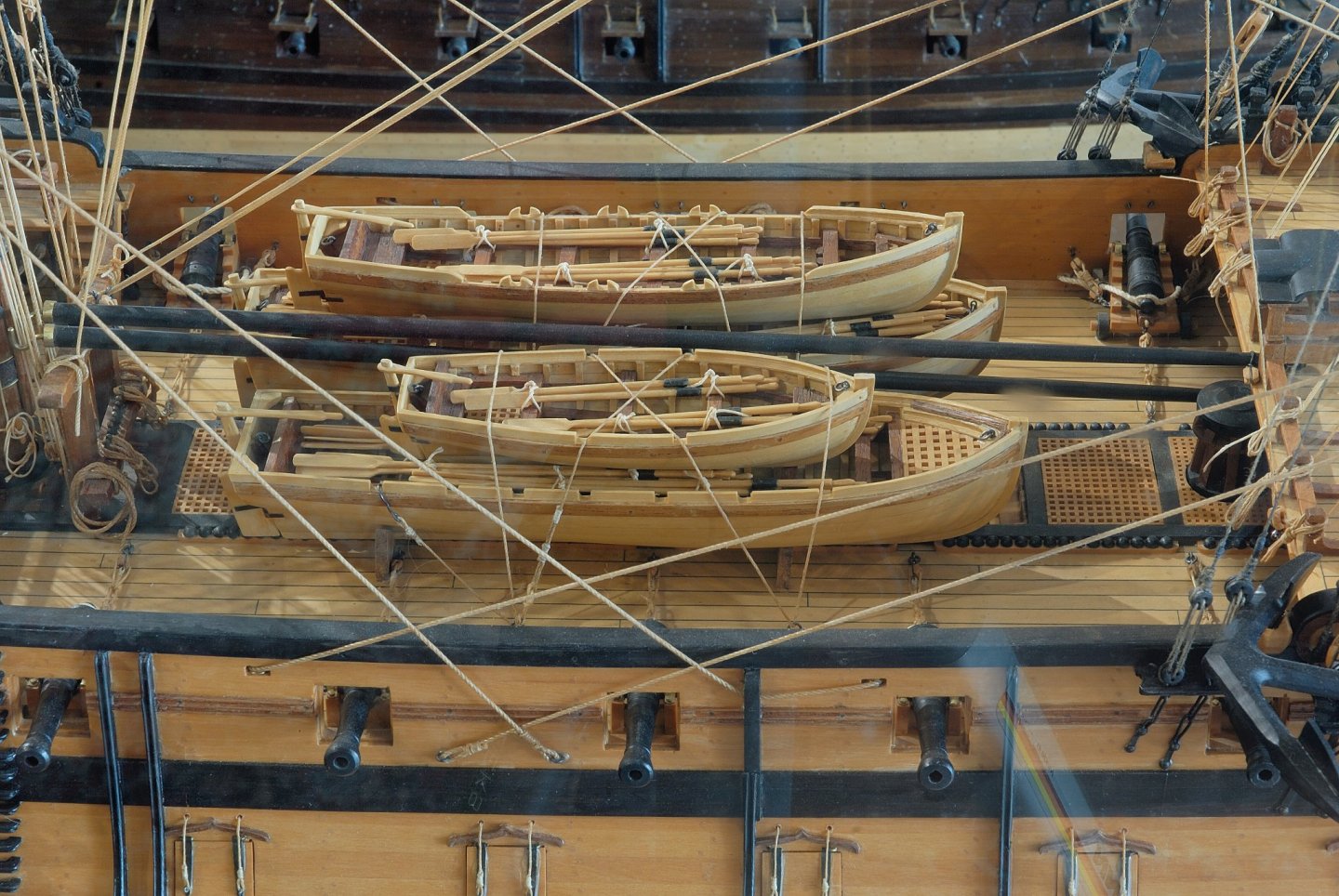
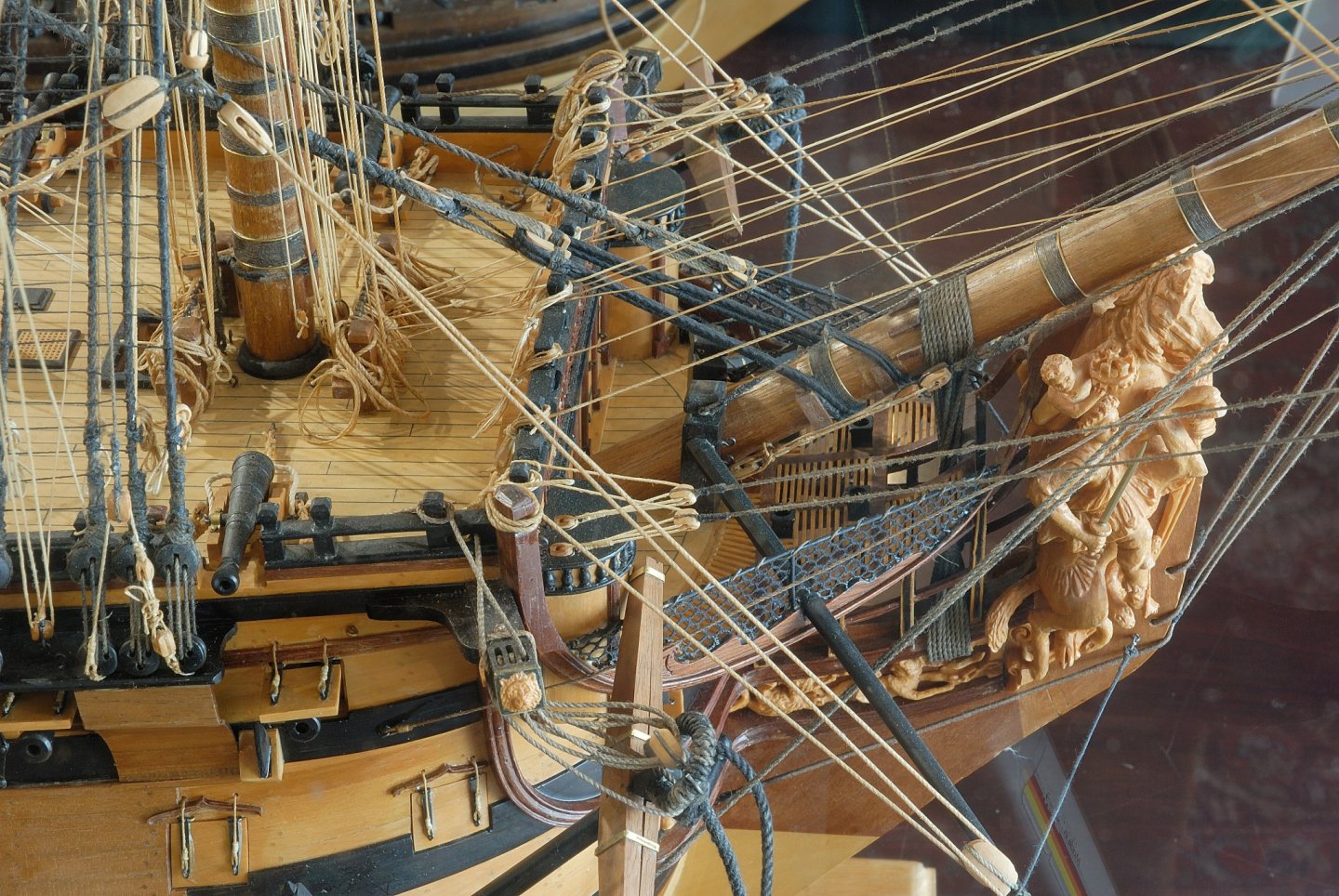
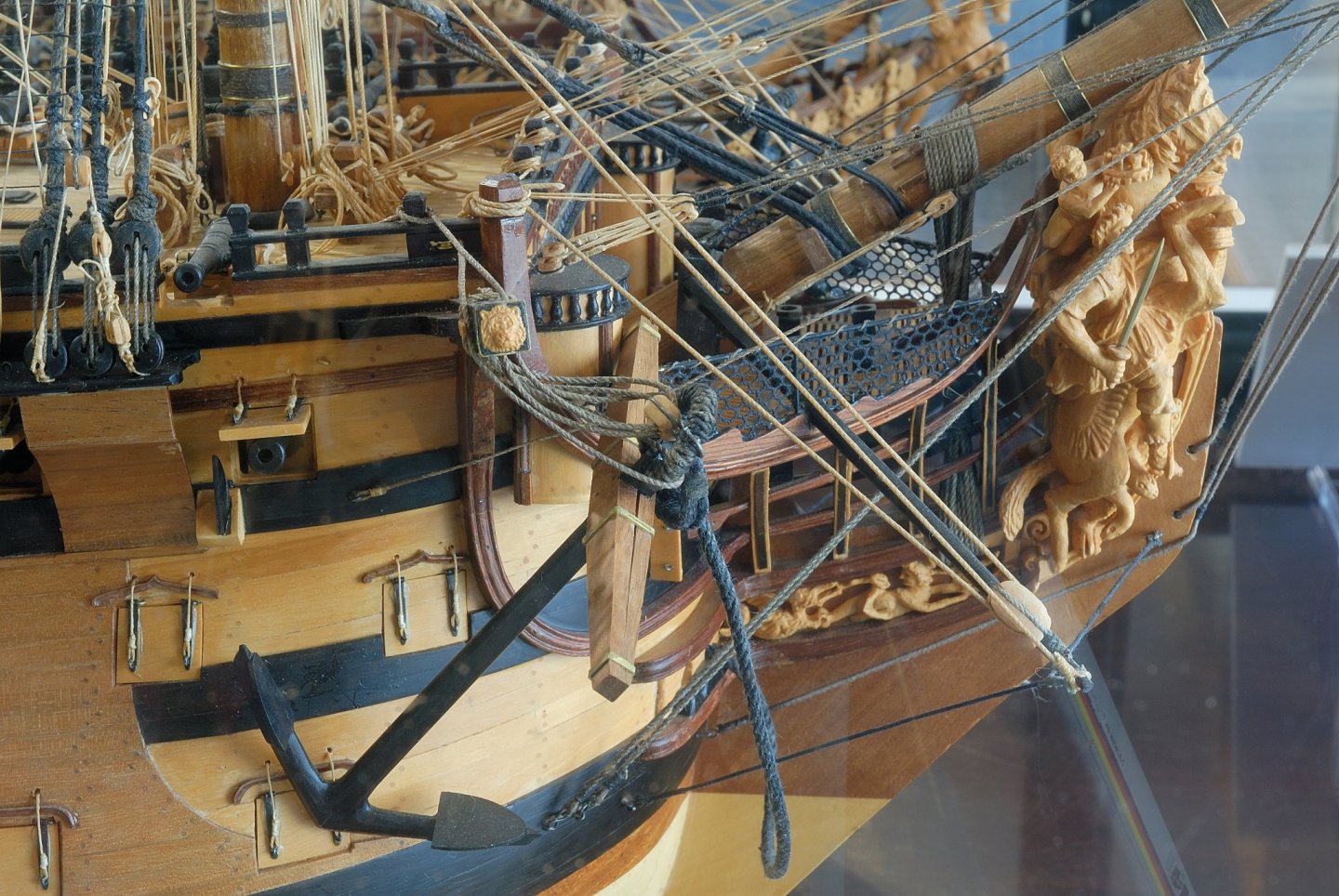
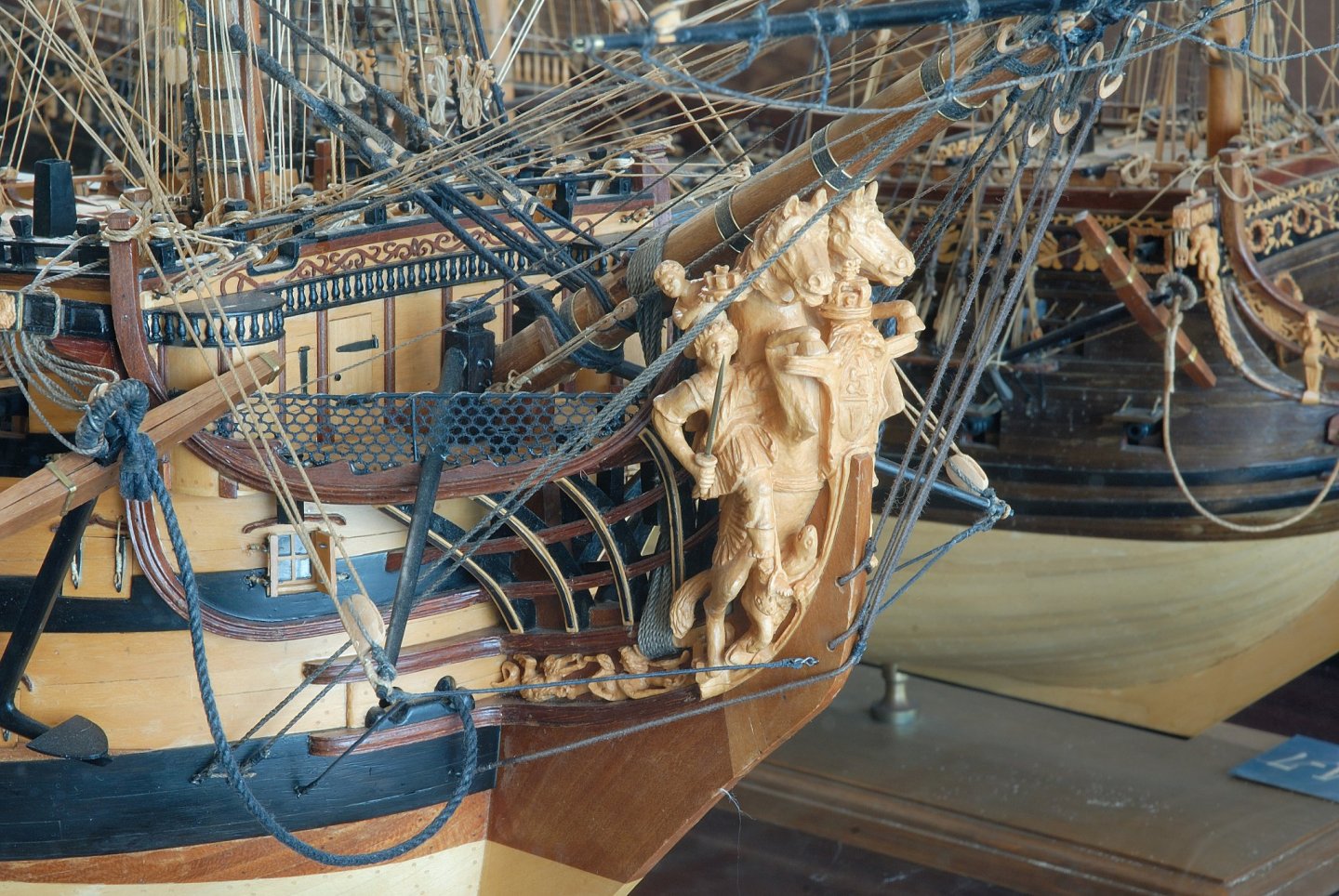
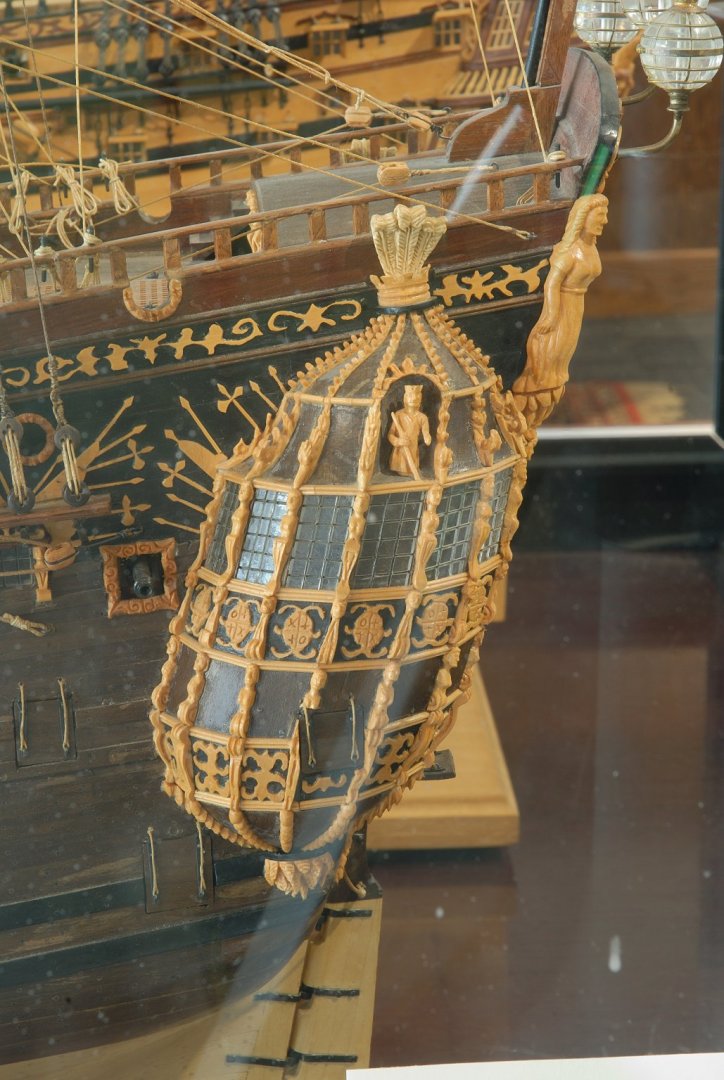
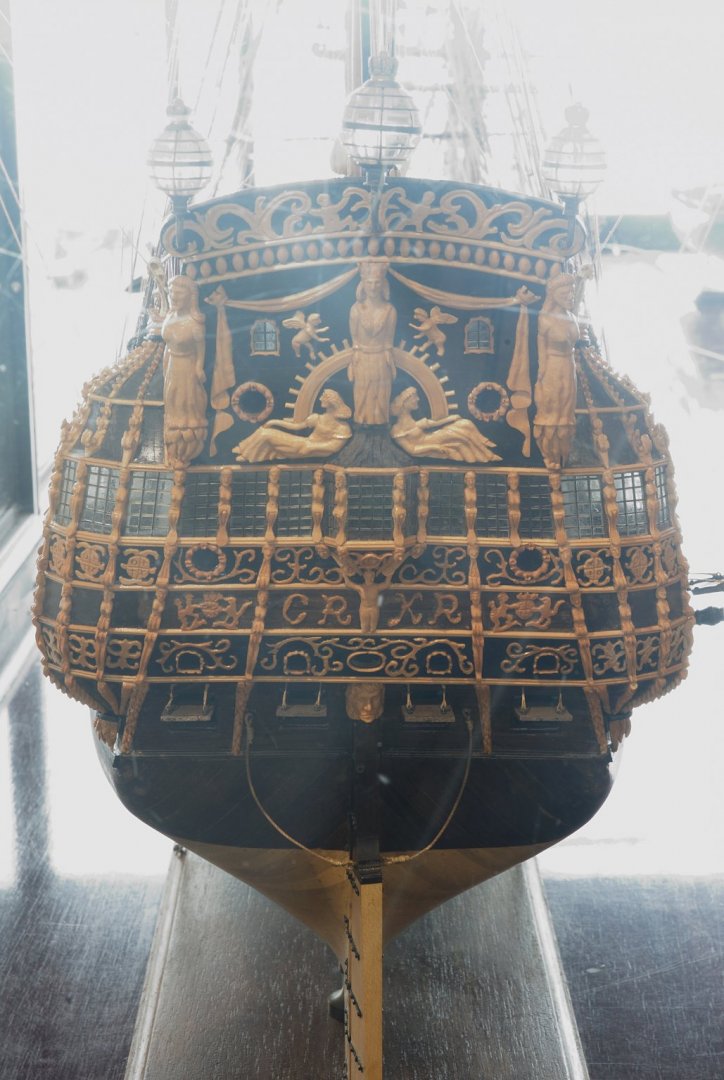
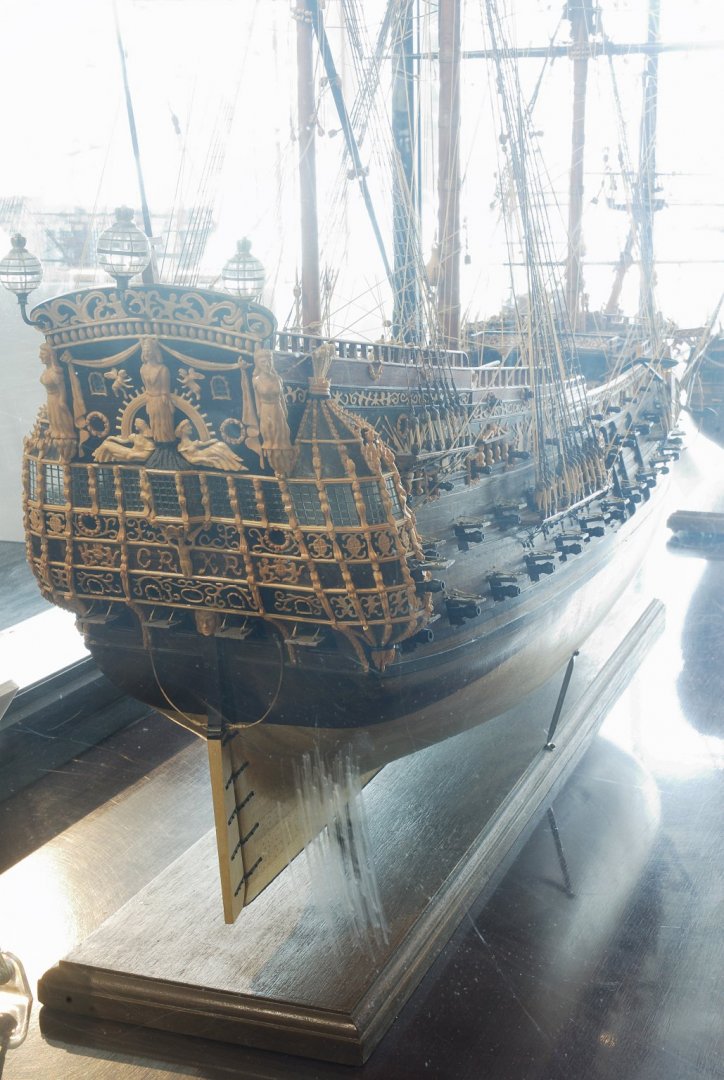
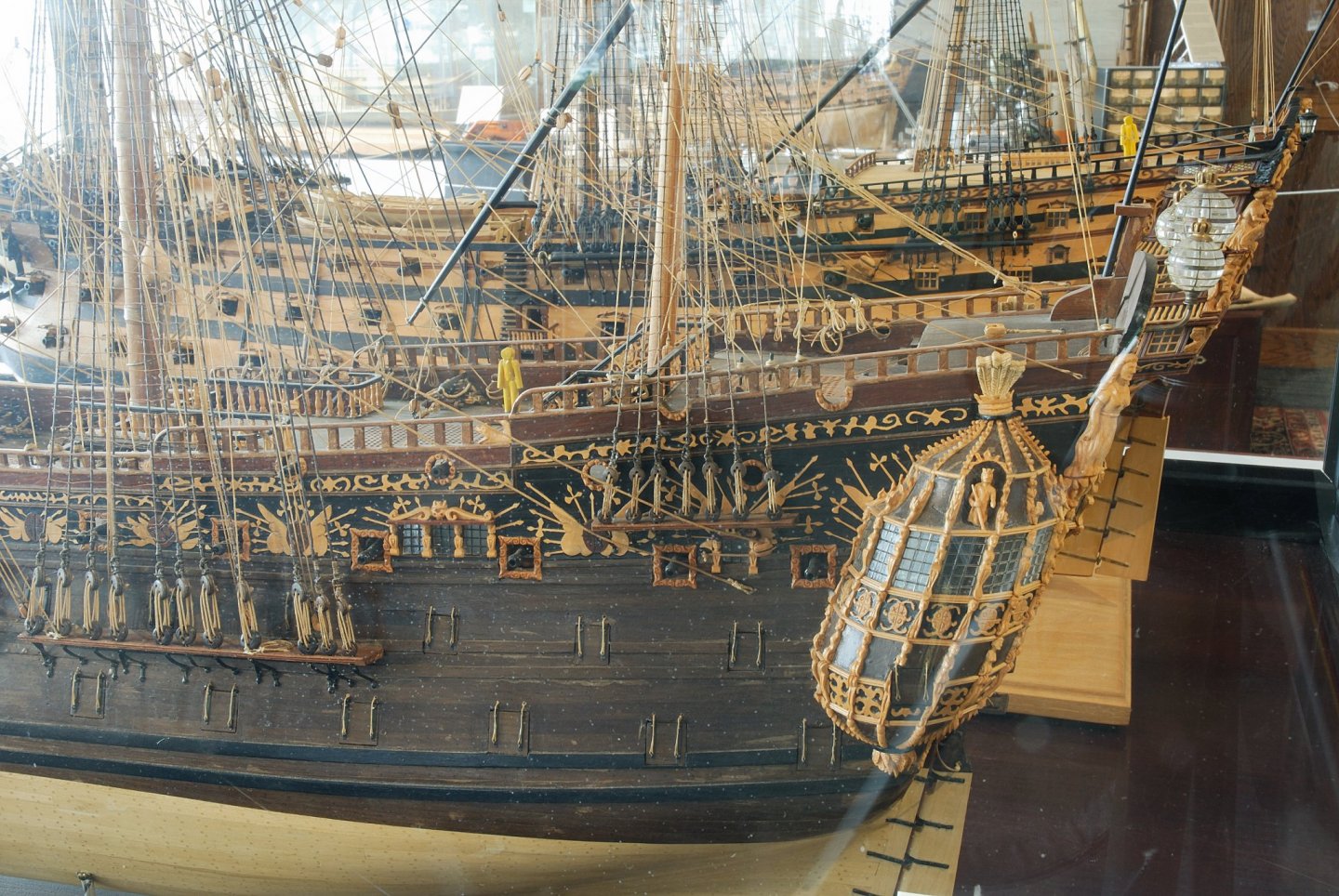
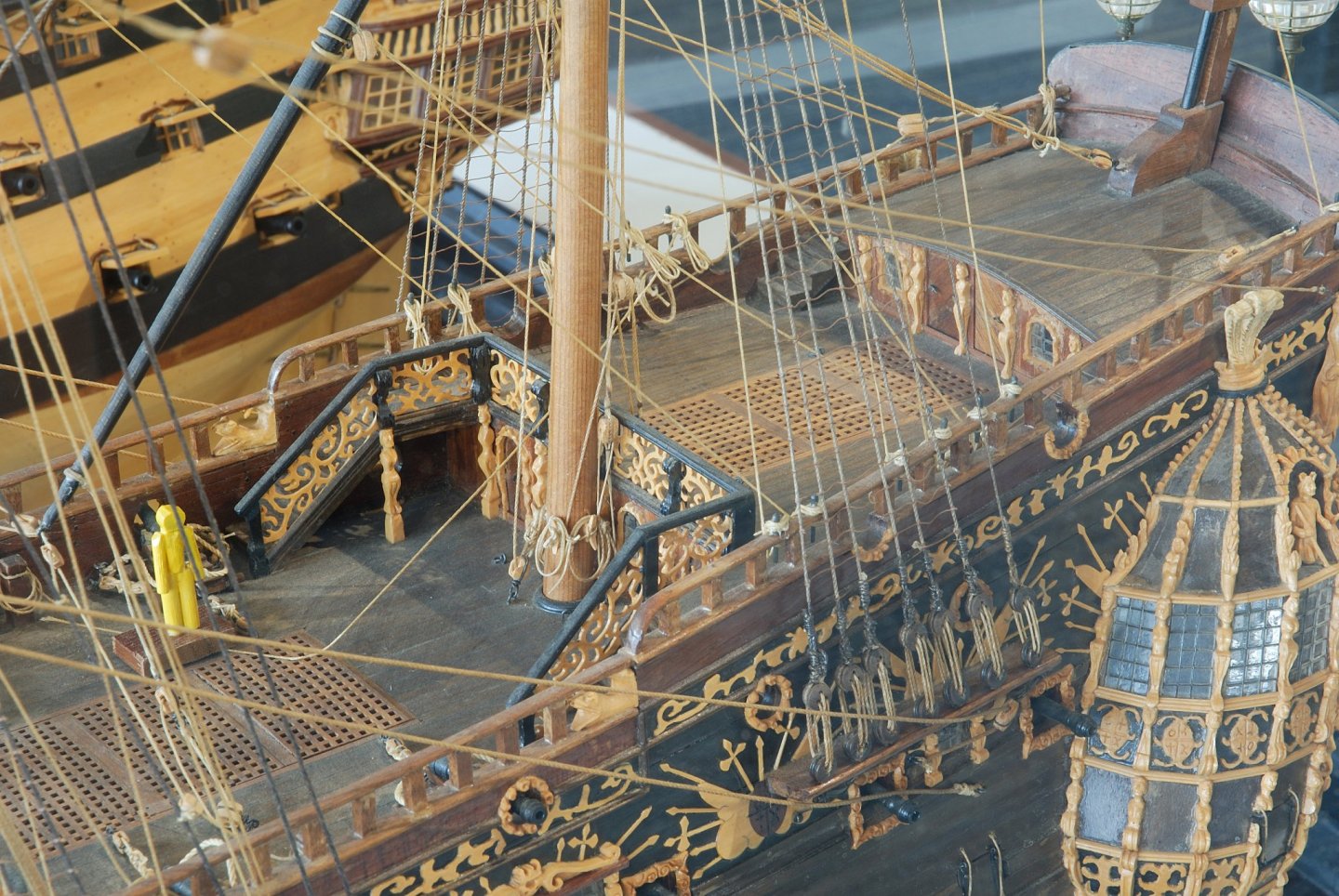
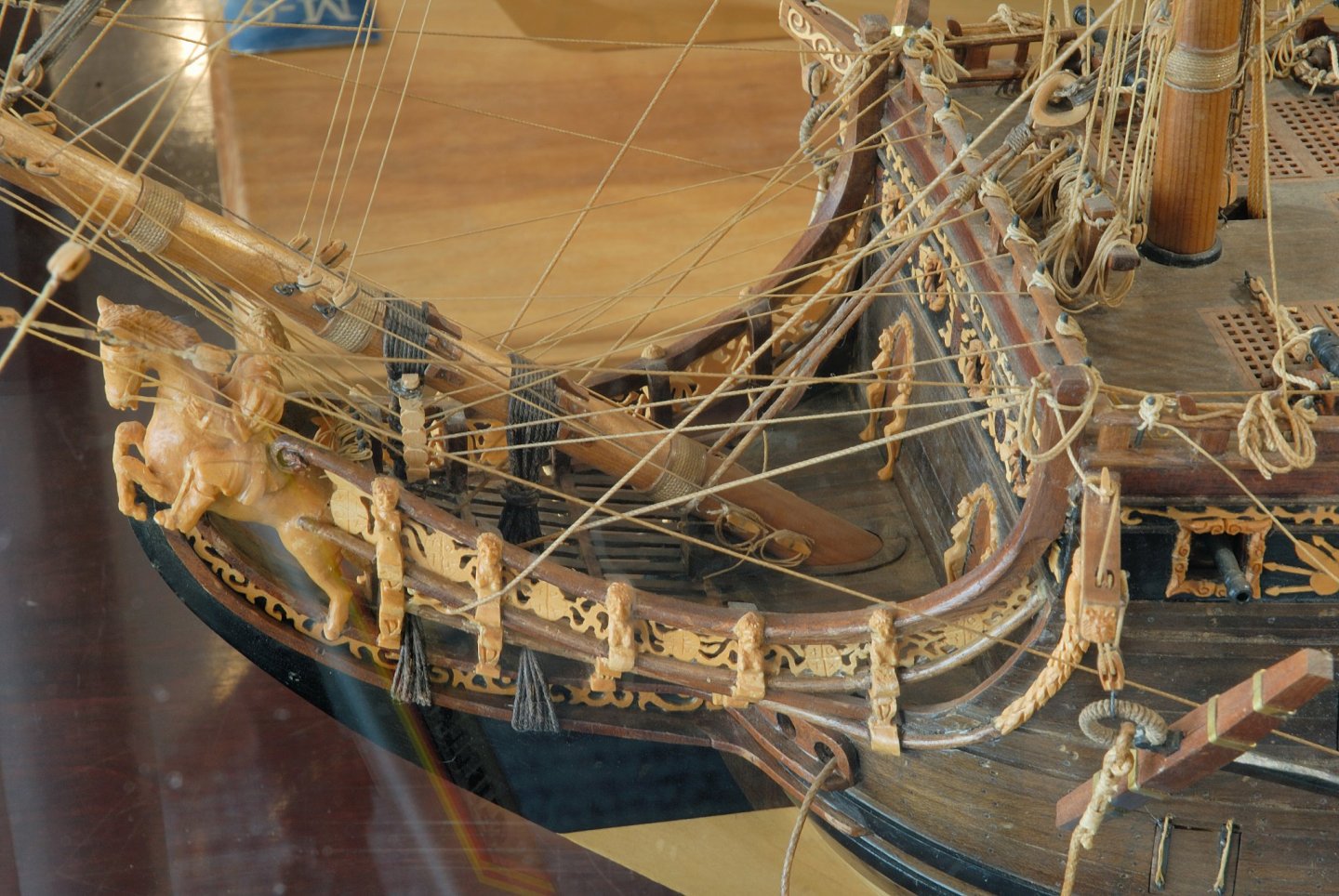
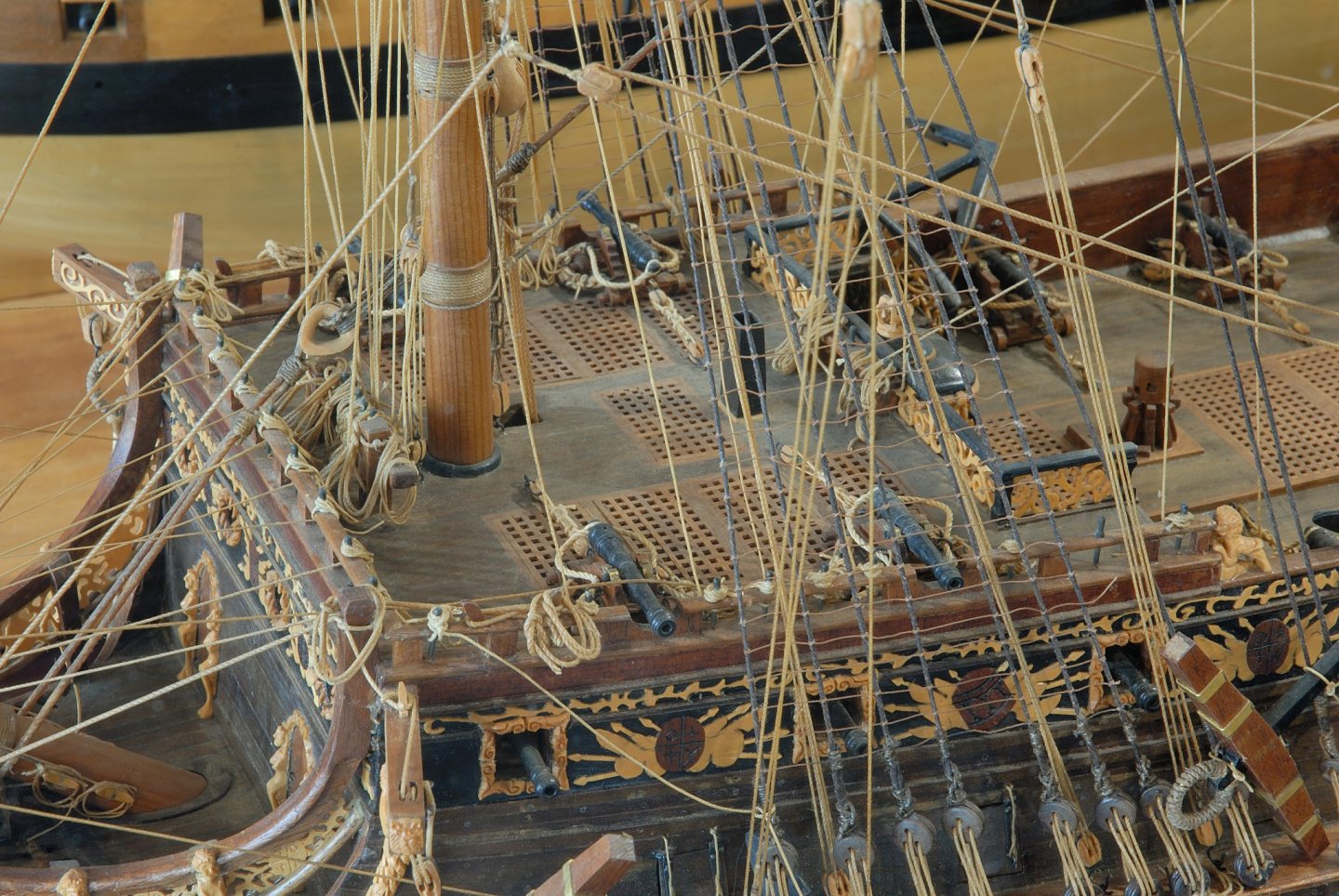
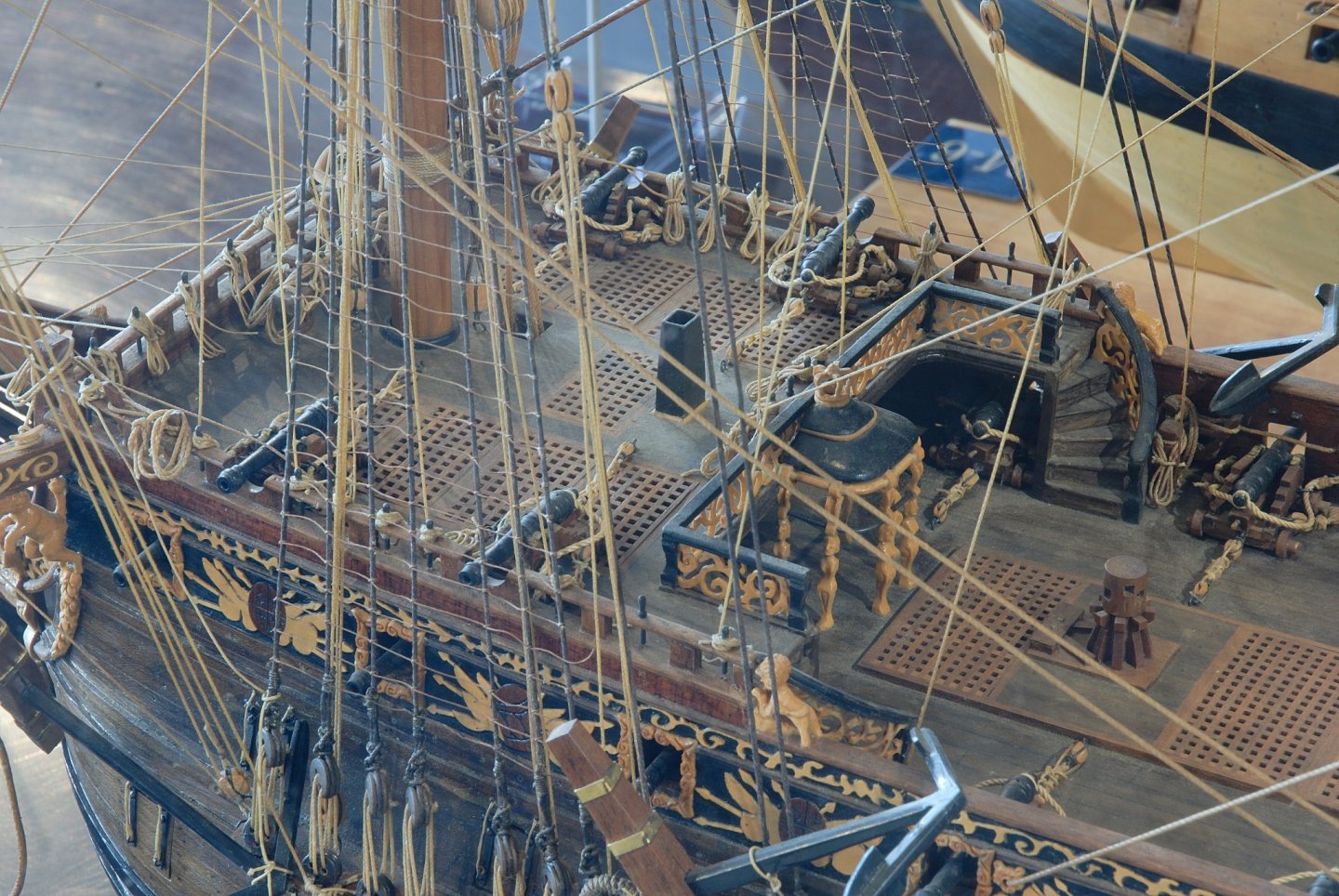
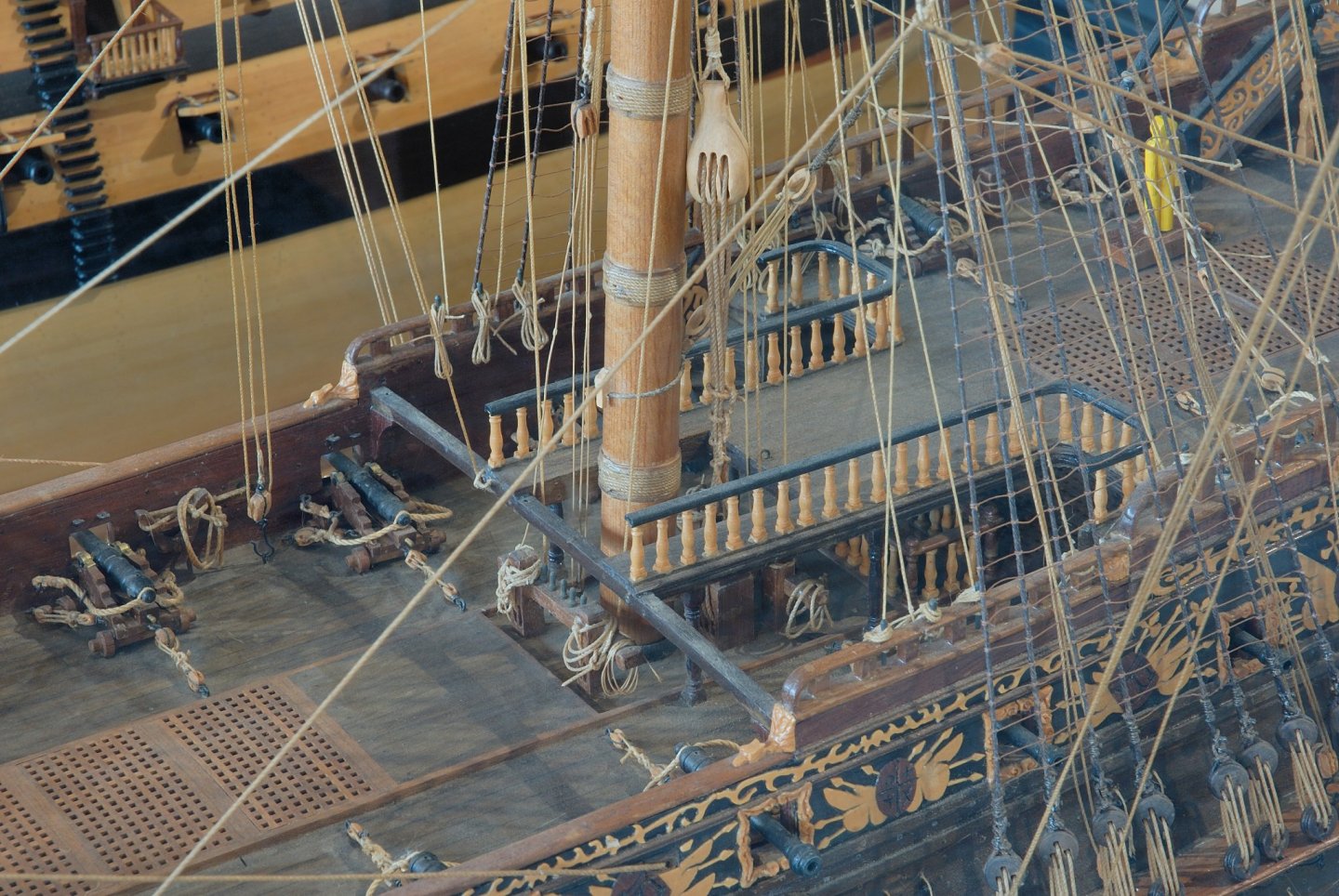
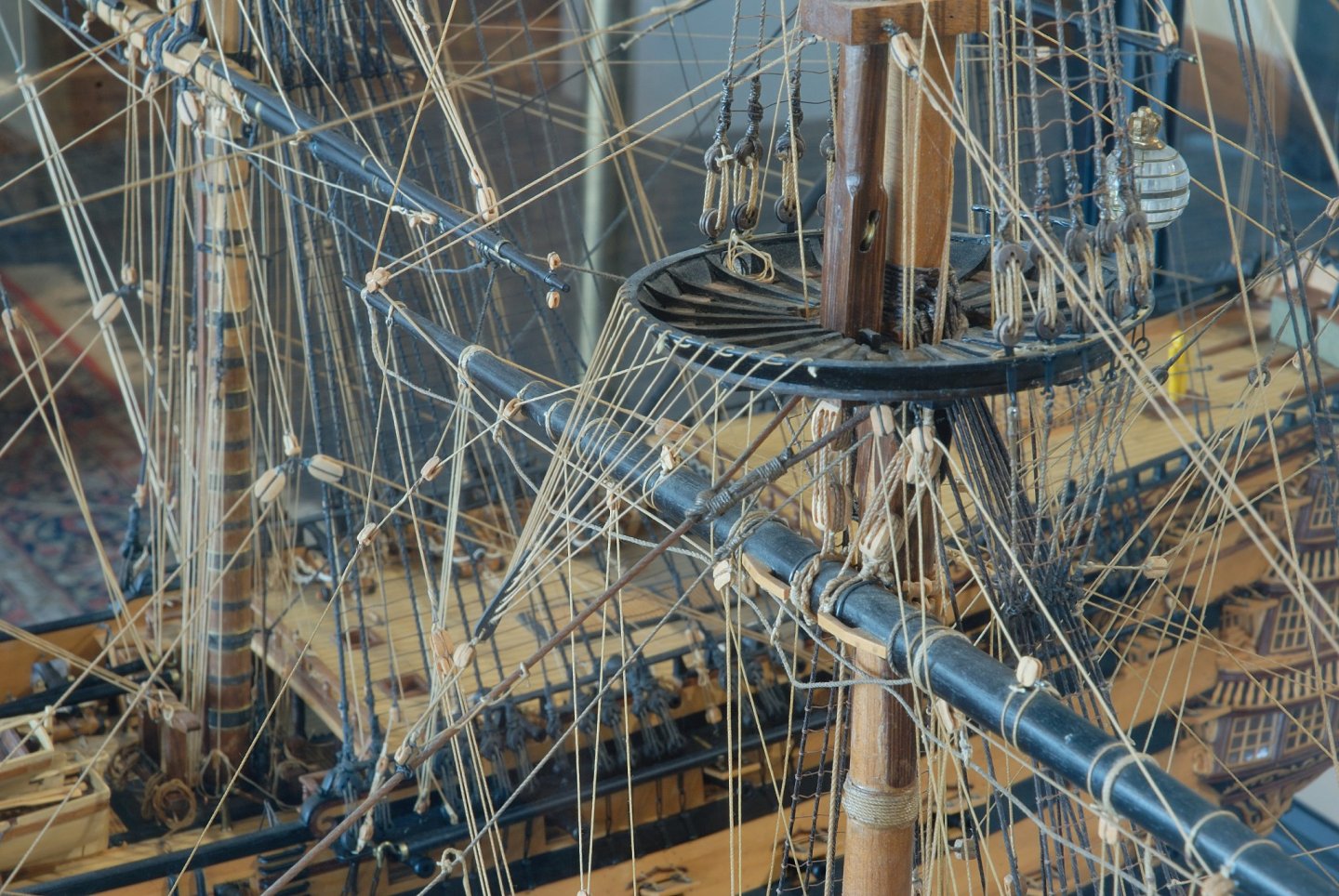
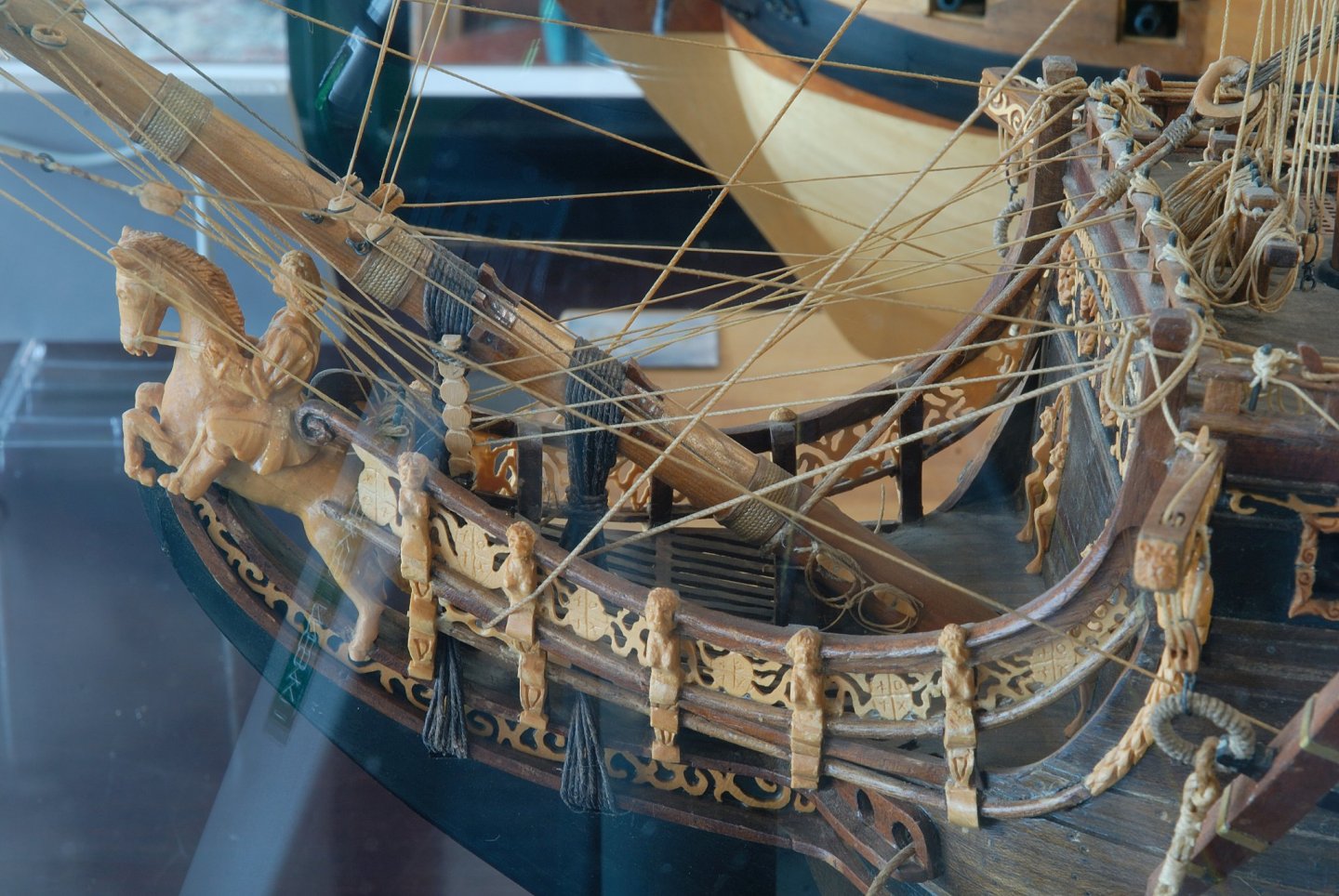
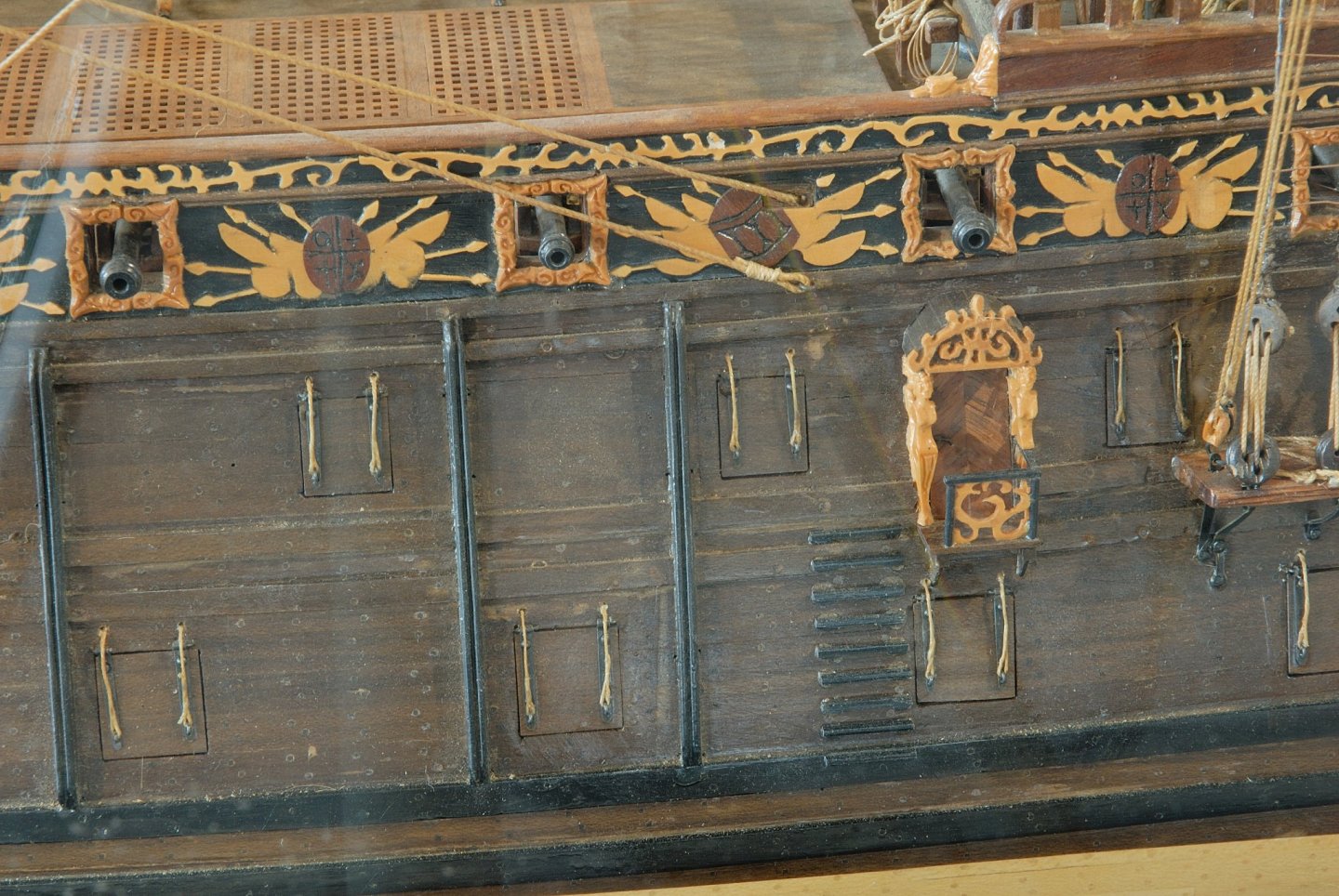
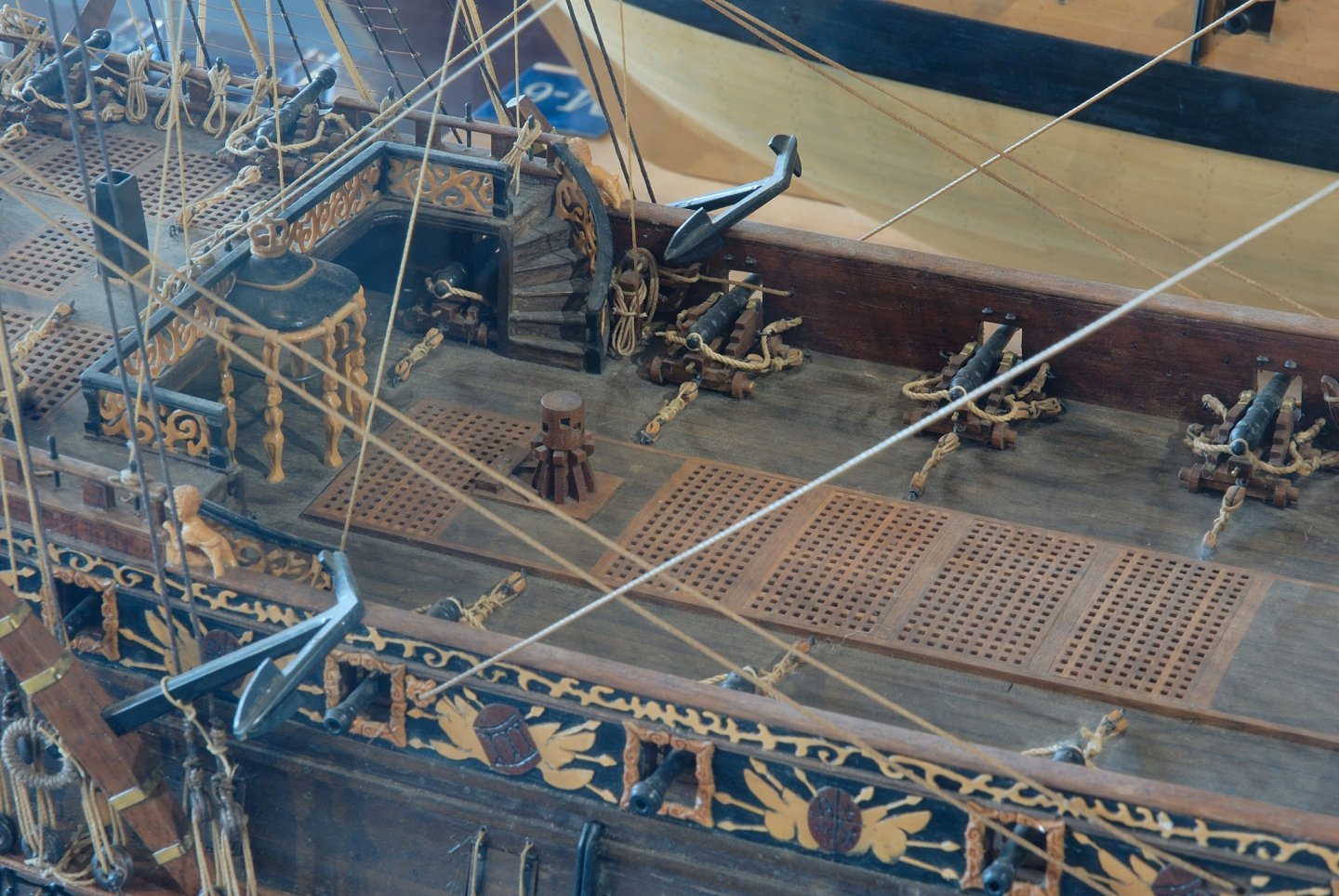
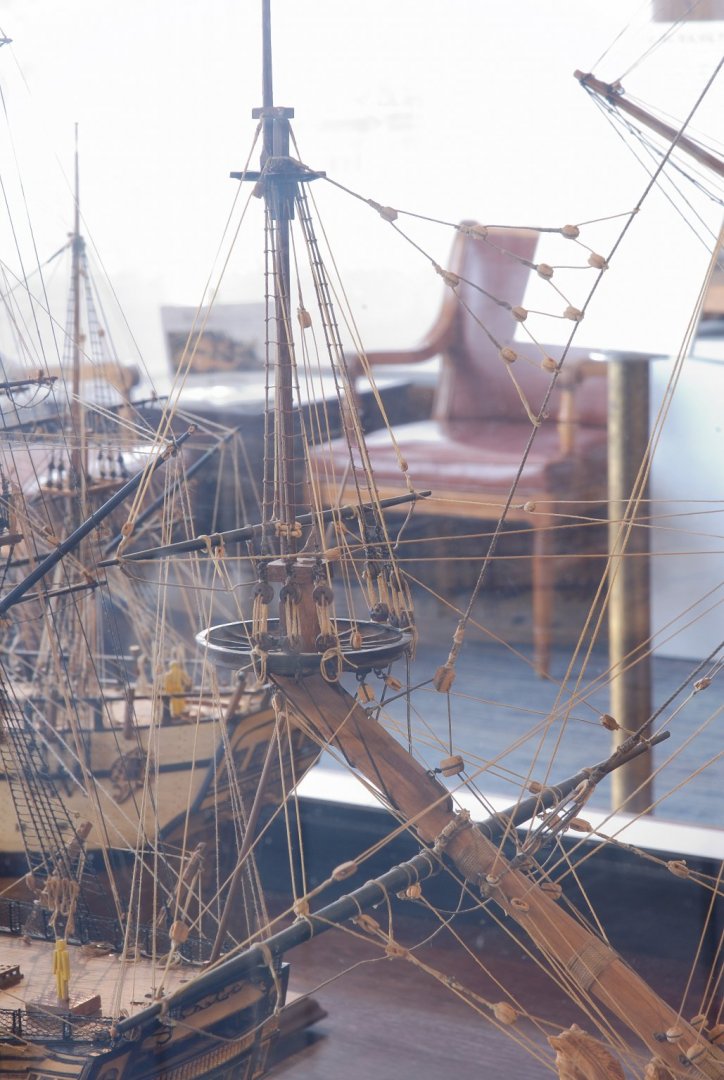
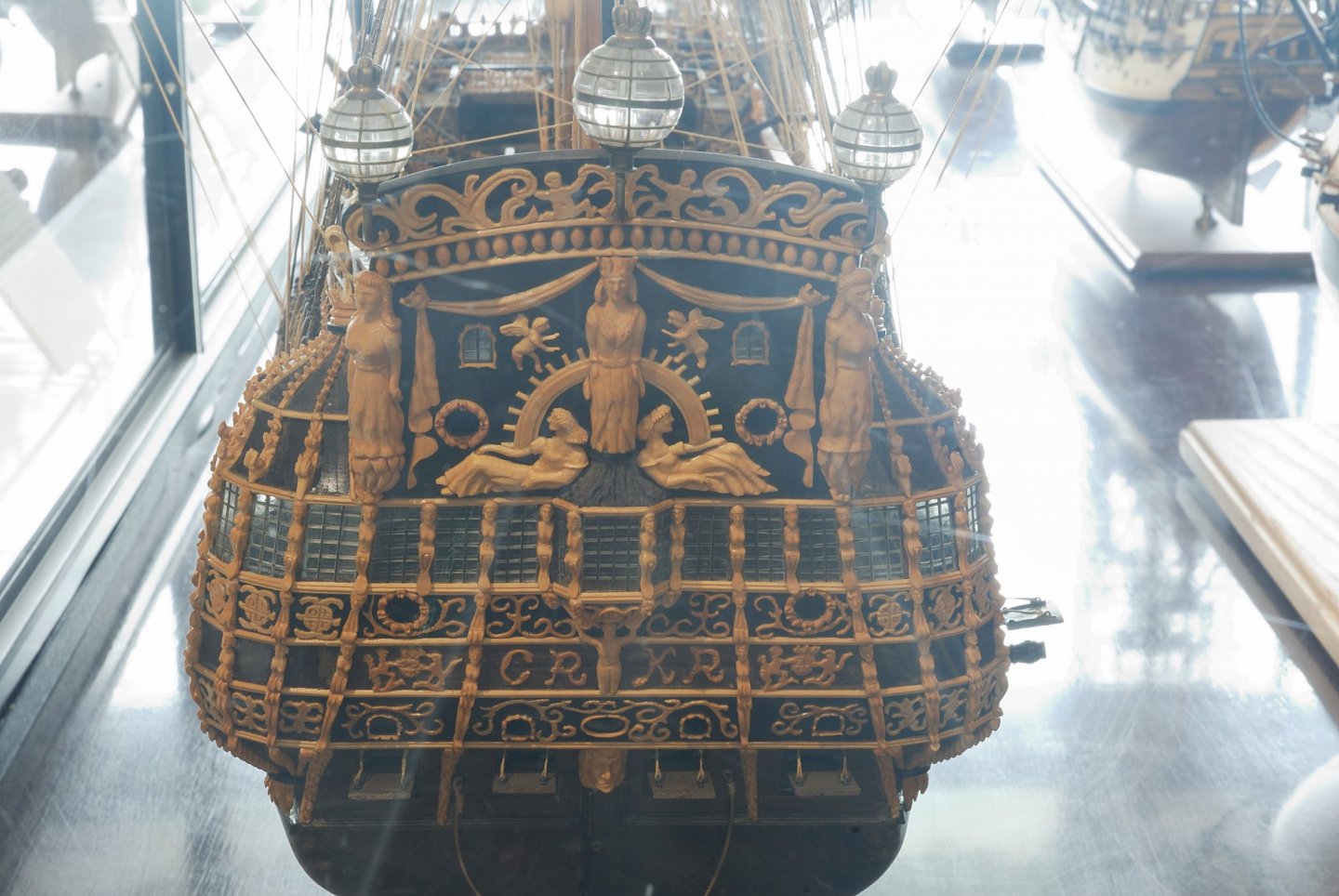
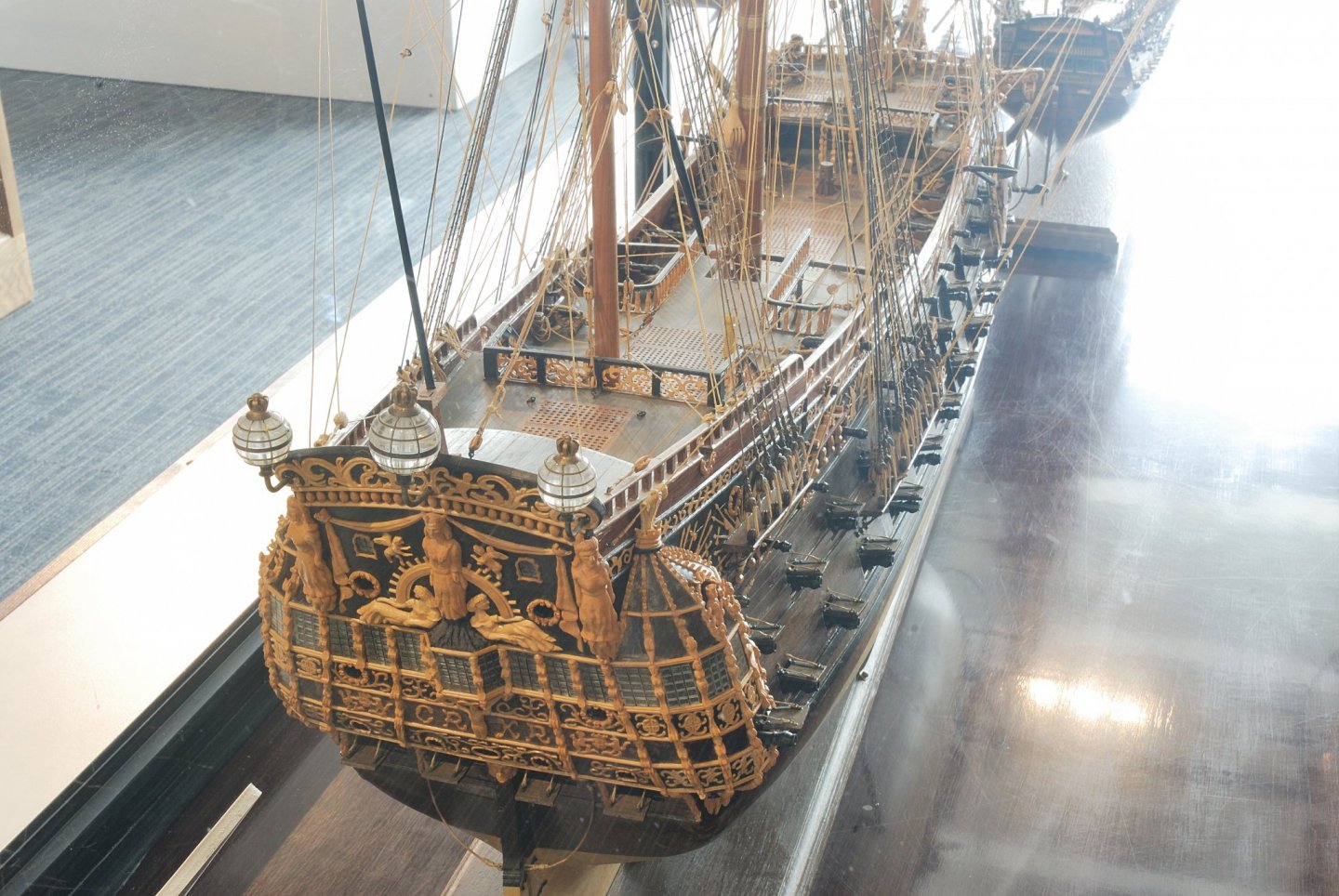
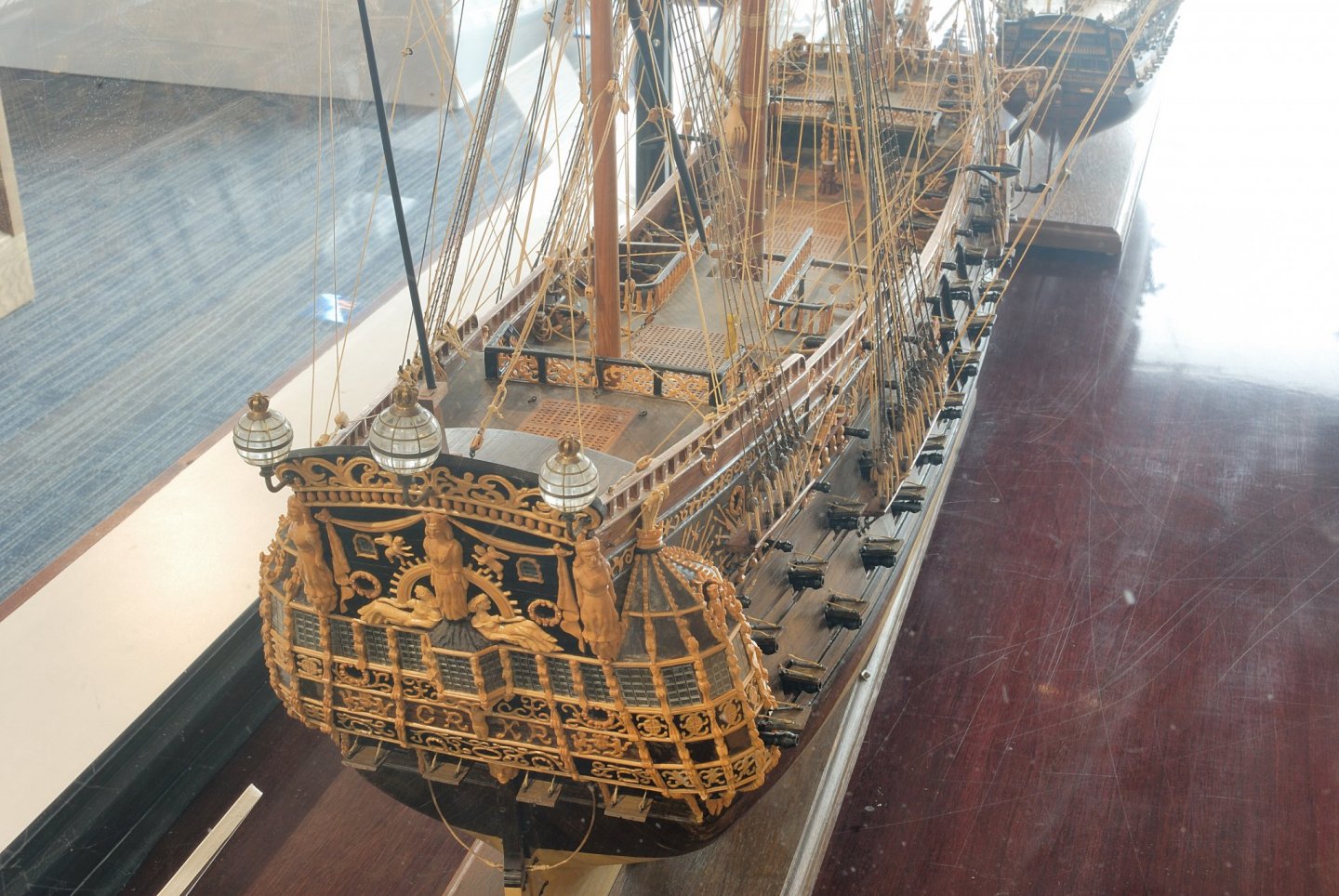
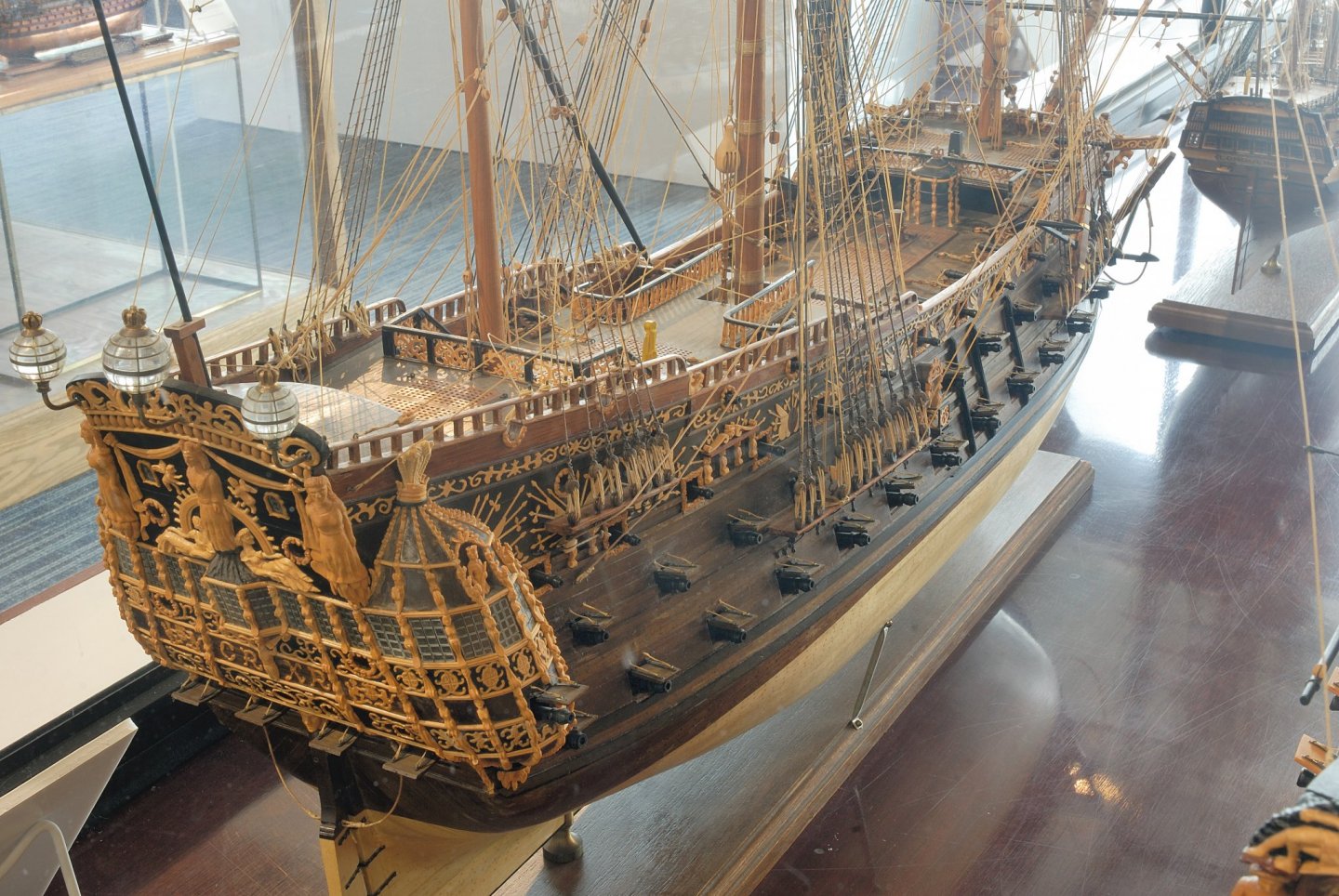
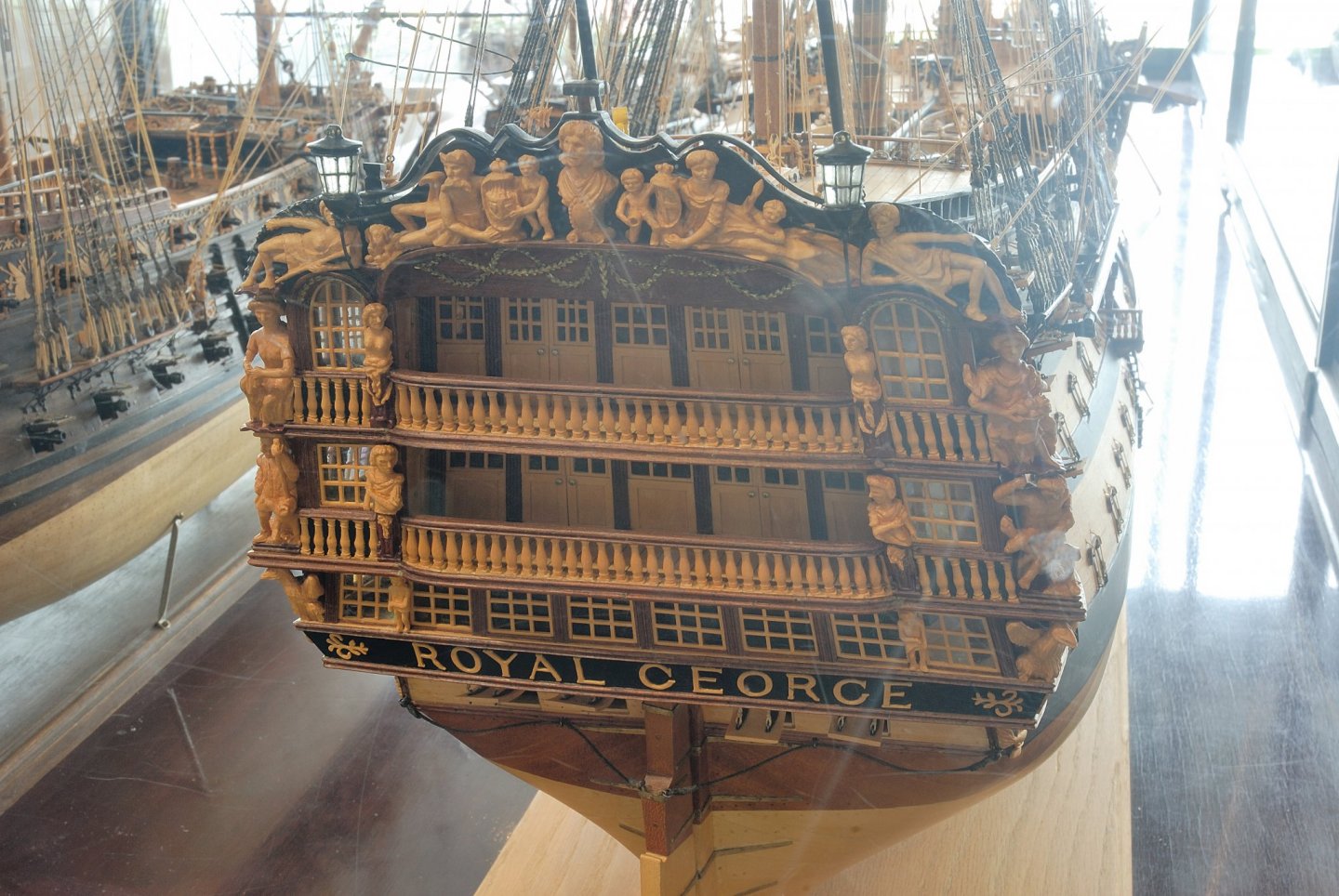
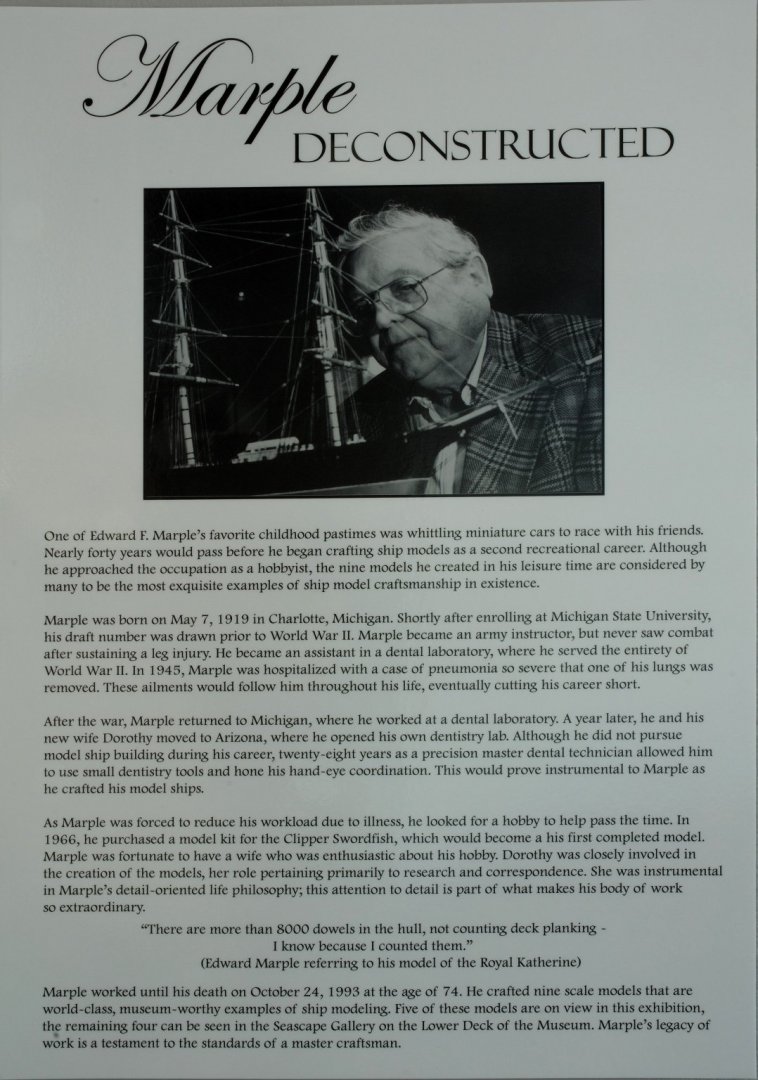
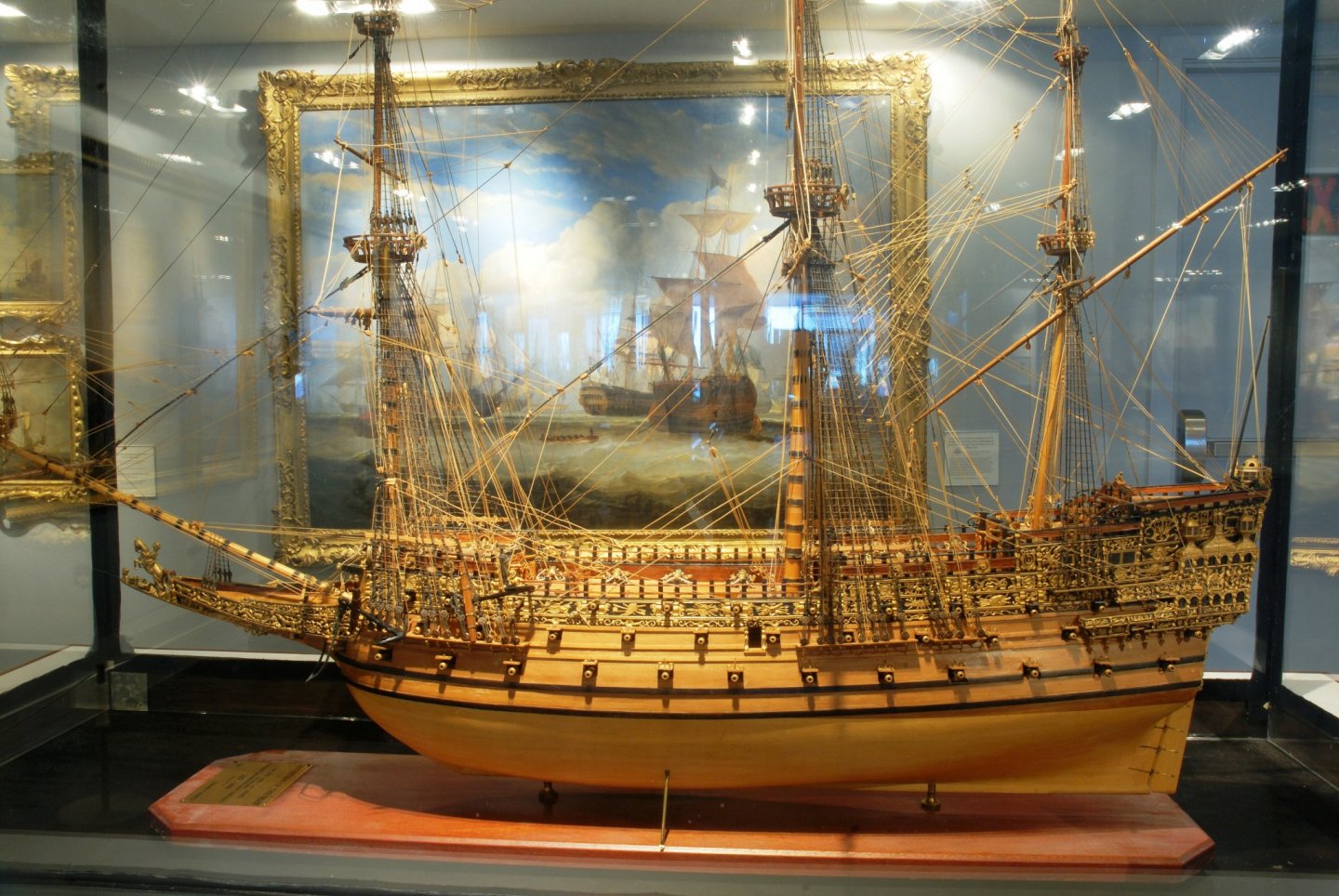
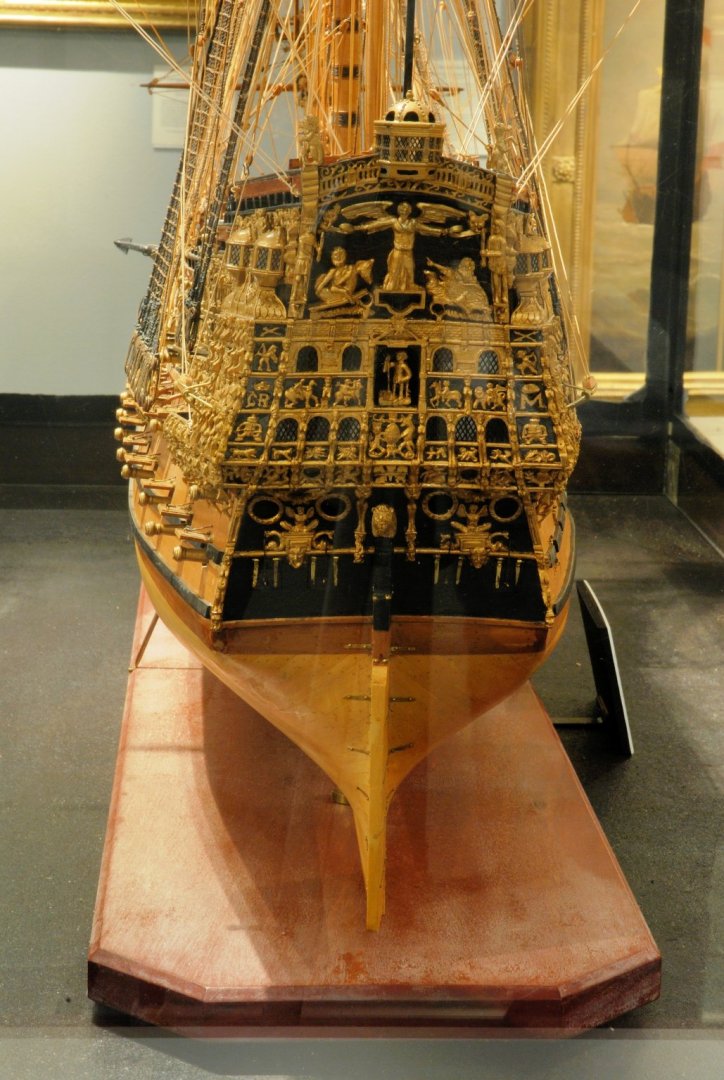
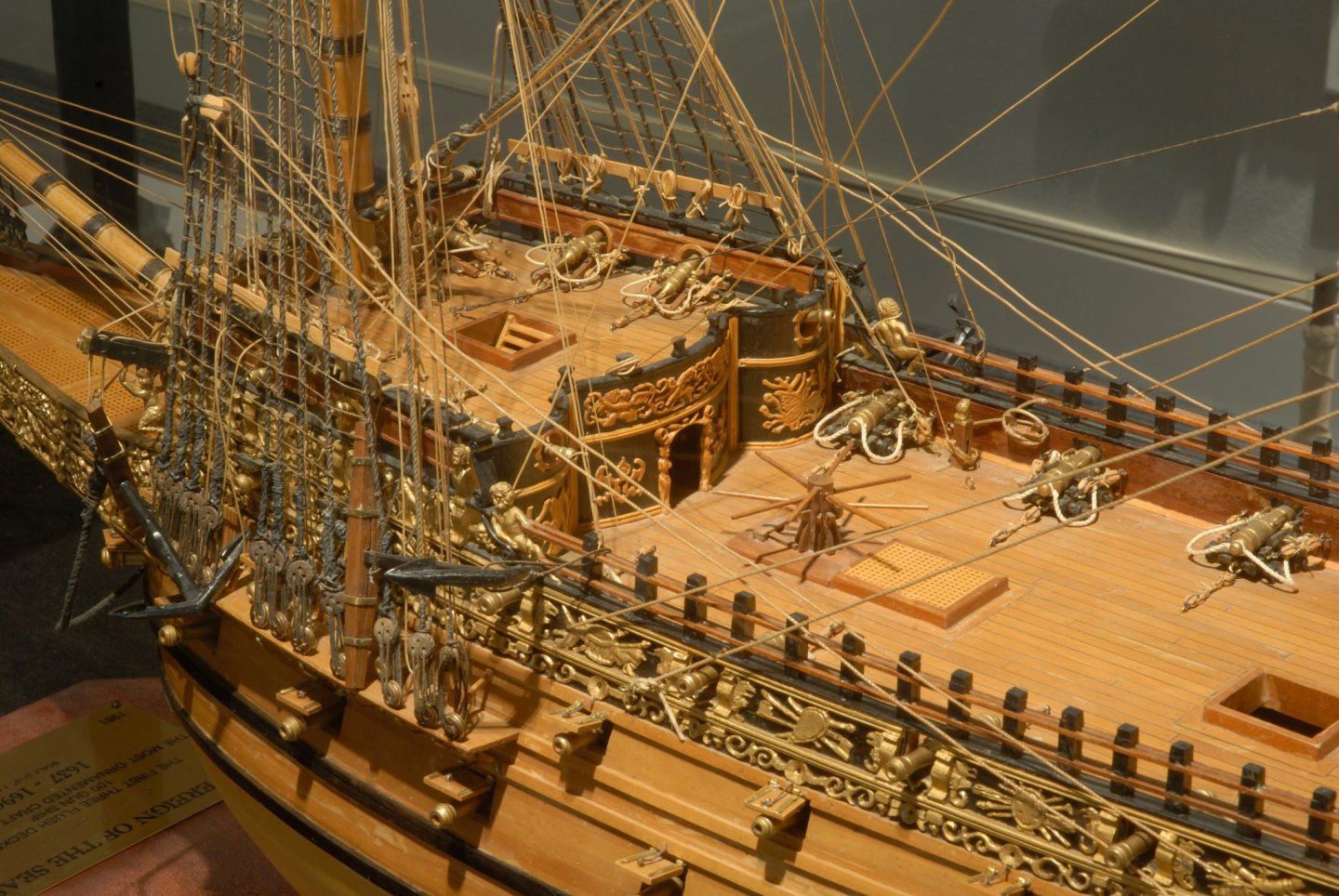
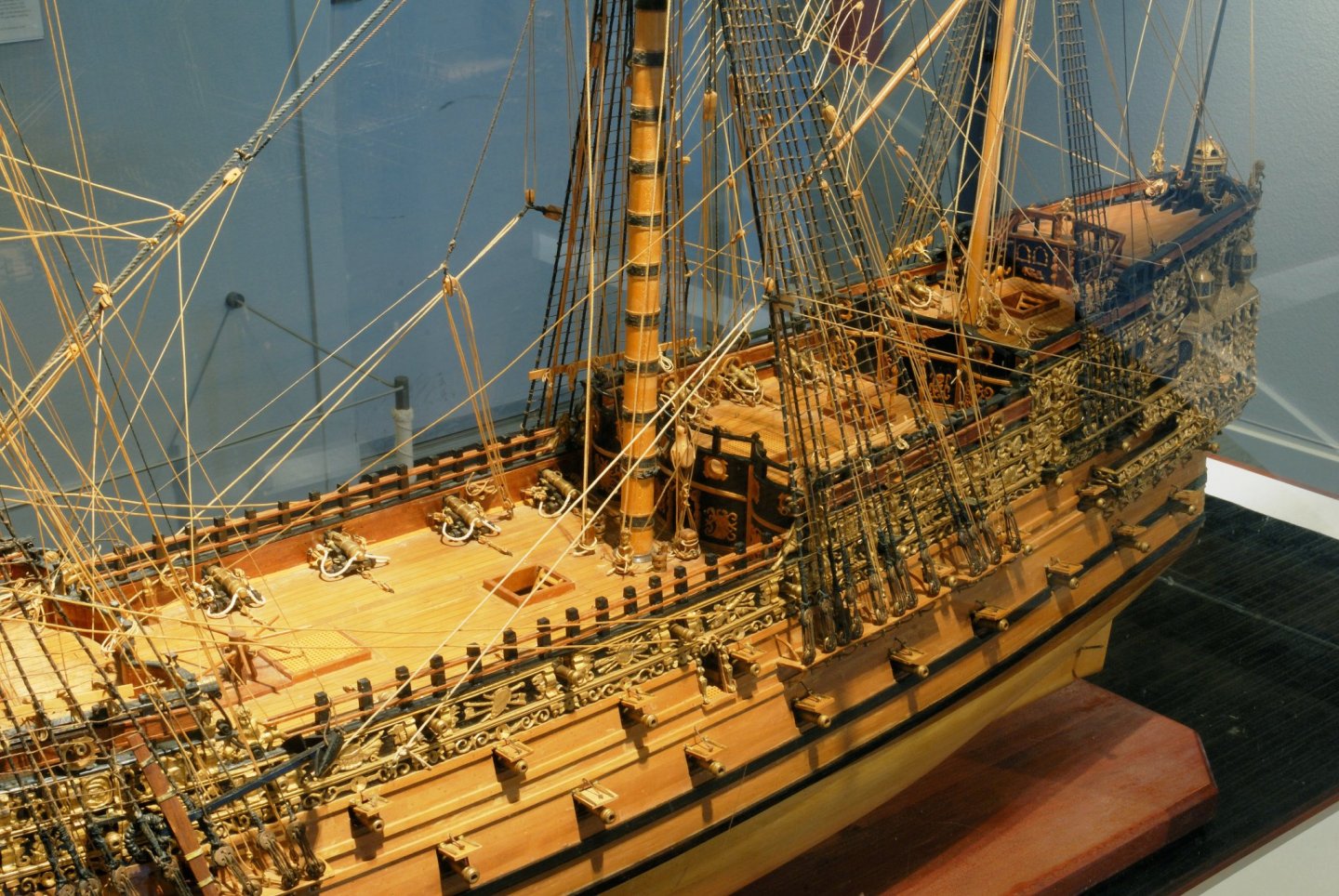
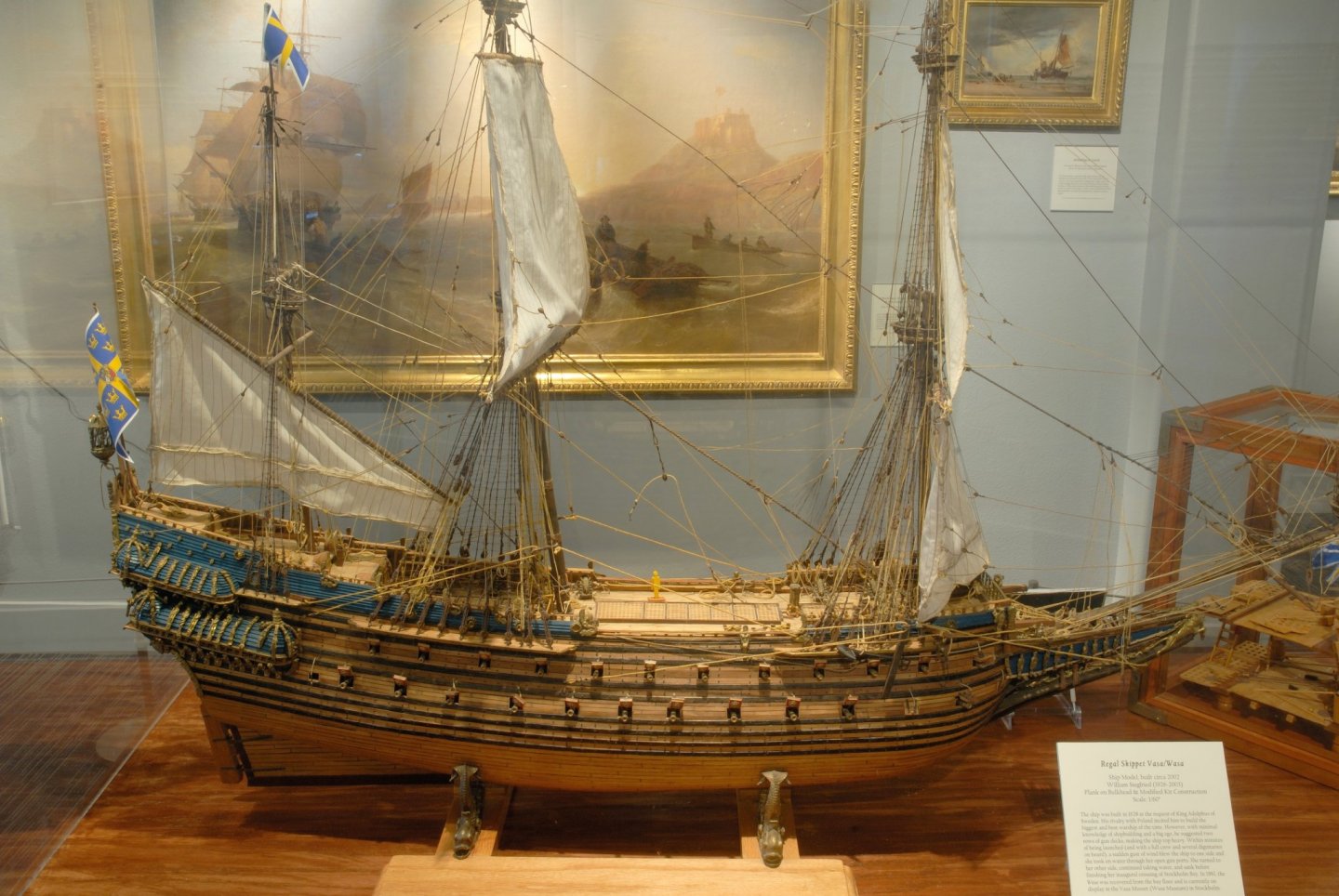
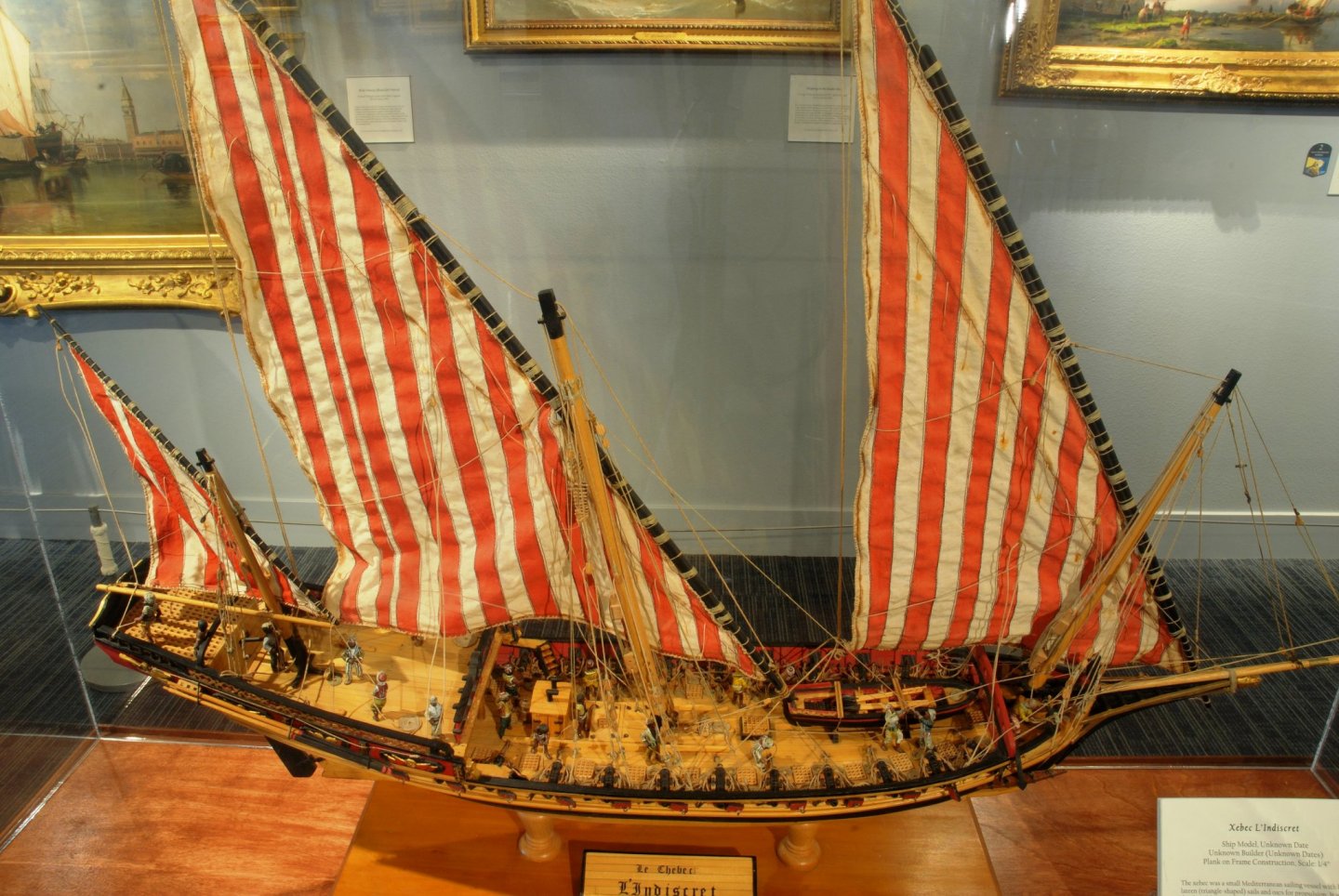
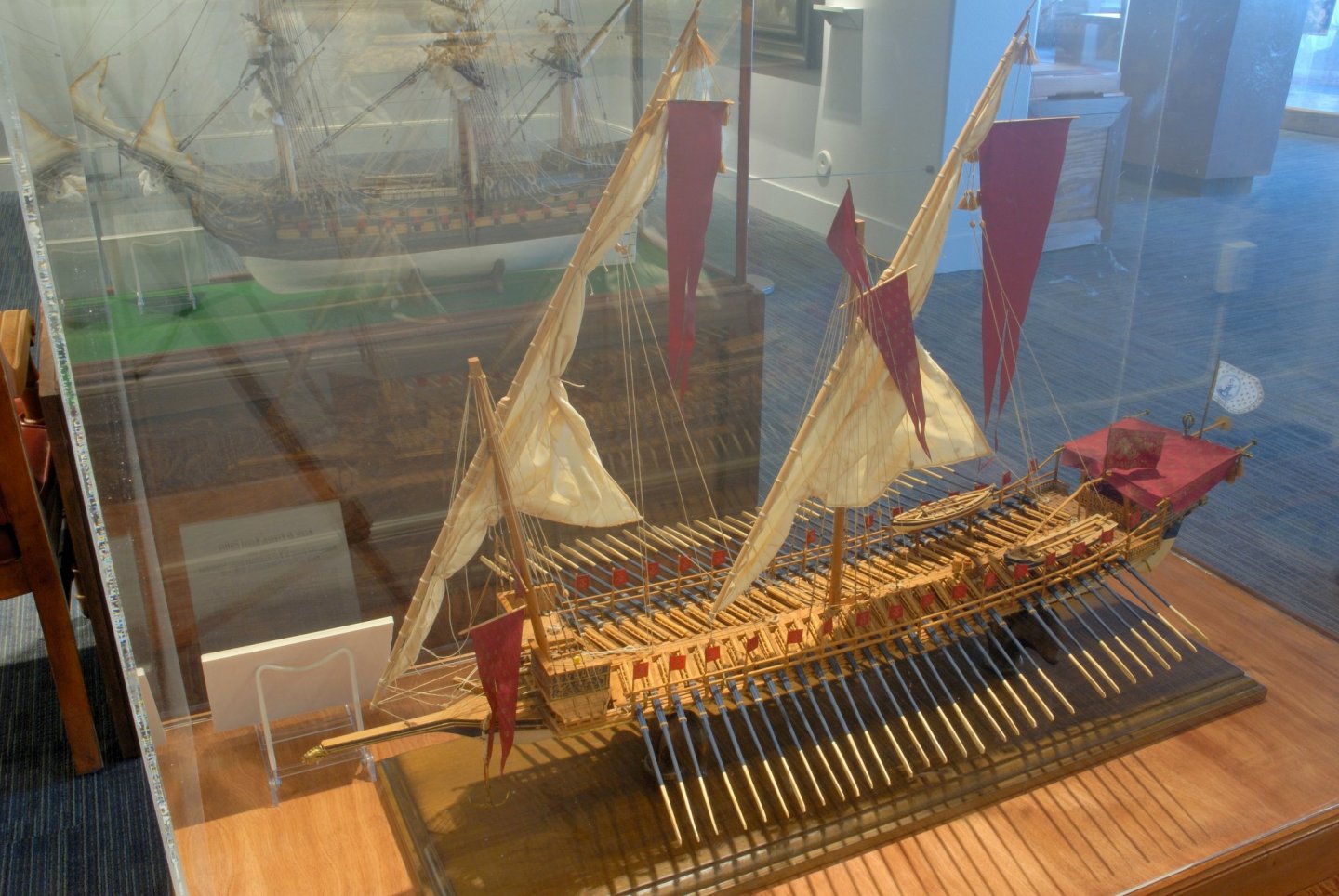
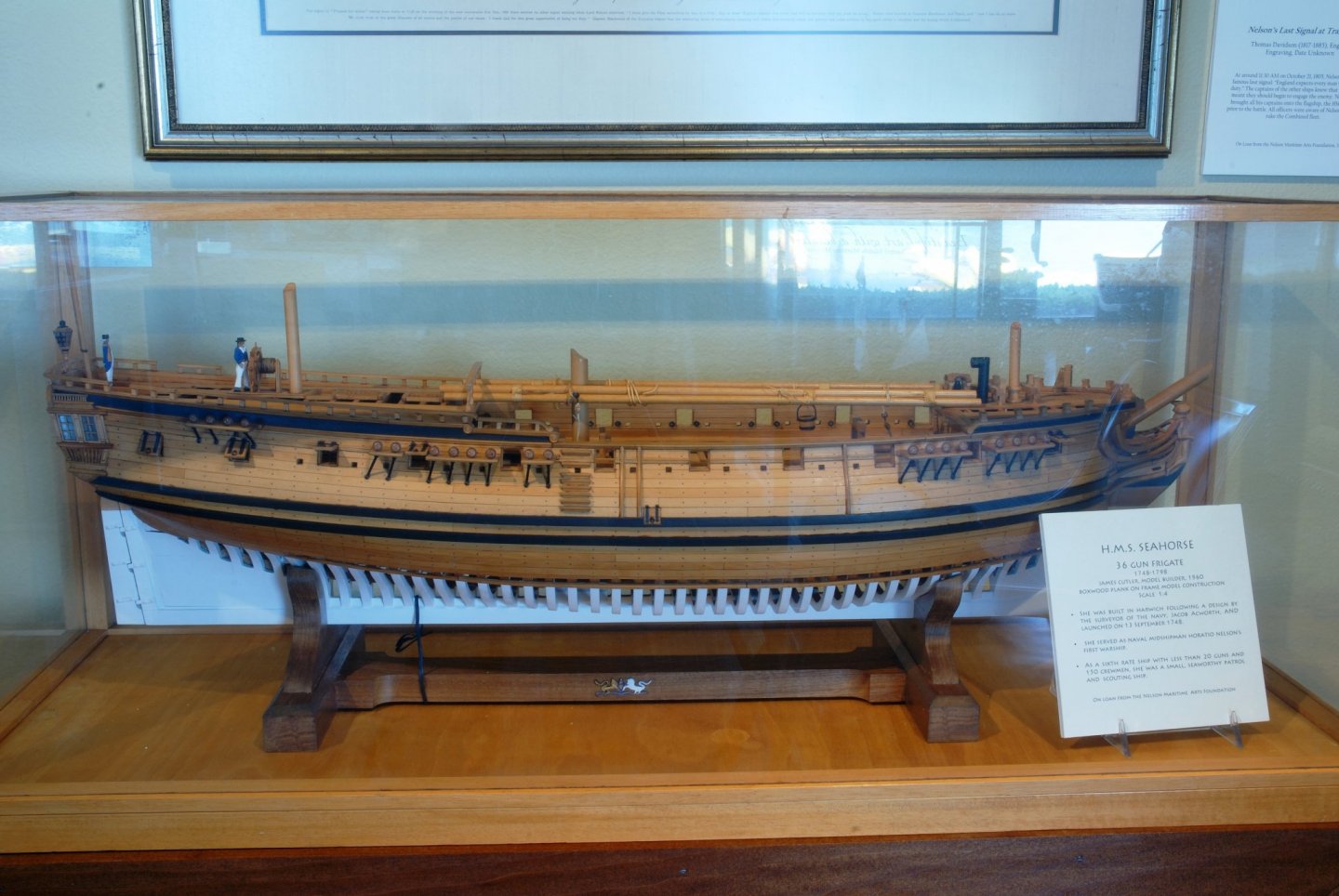
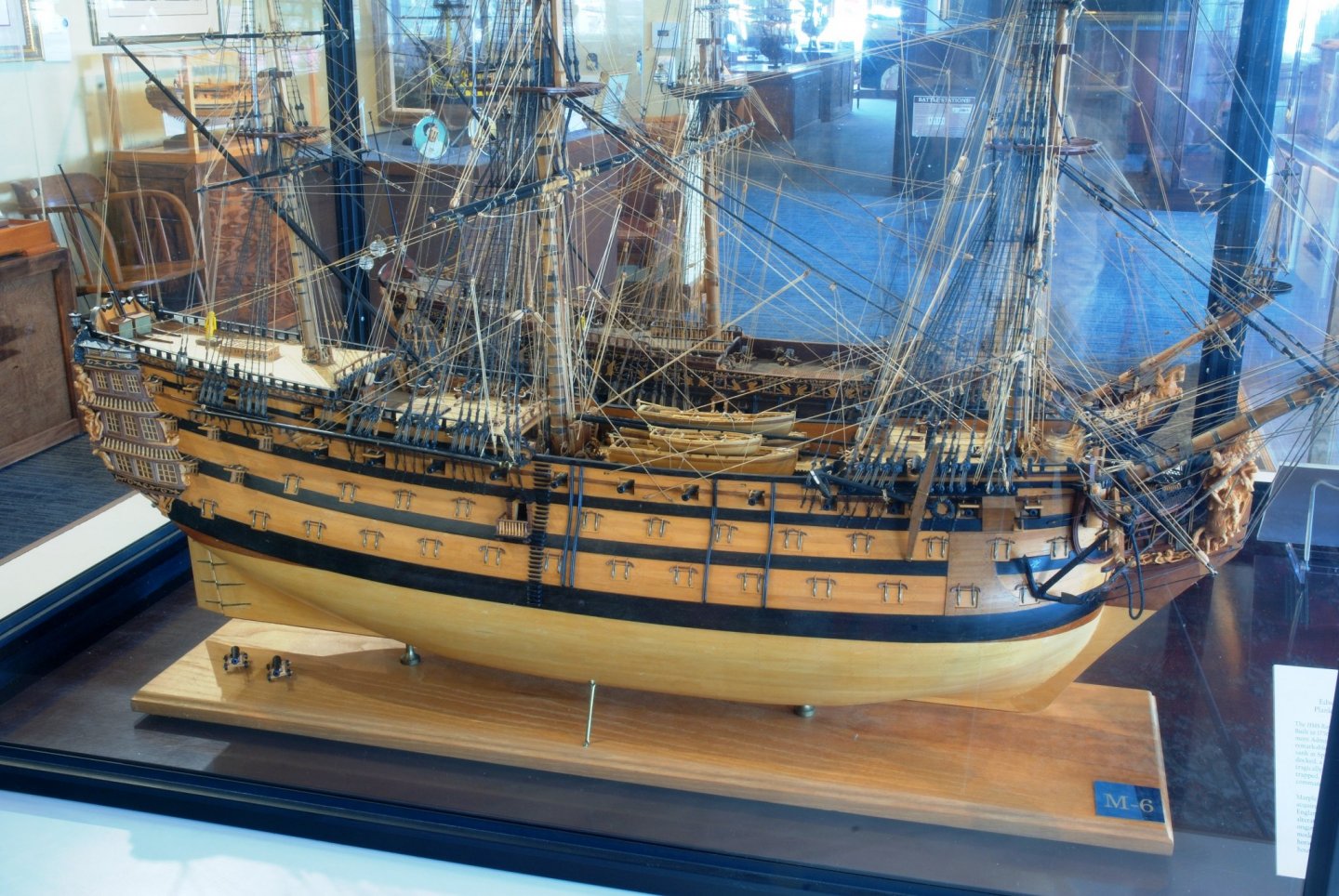
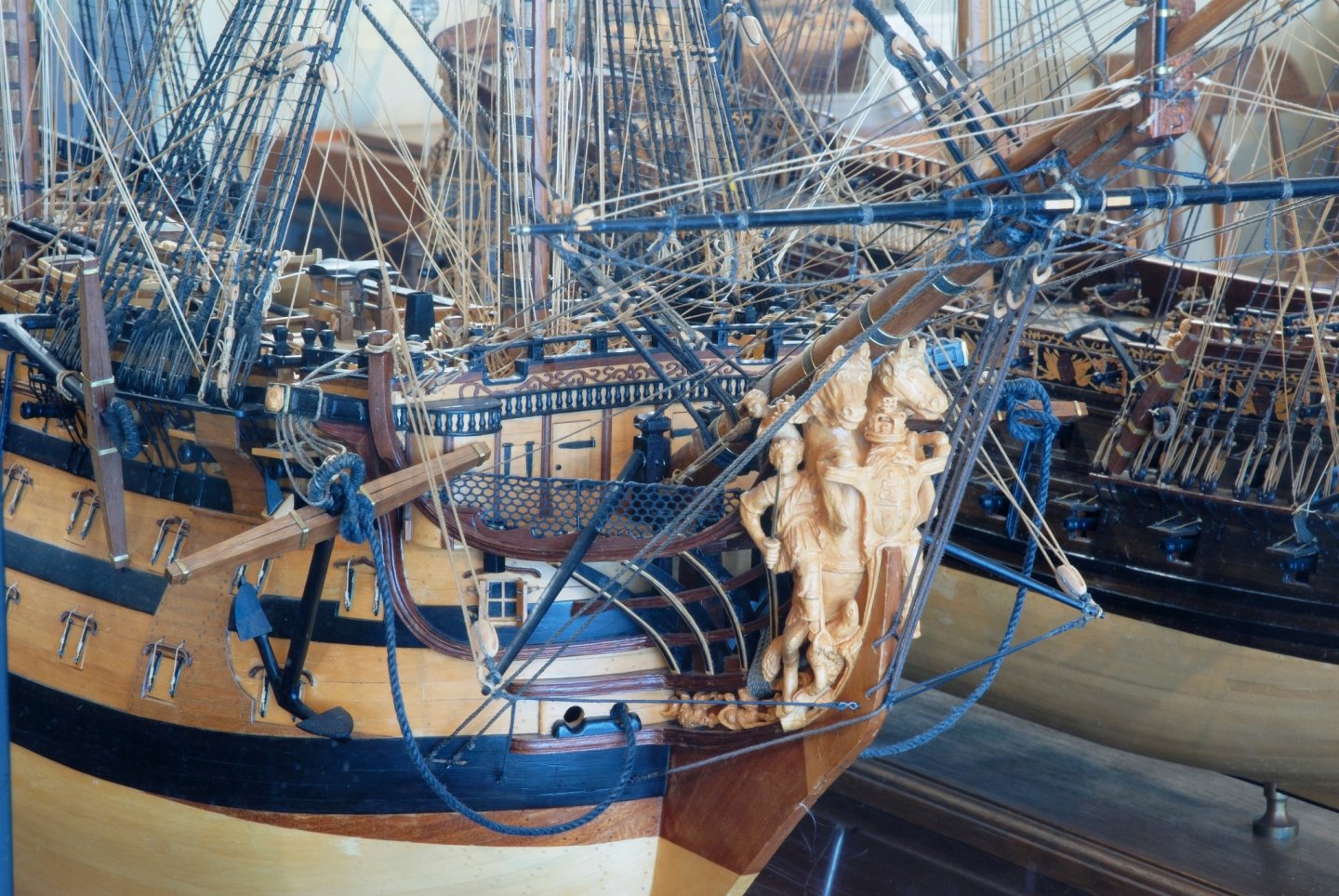
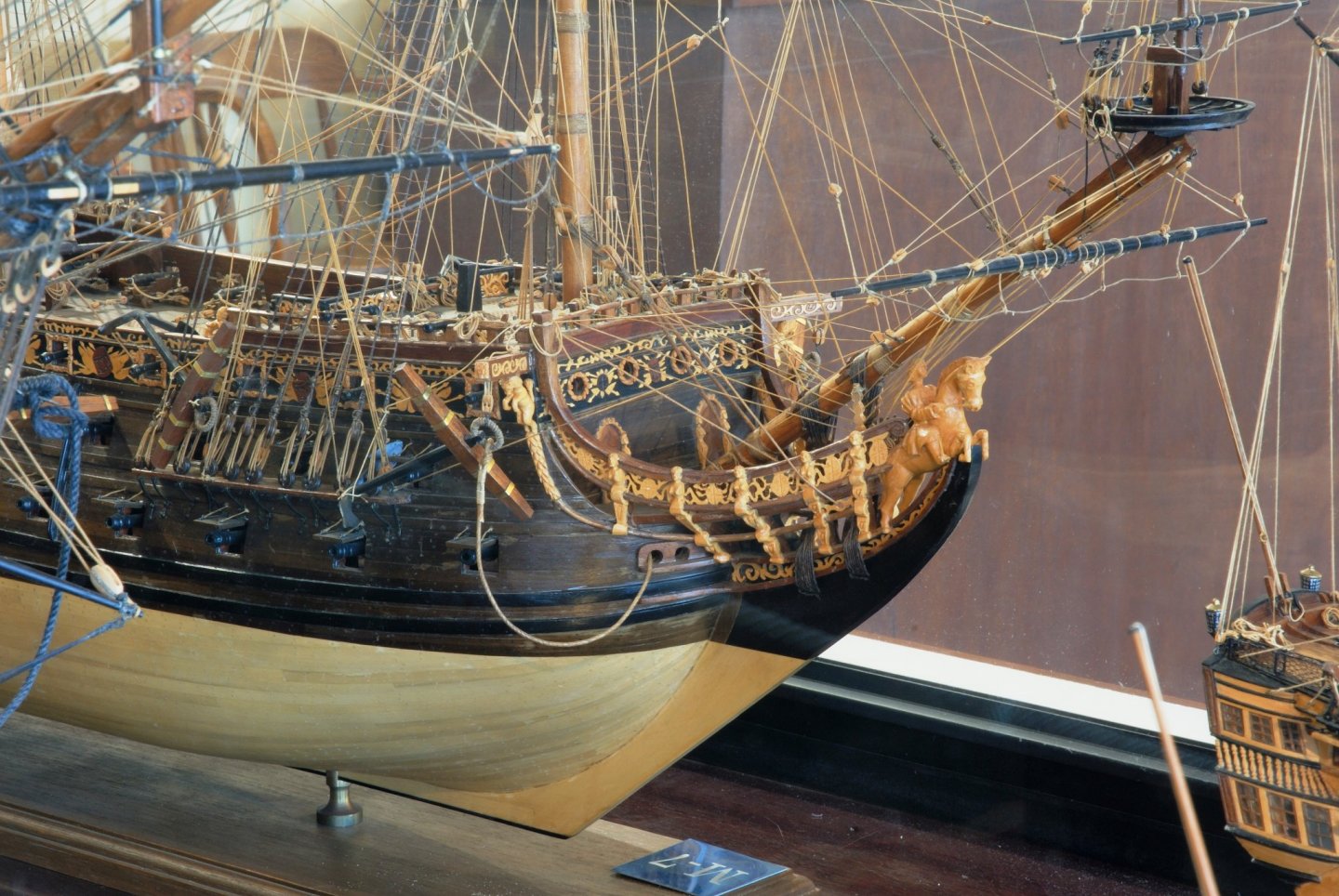
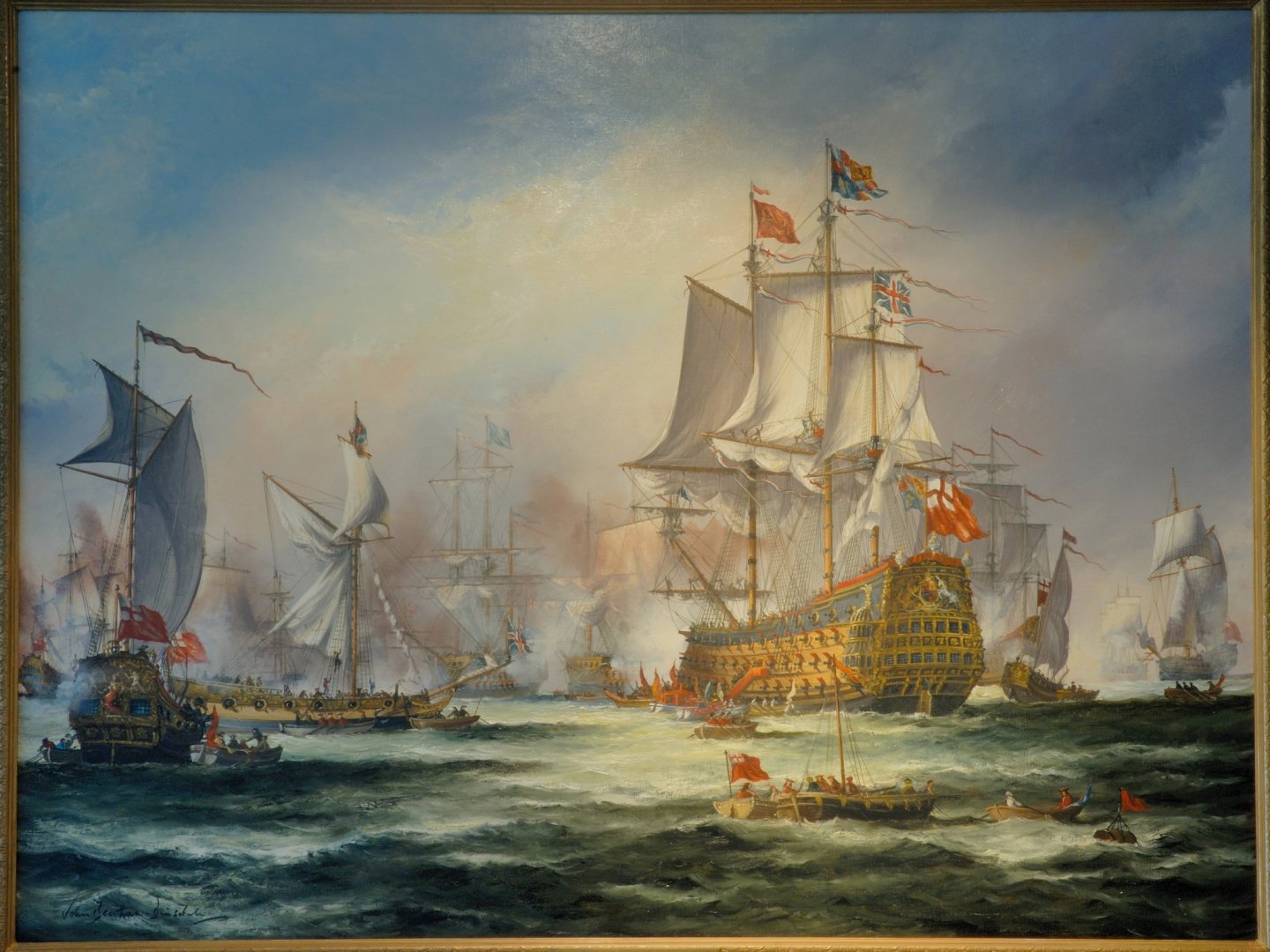
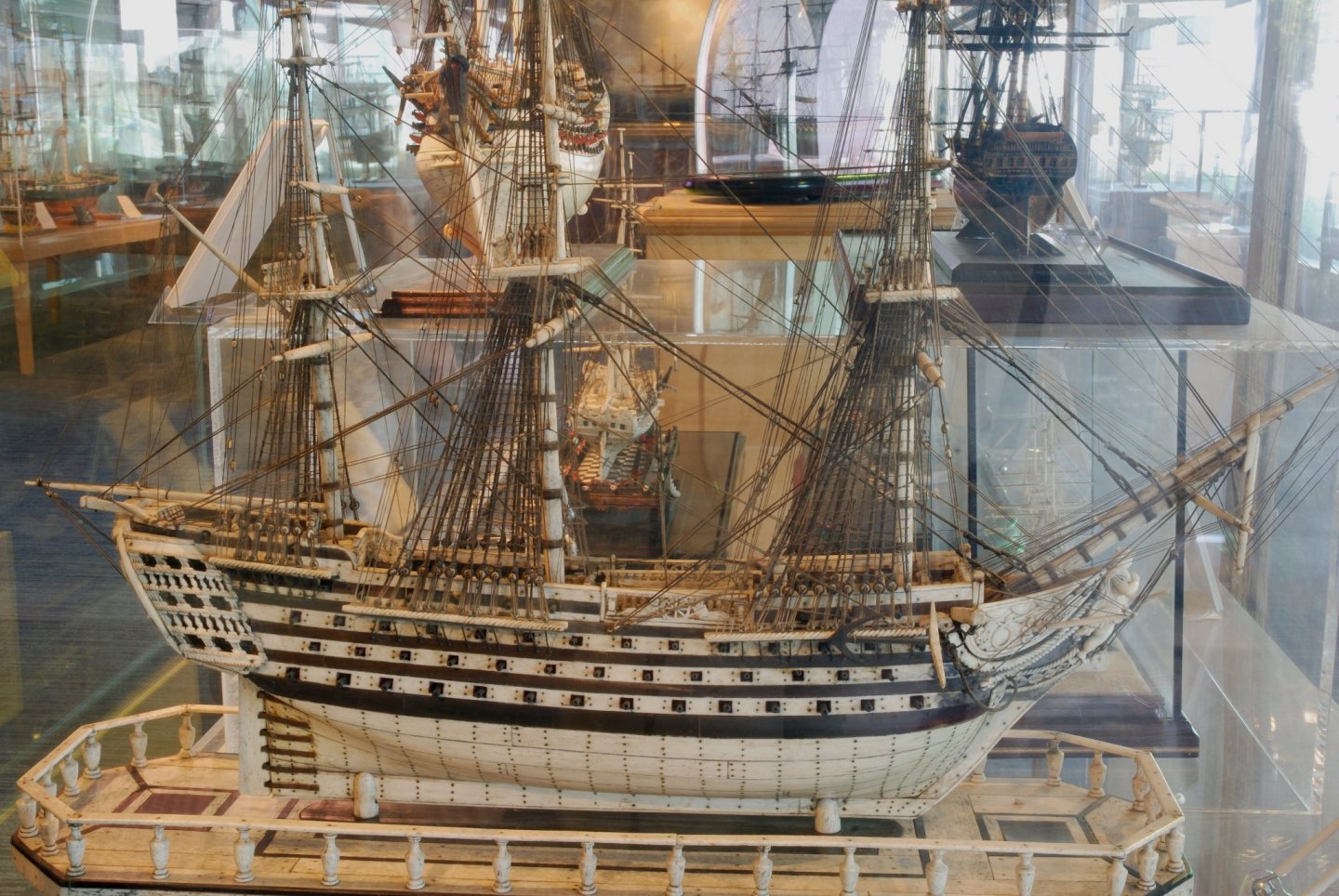
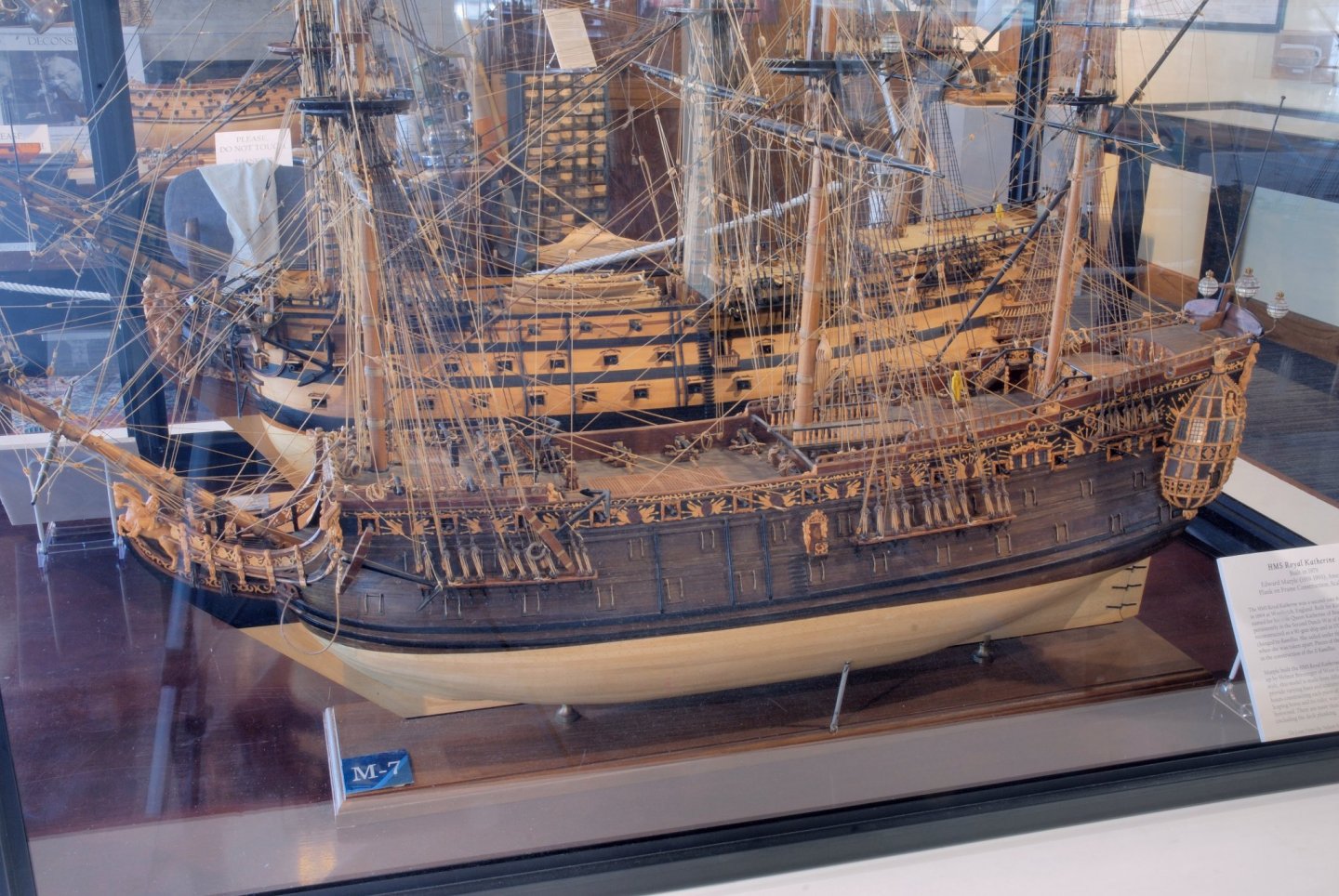
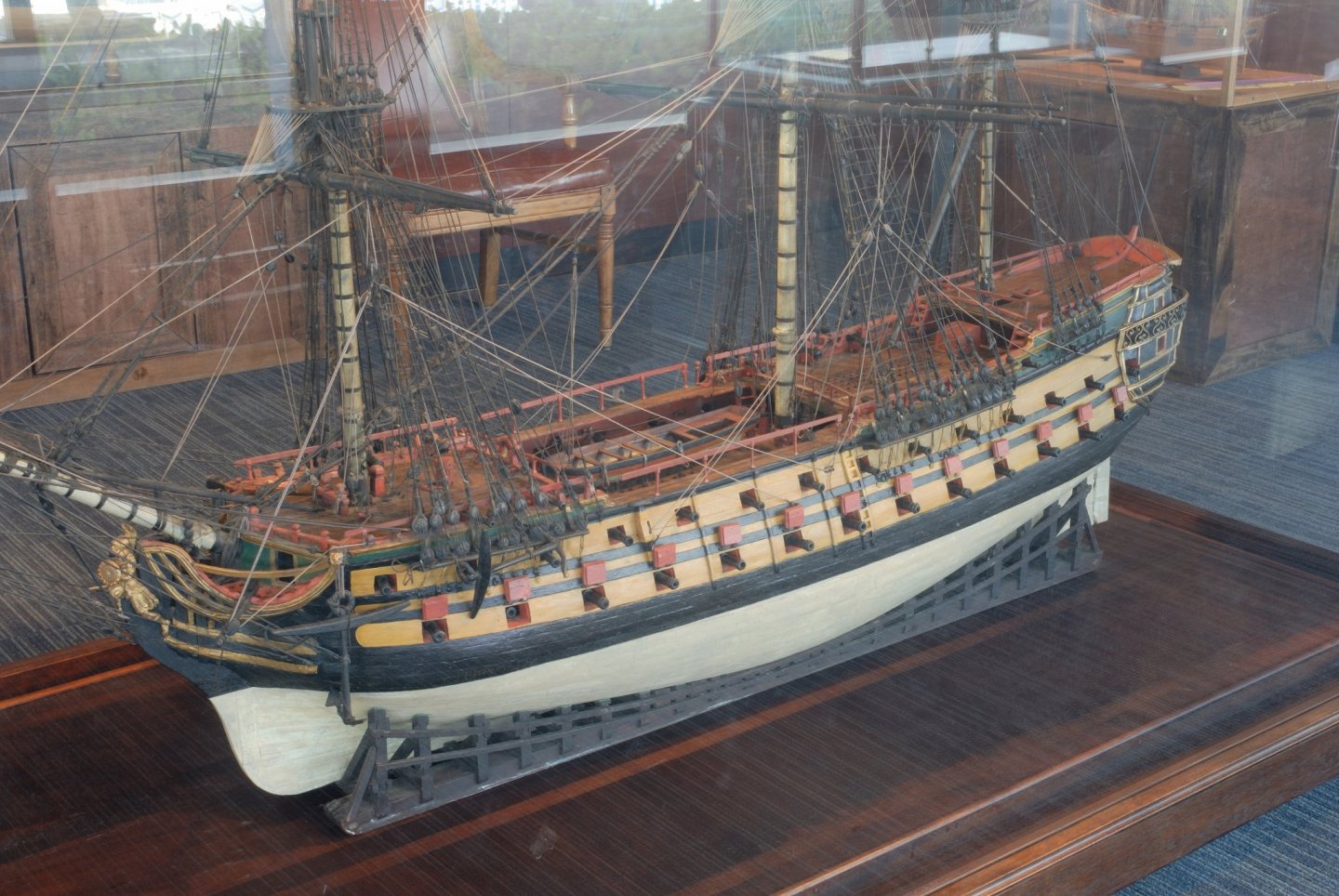
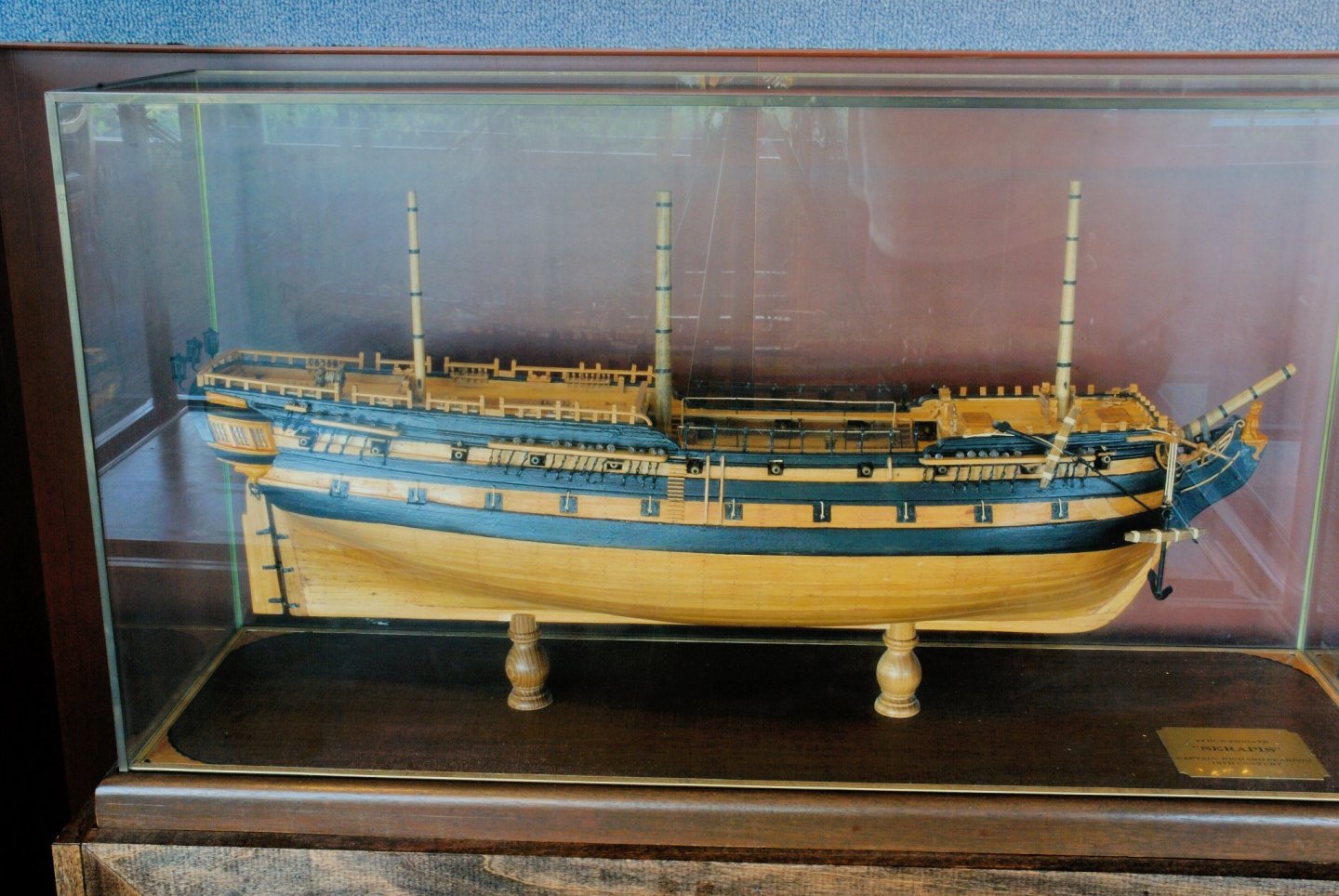
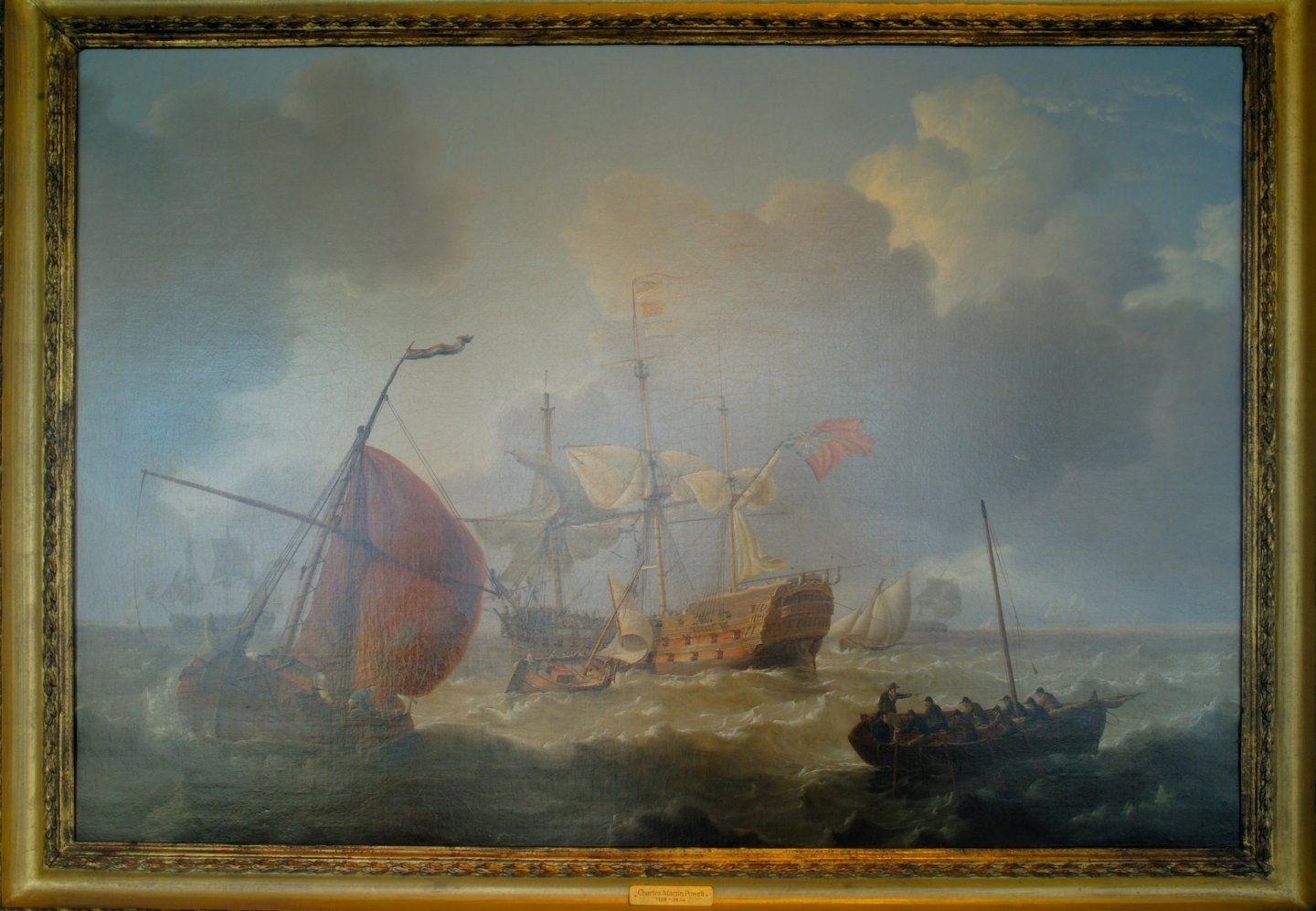
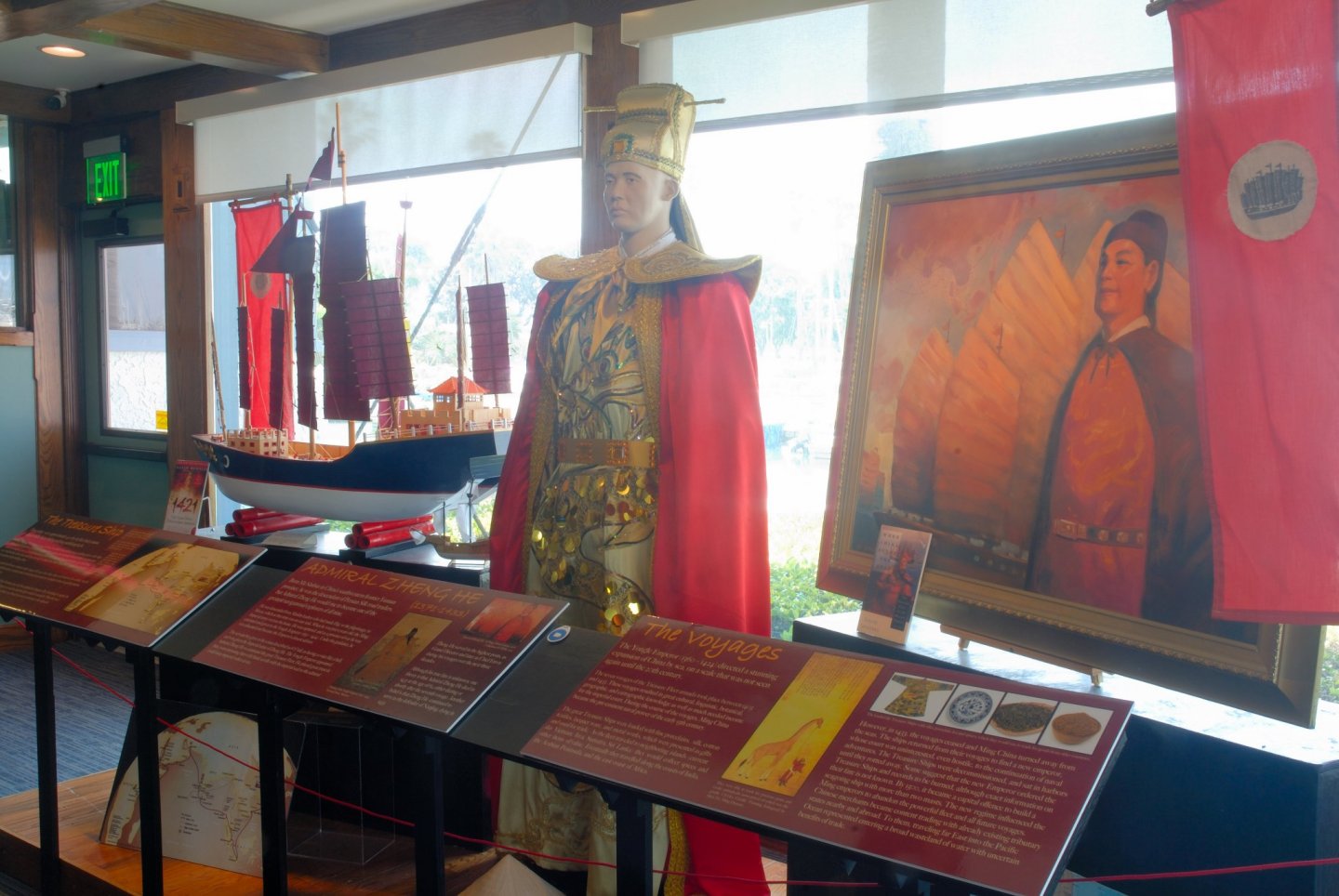


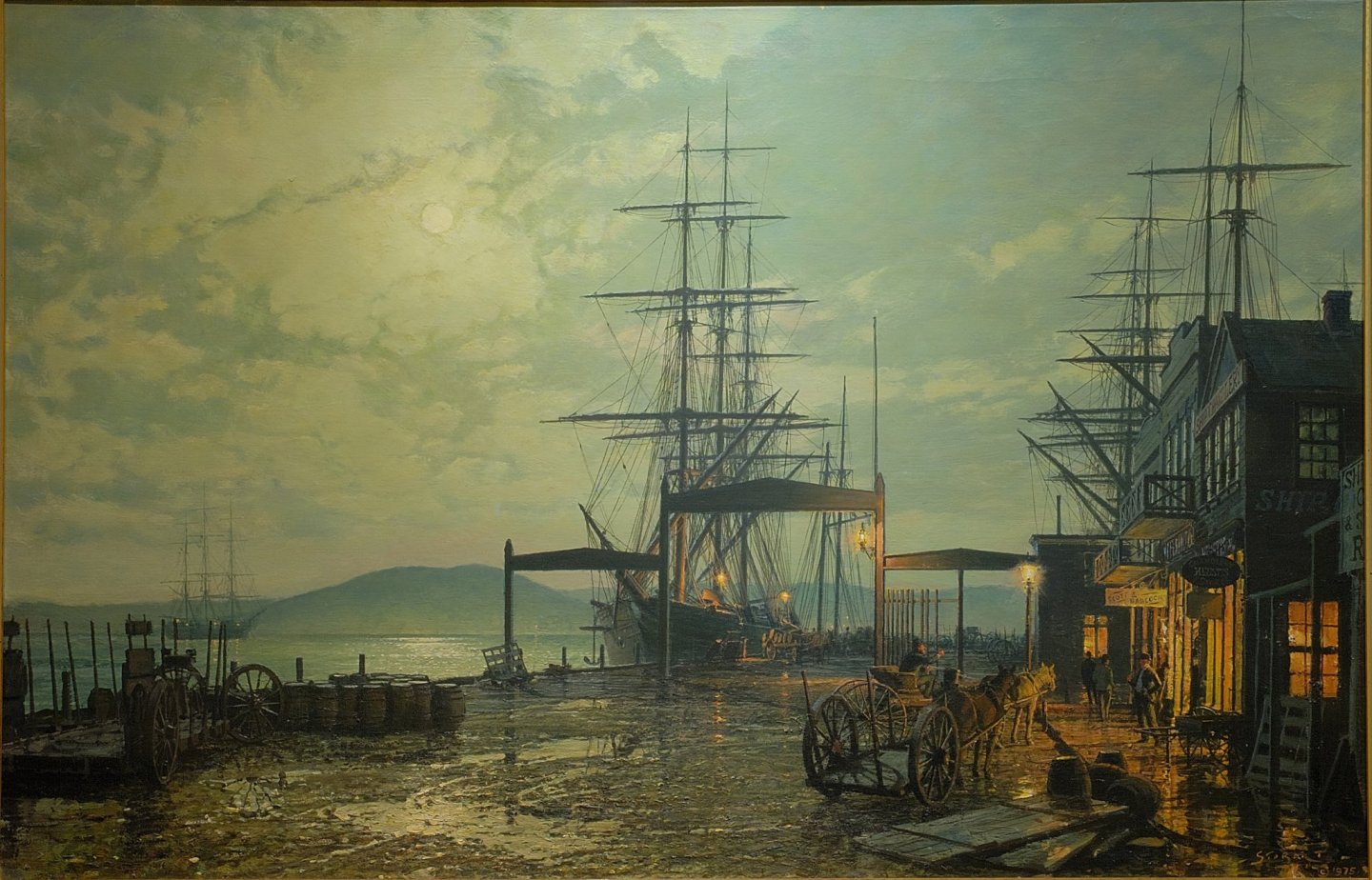
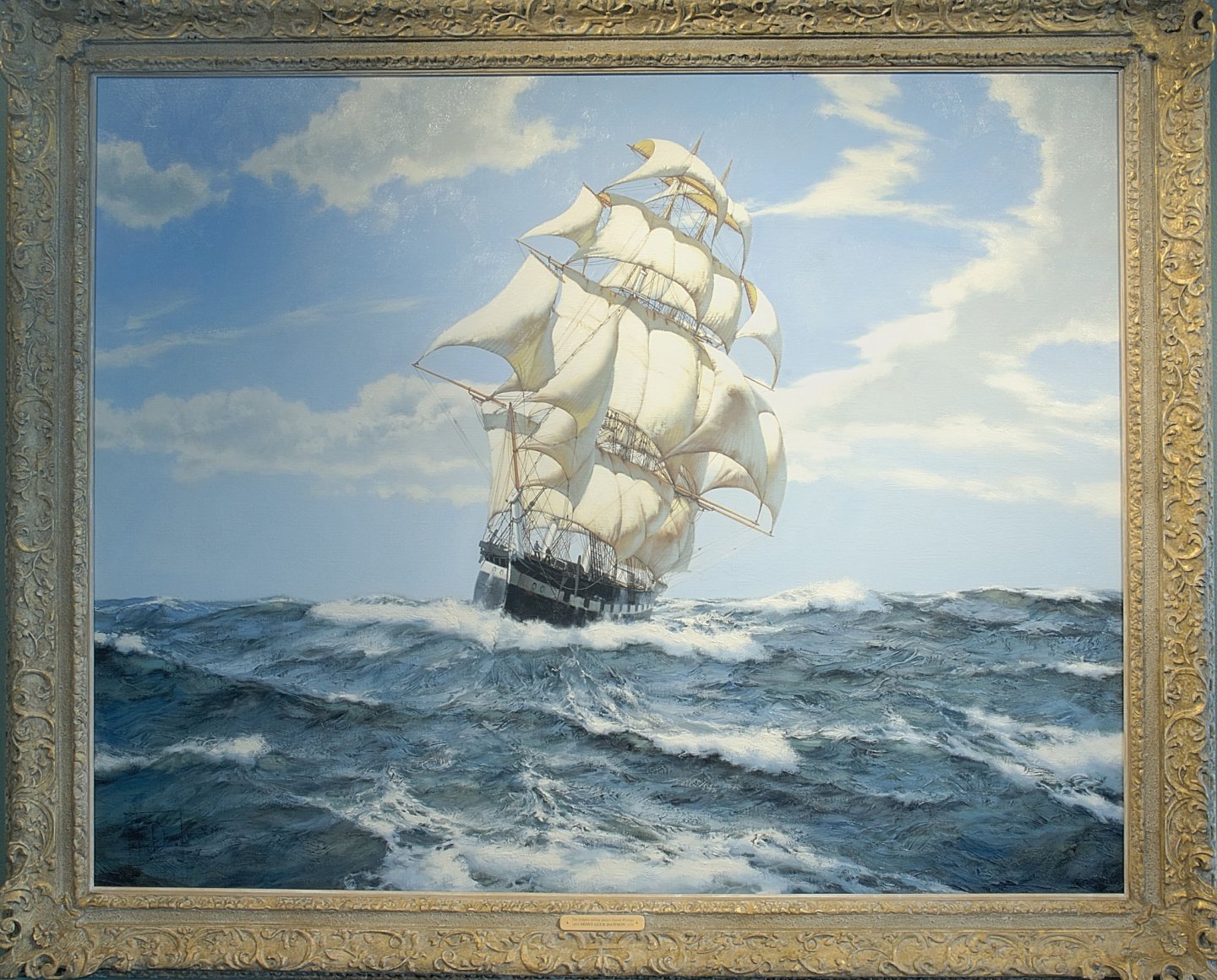
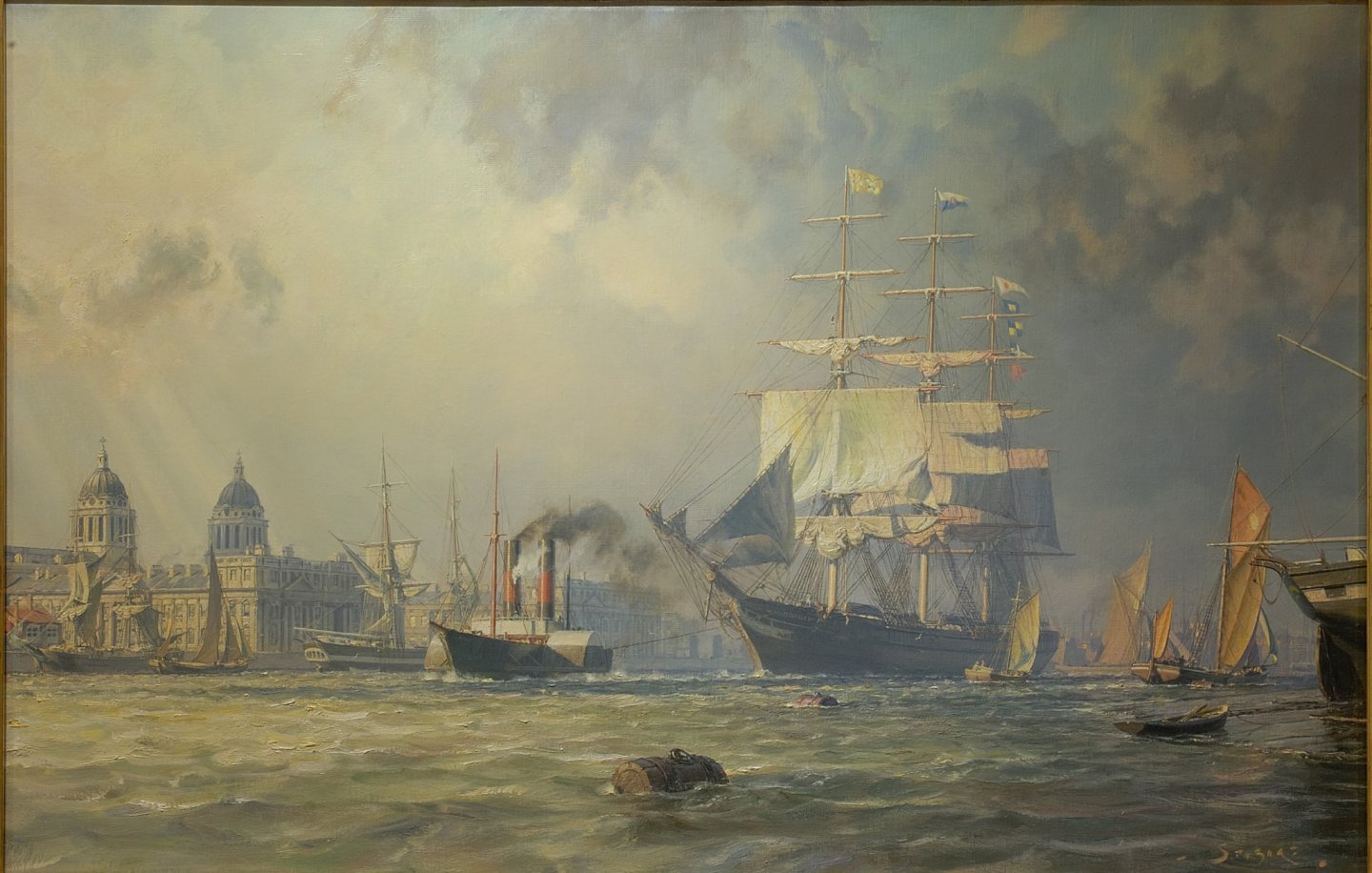
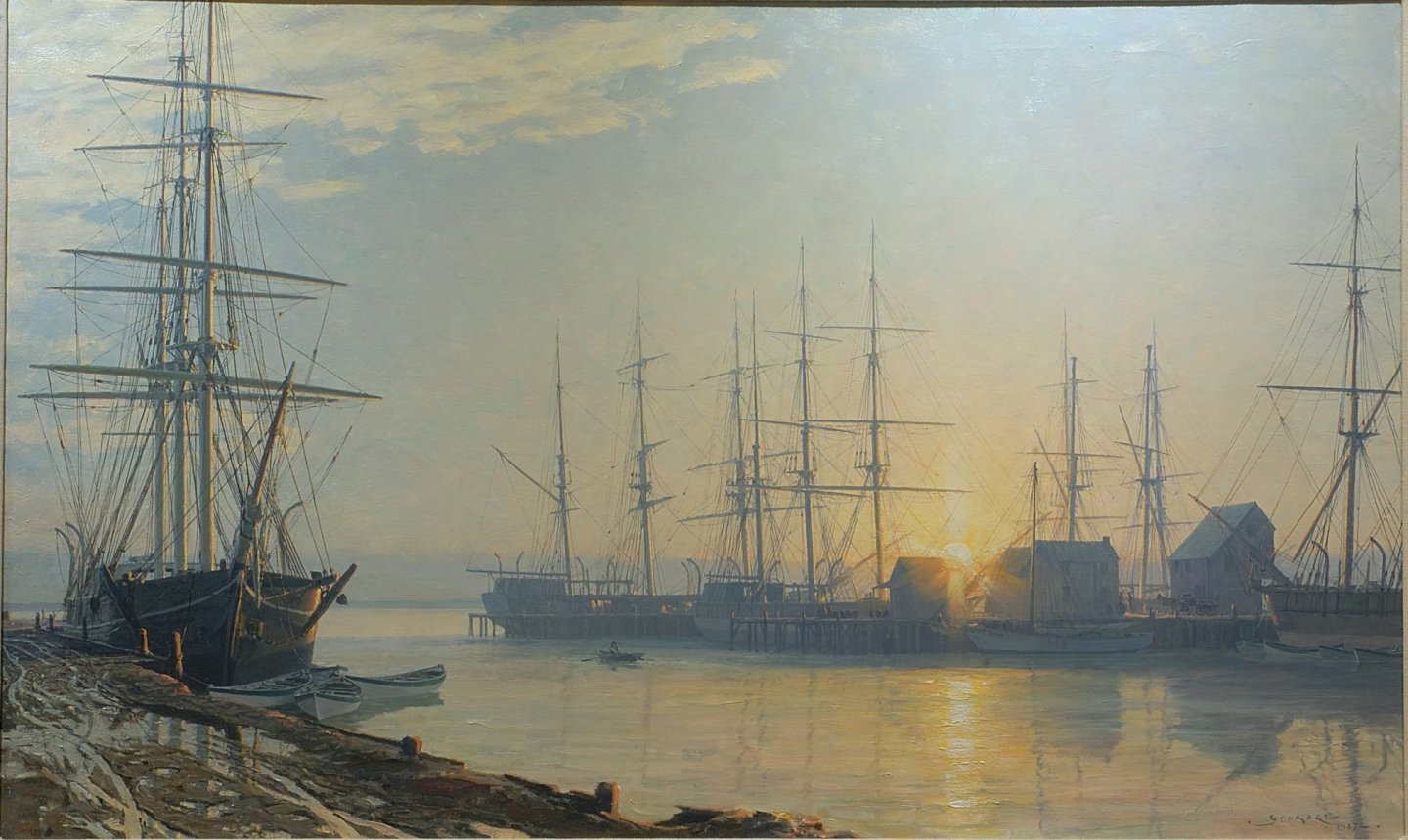
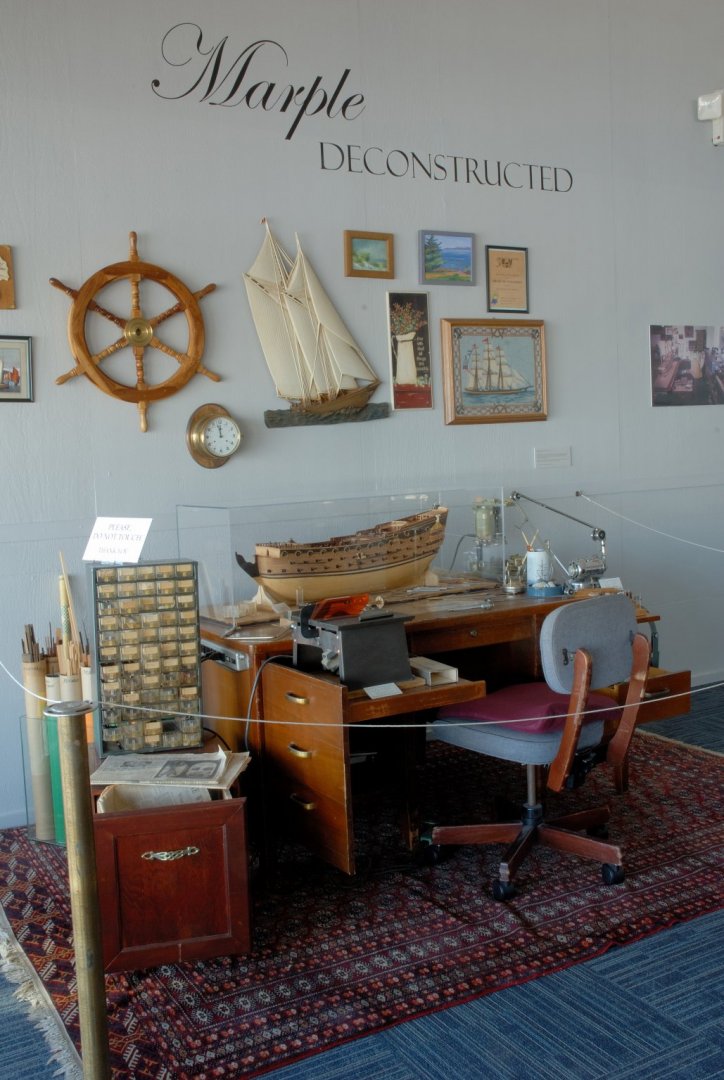

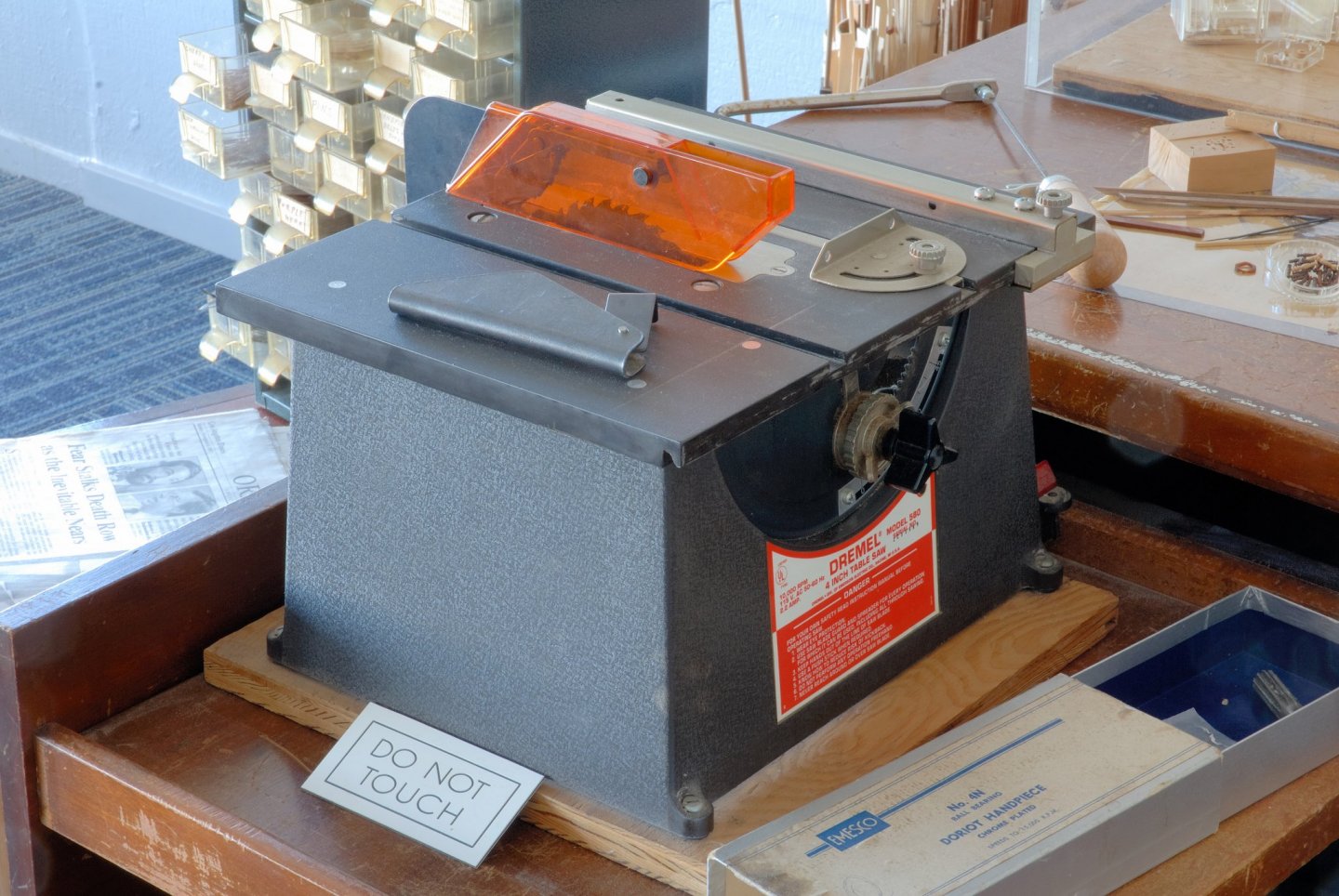
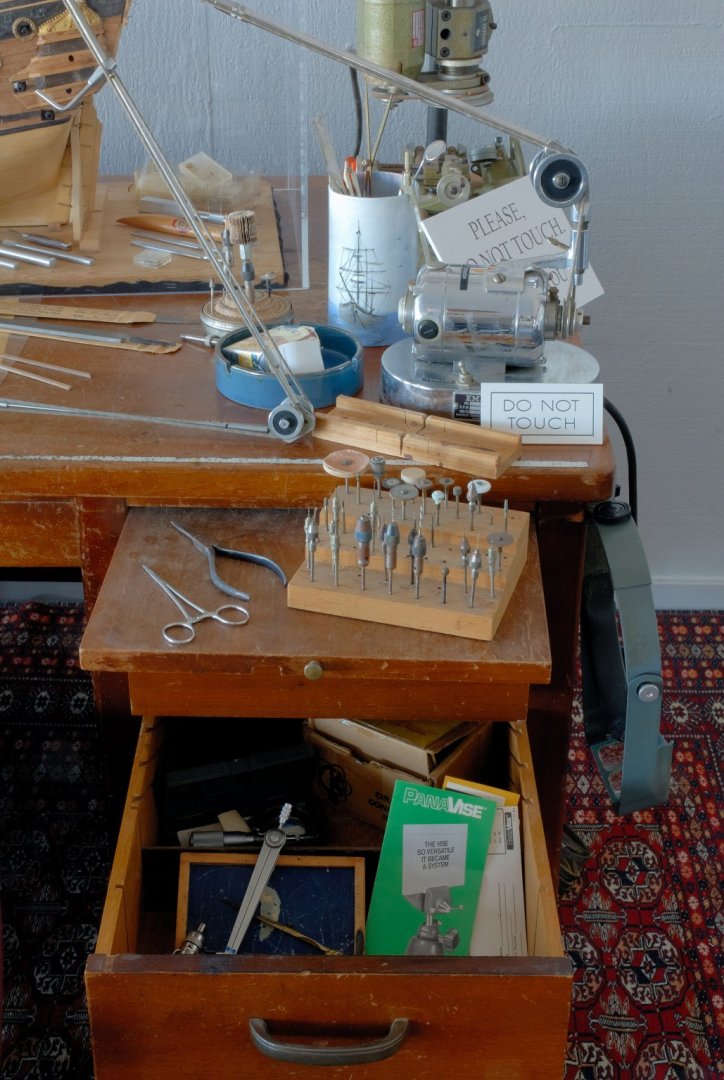
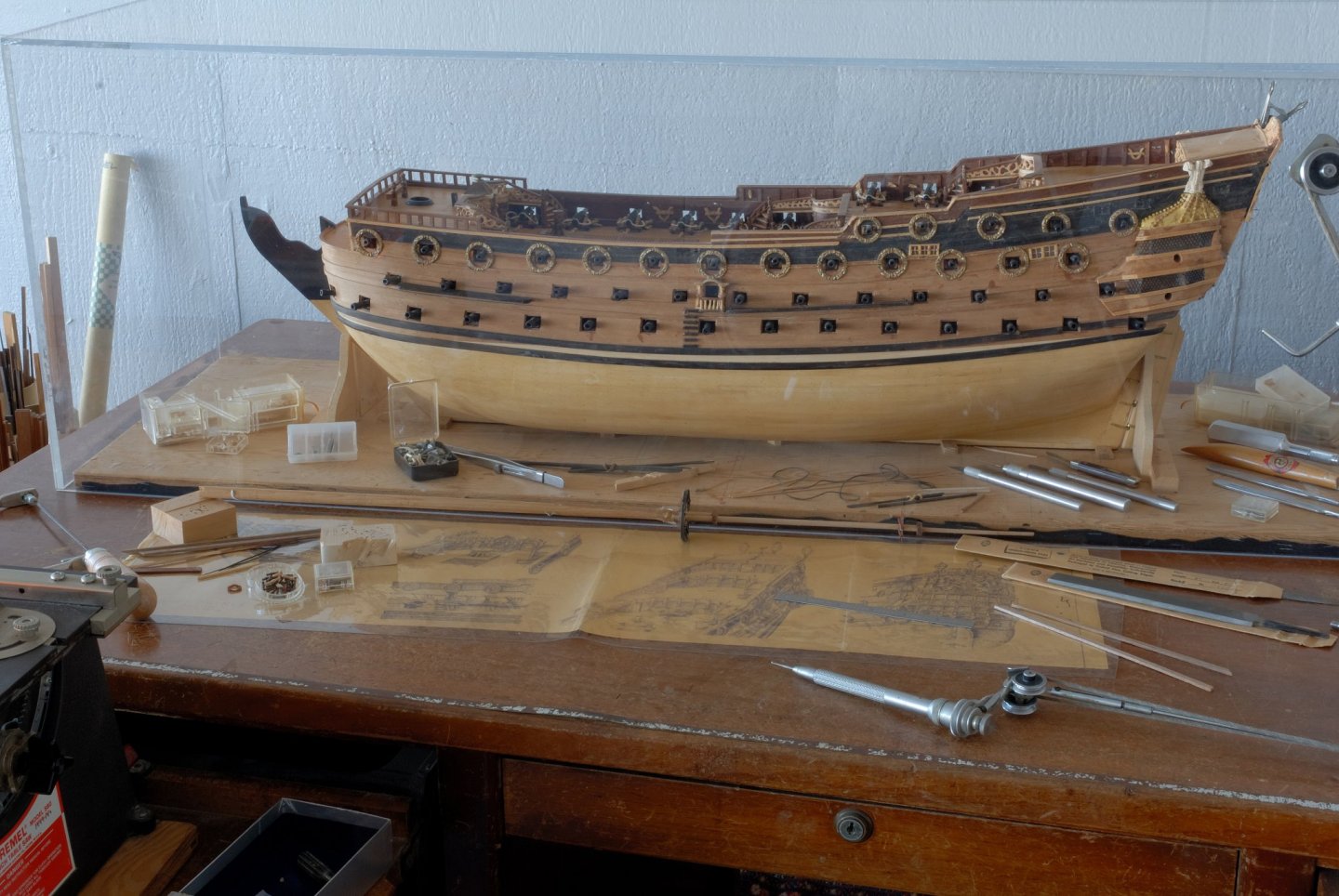
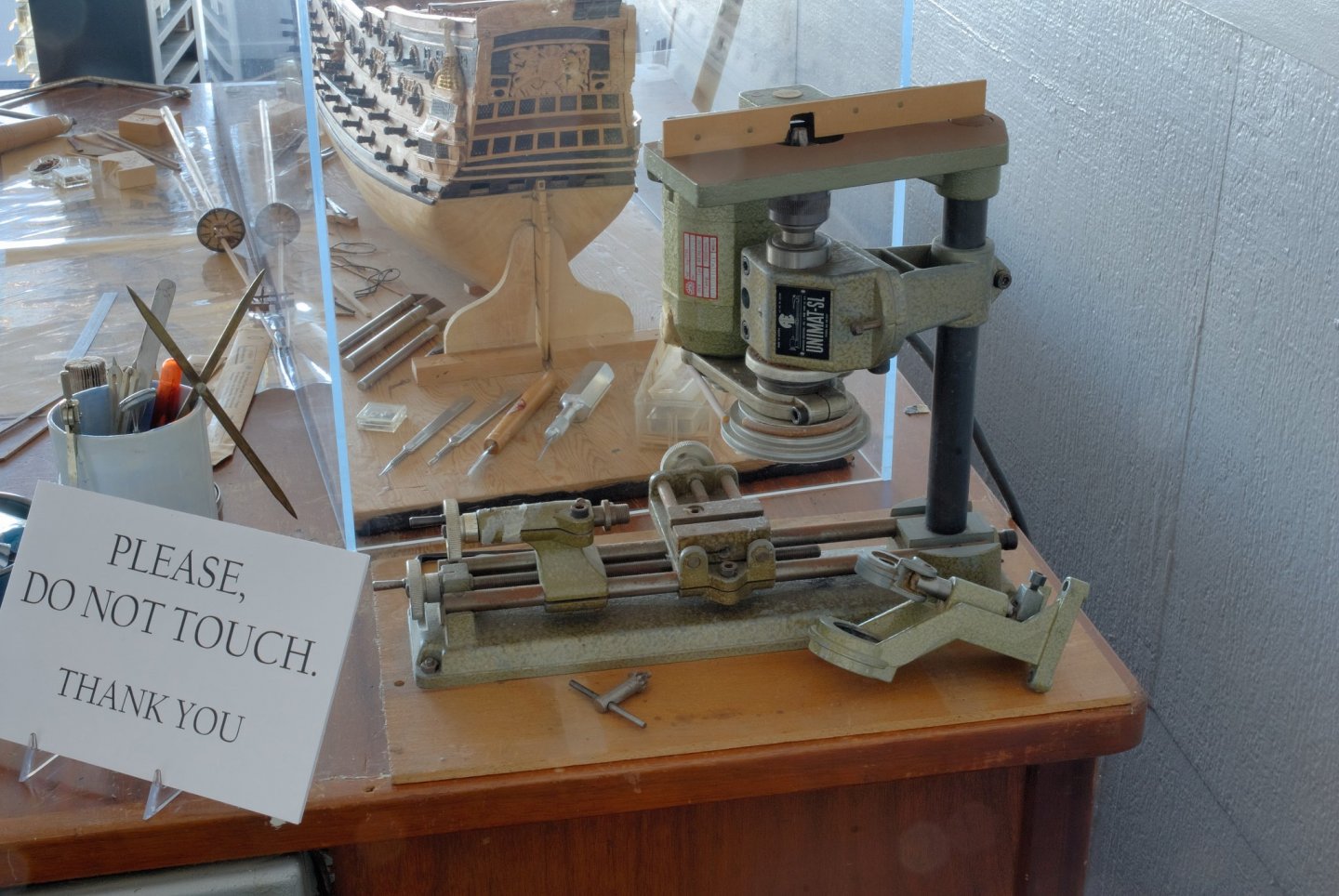
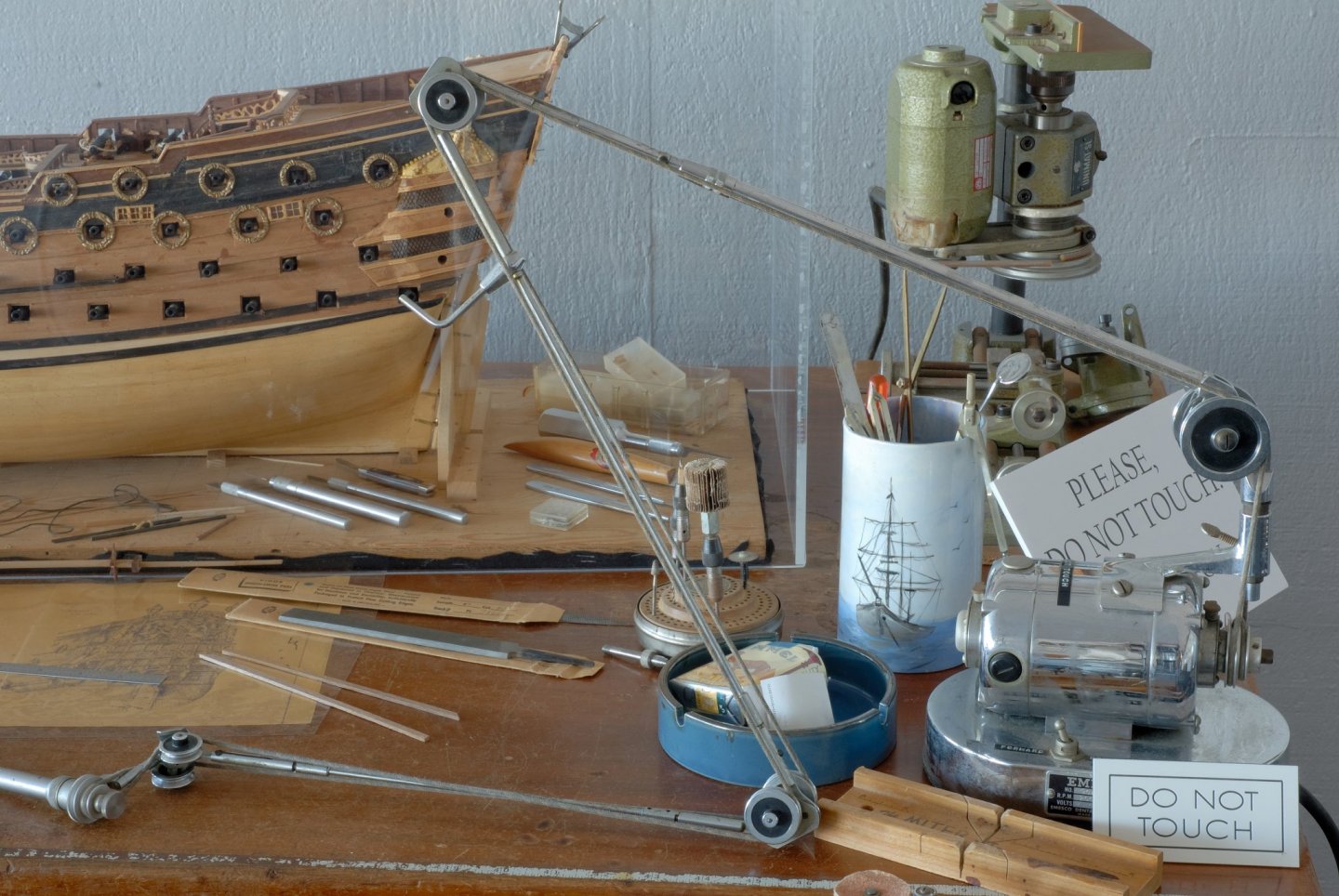
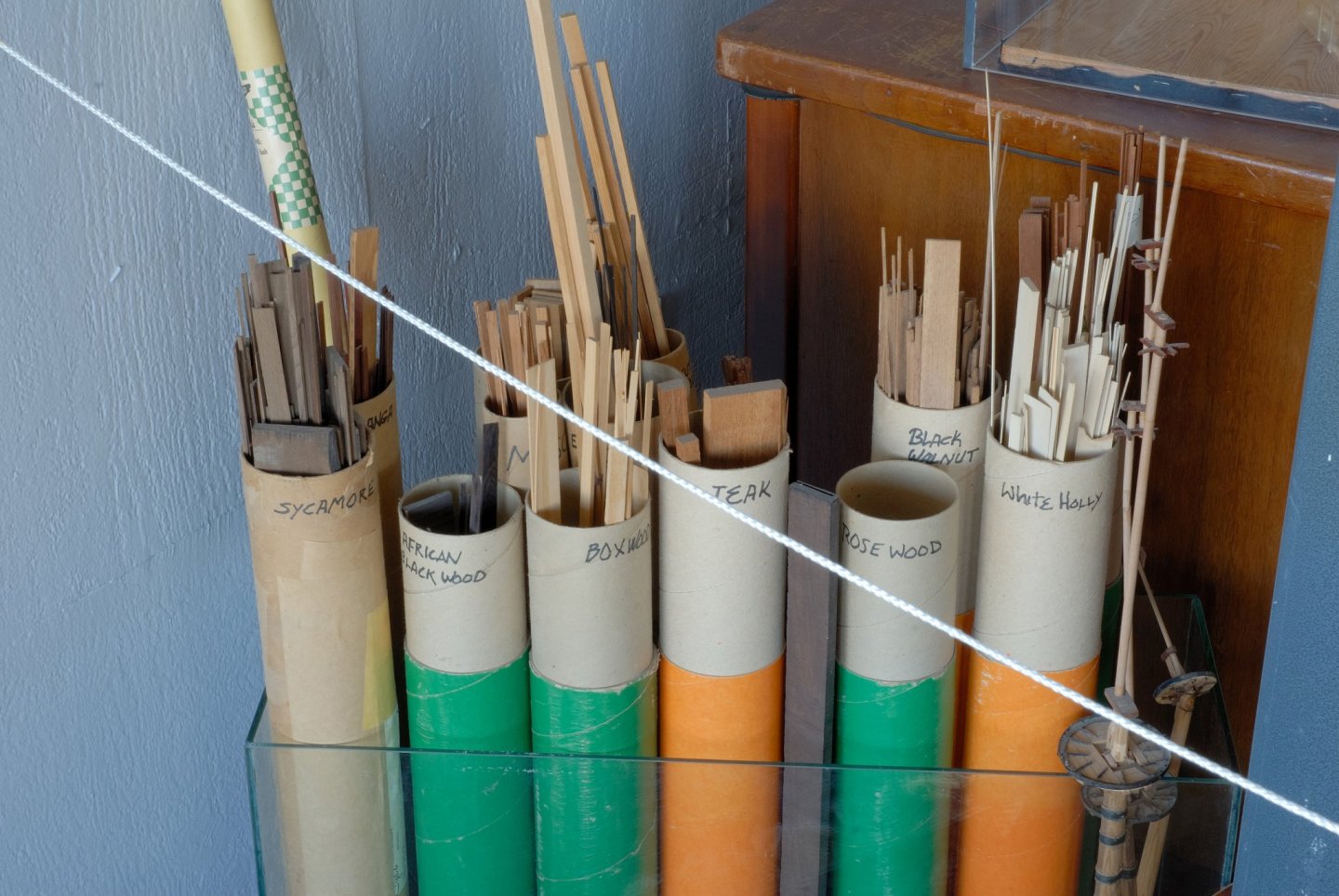
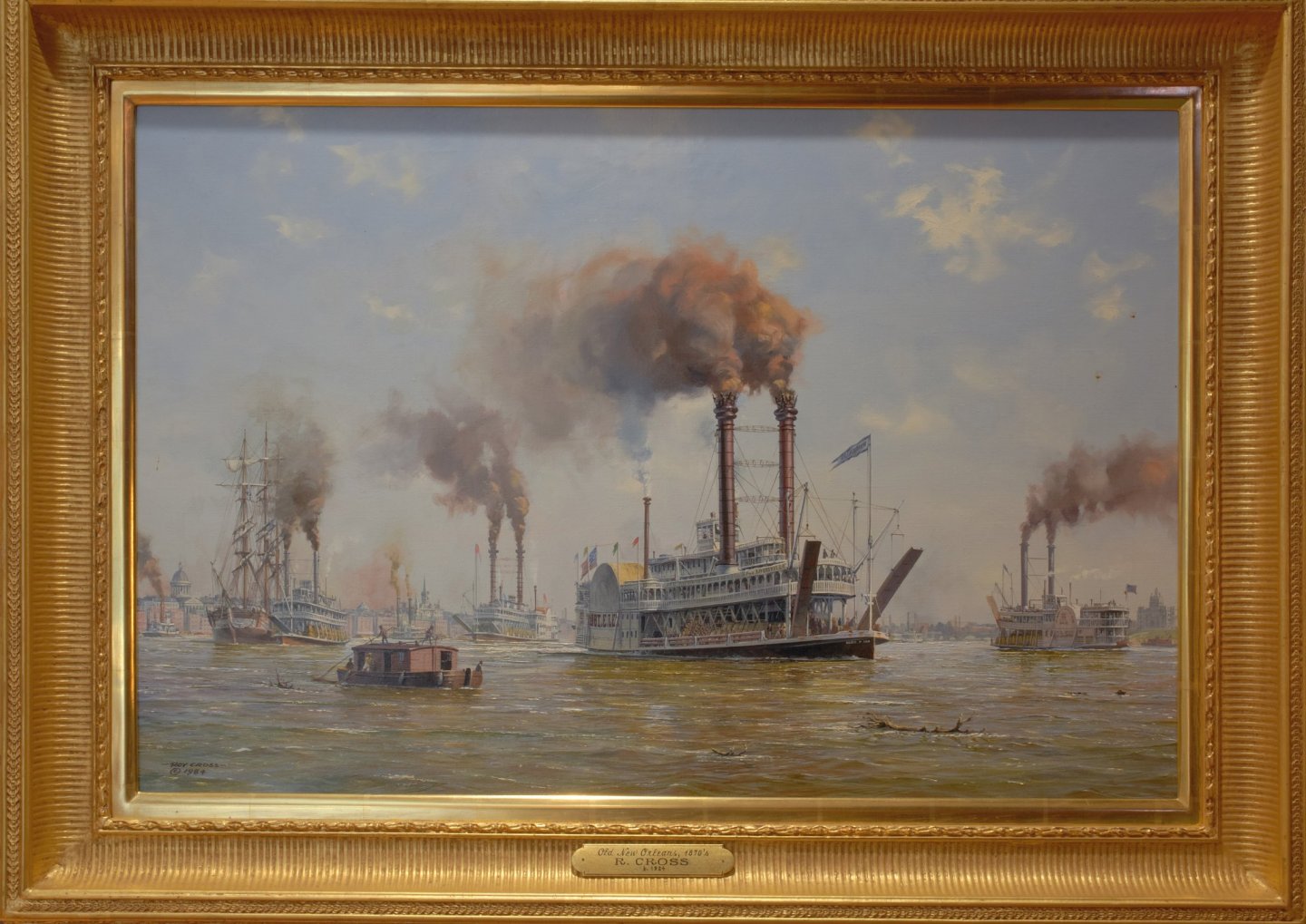
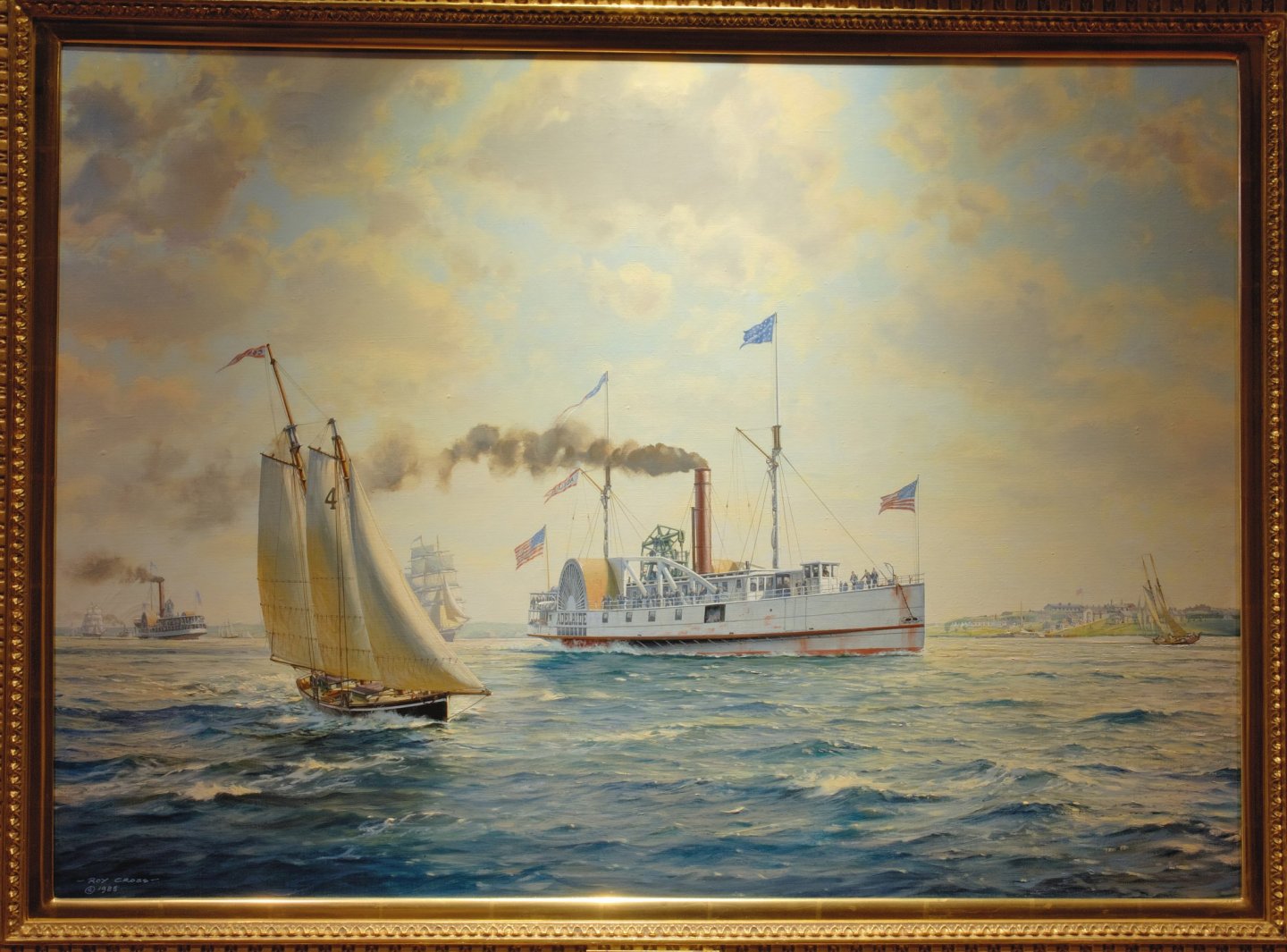
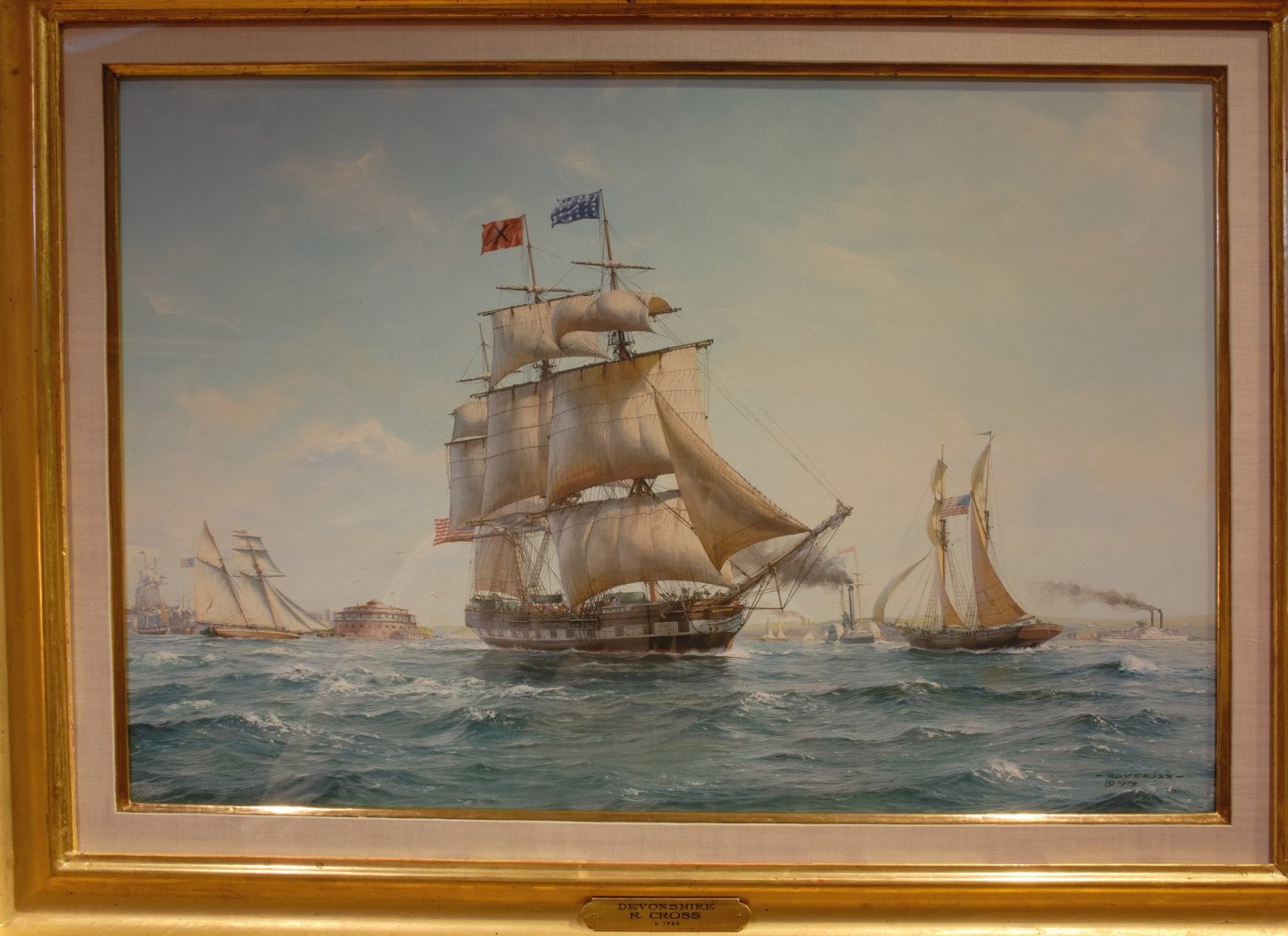
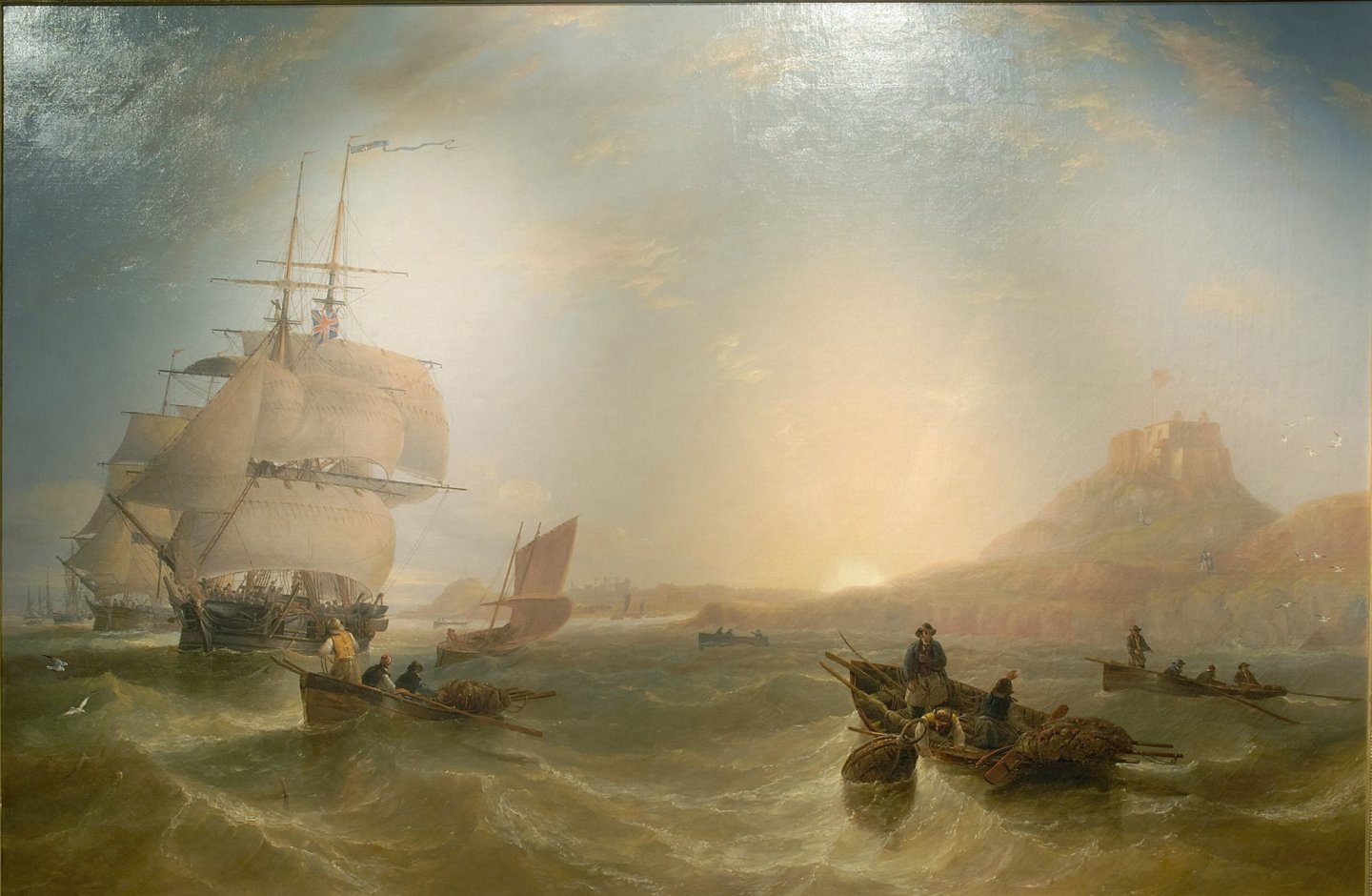
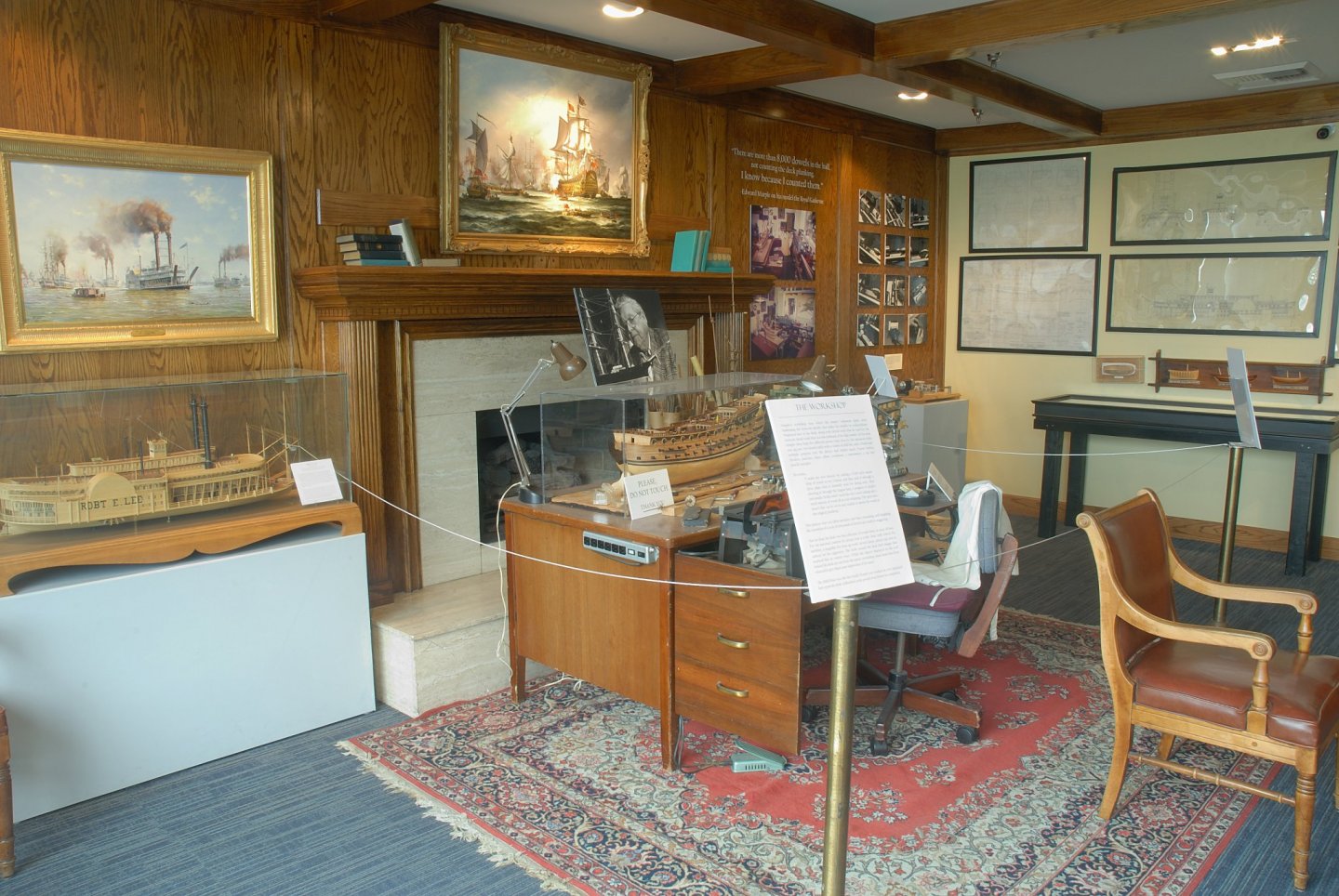
Looking for homemade or cheap solution for heating & soaking planks
in Modeling tools and Workshop Equipment
Posted · Edited by Dziadeczek
Check out this link :
Anyone using electric plank bender? - Modeling tools and Workshop Equipment - Model Ship World™